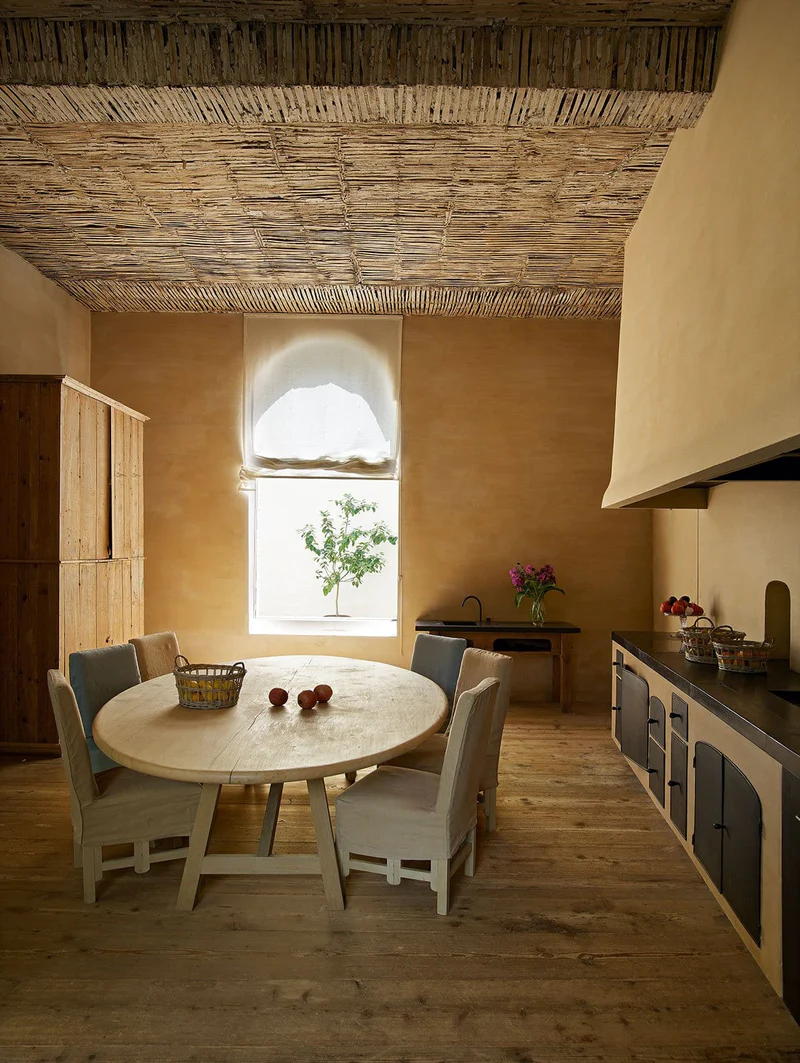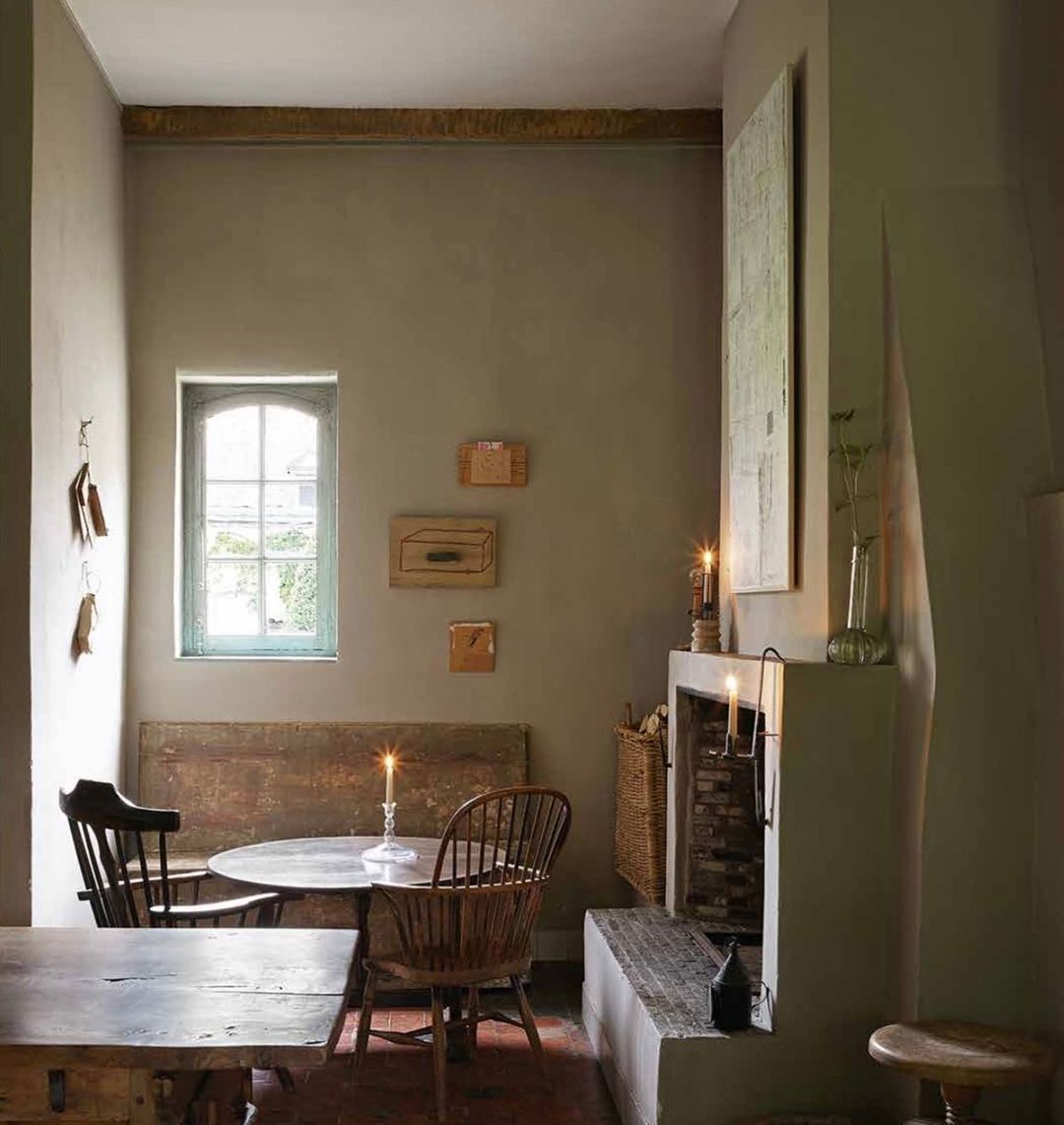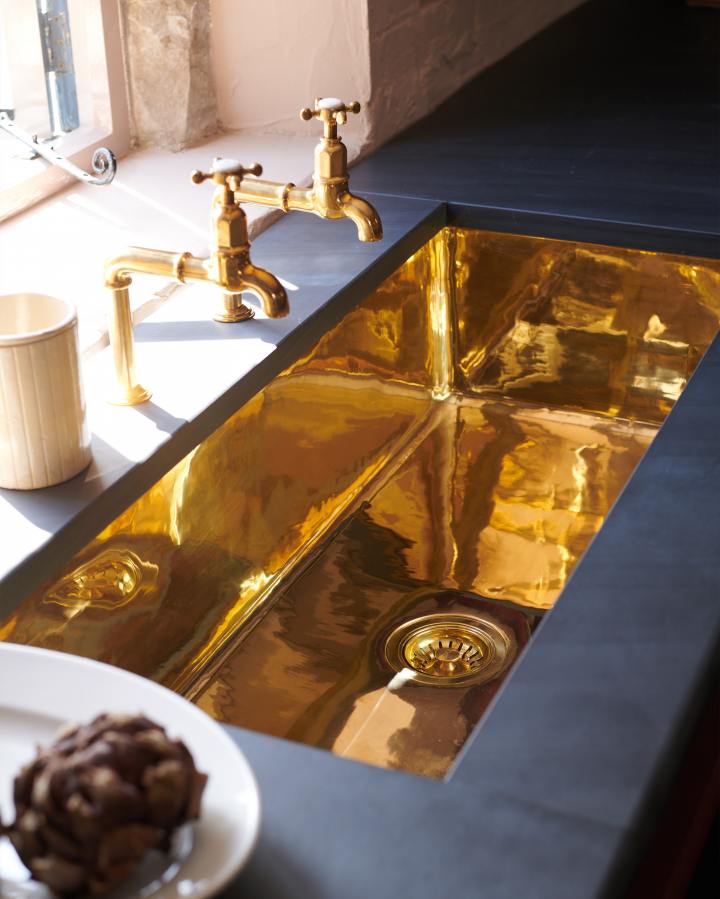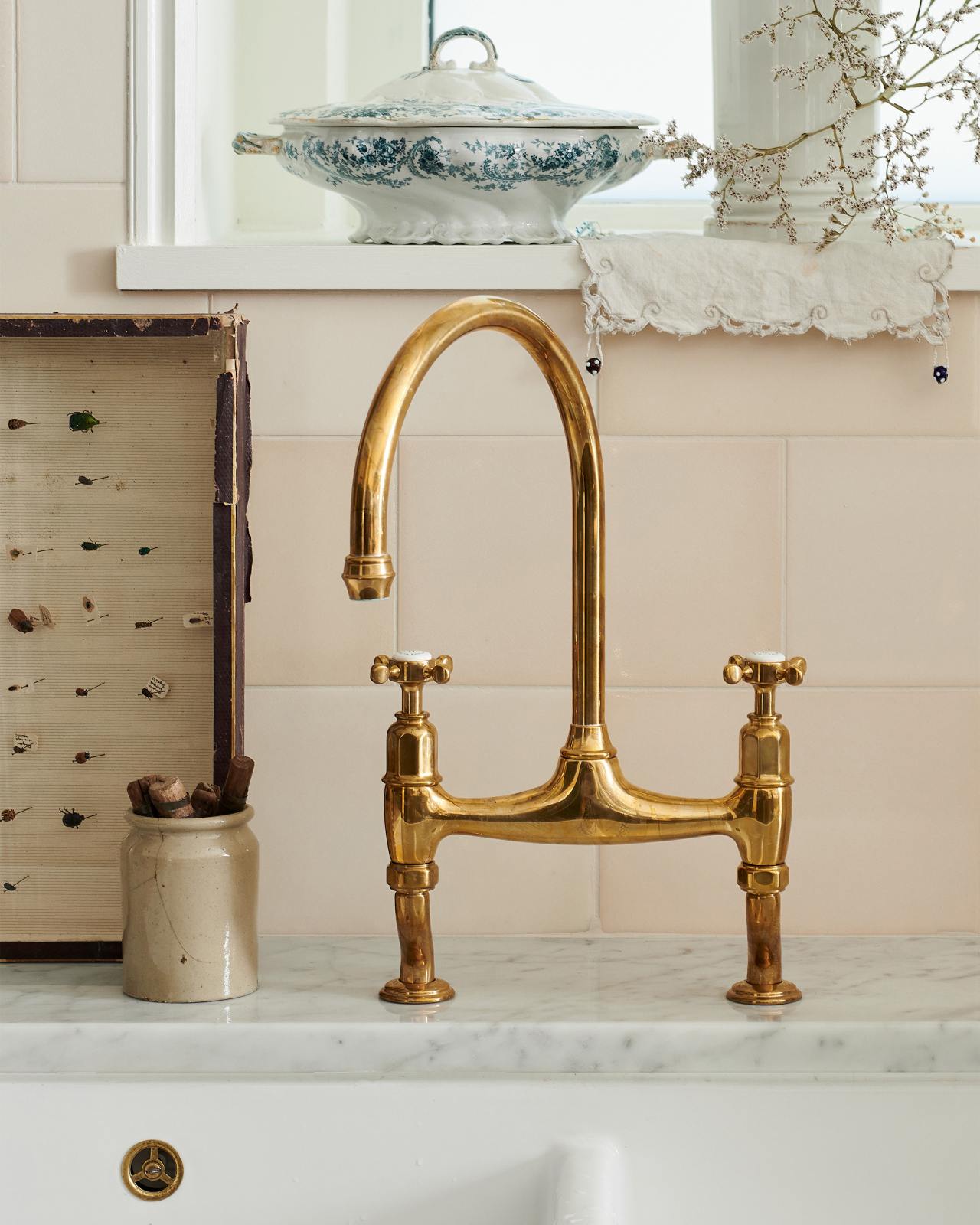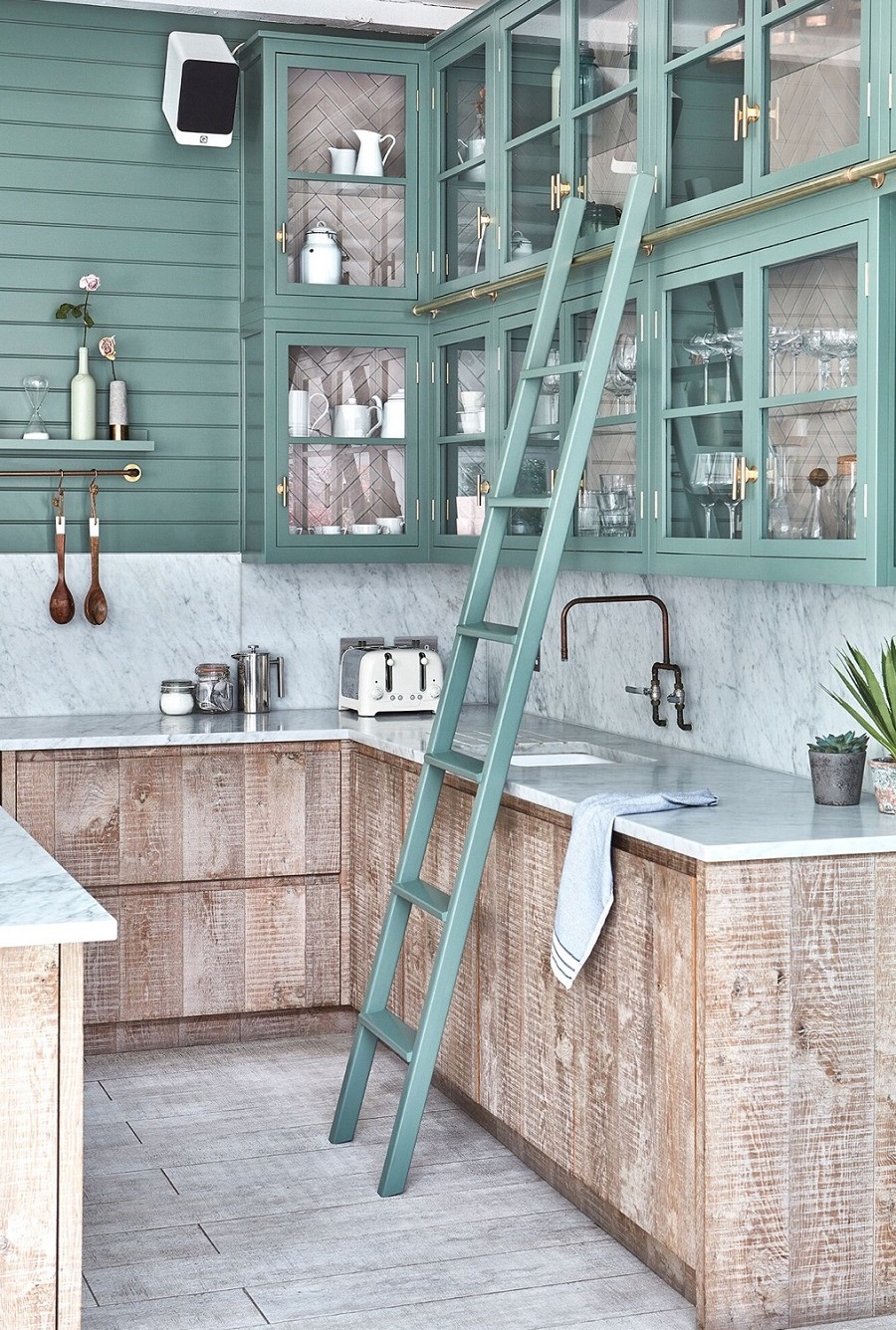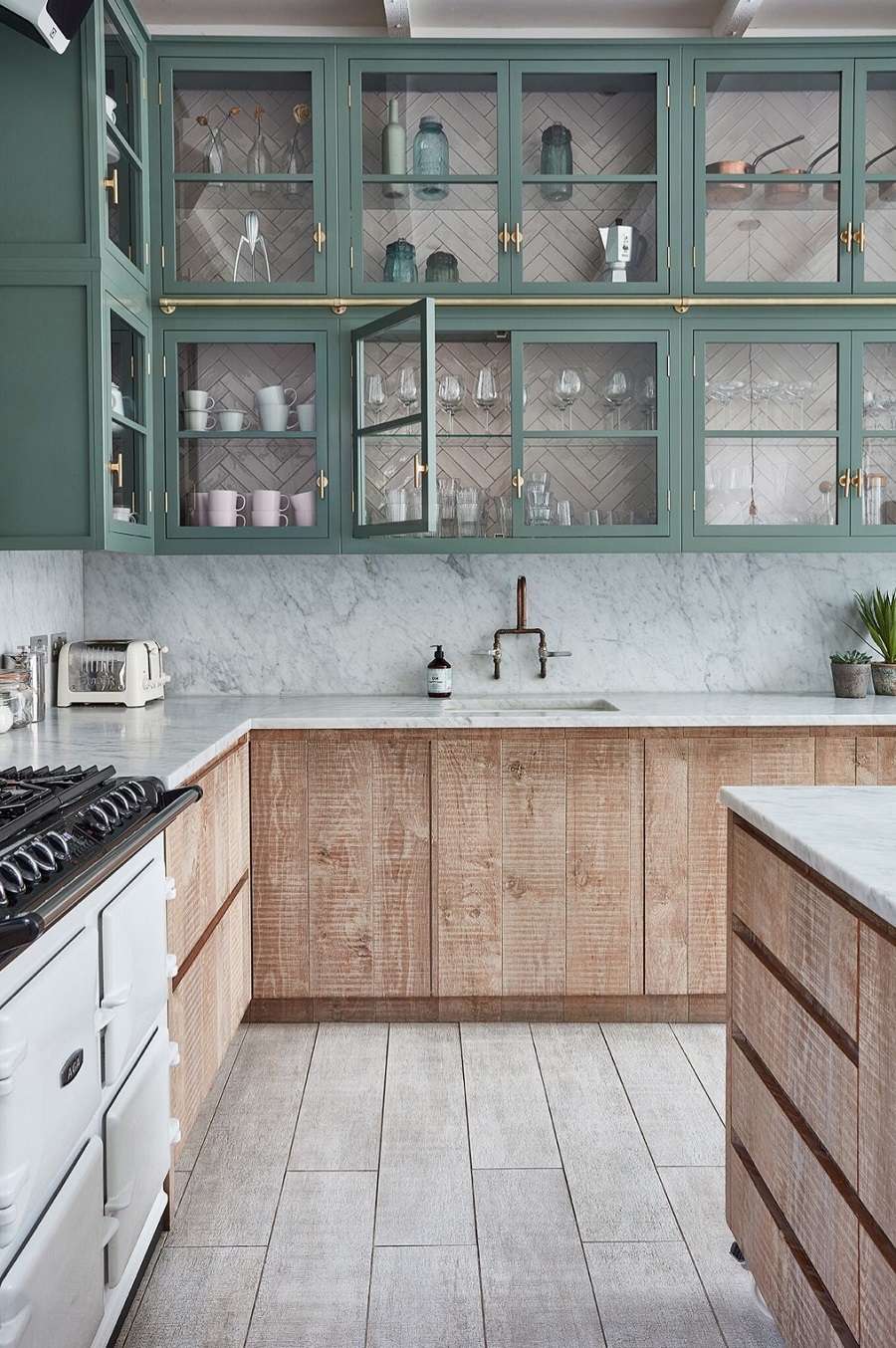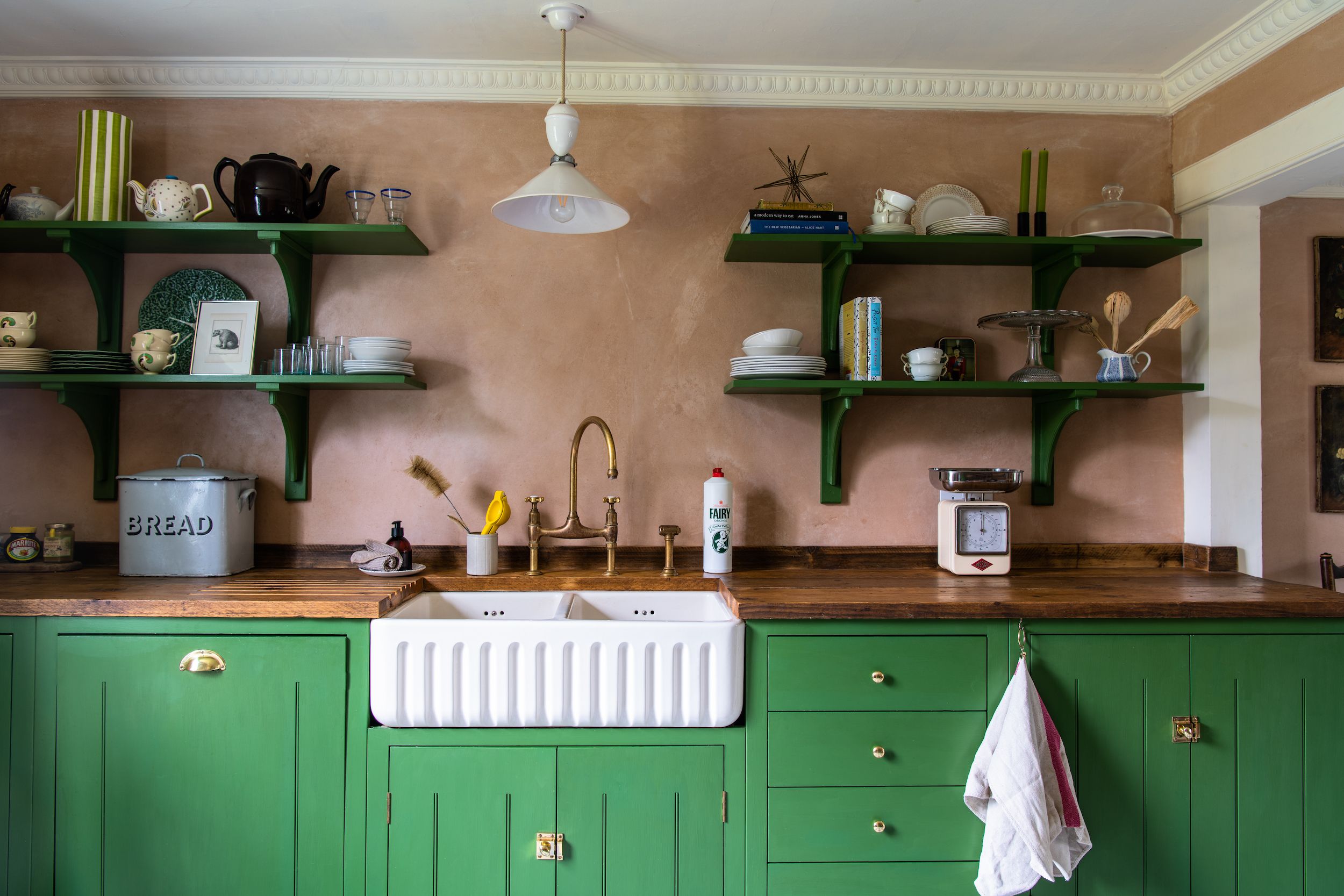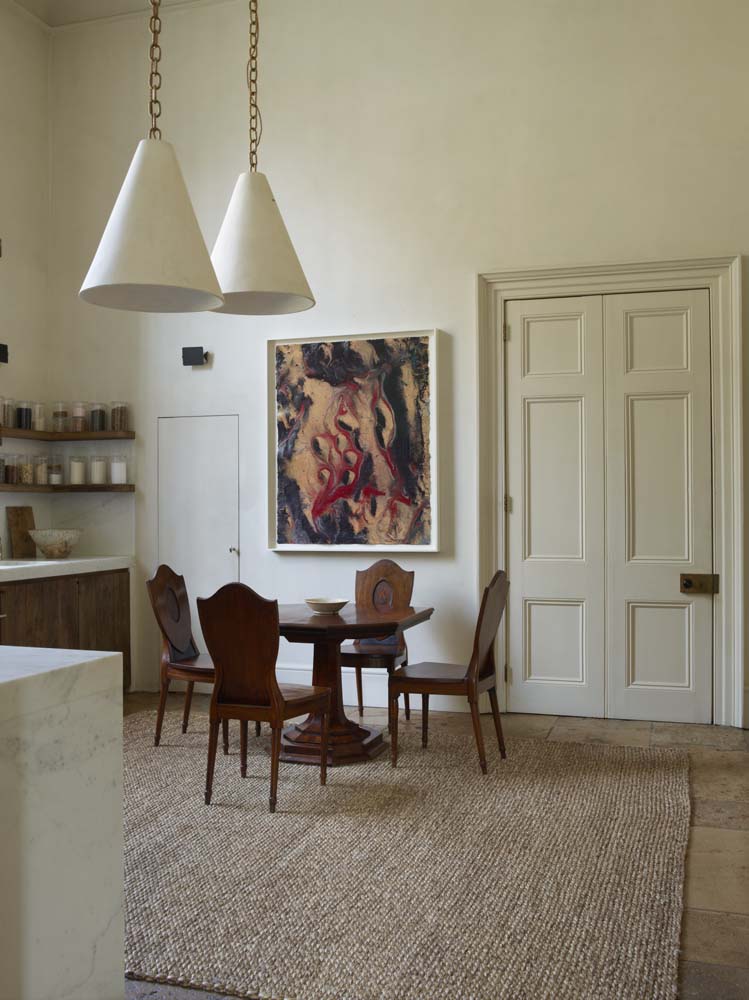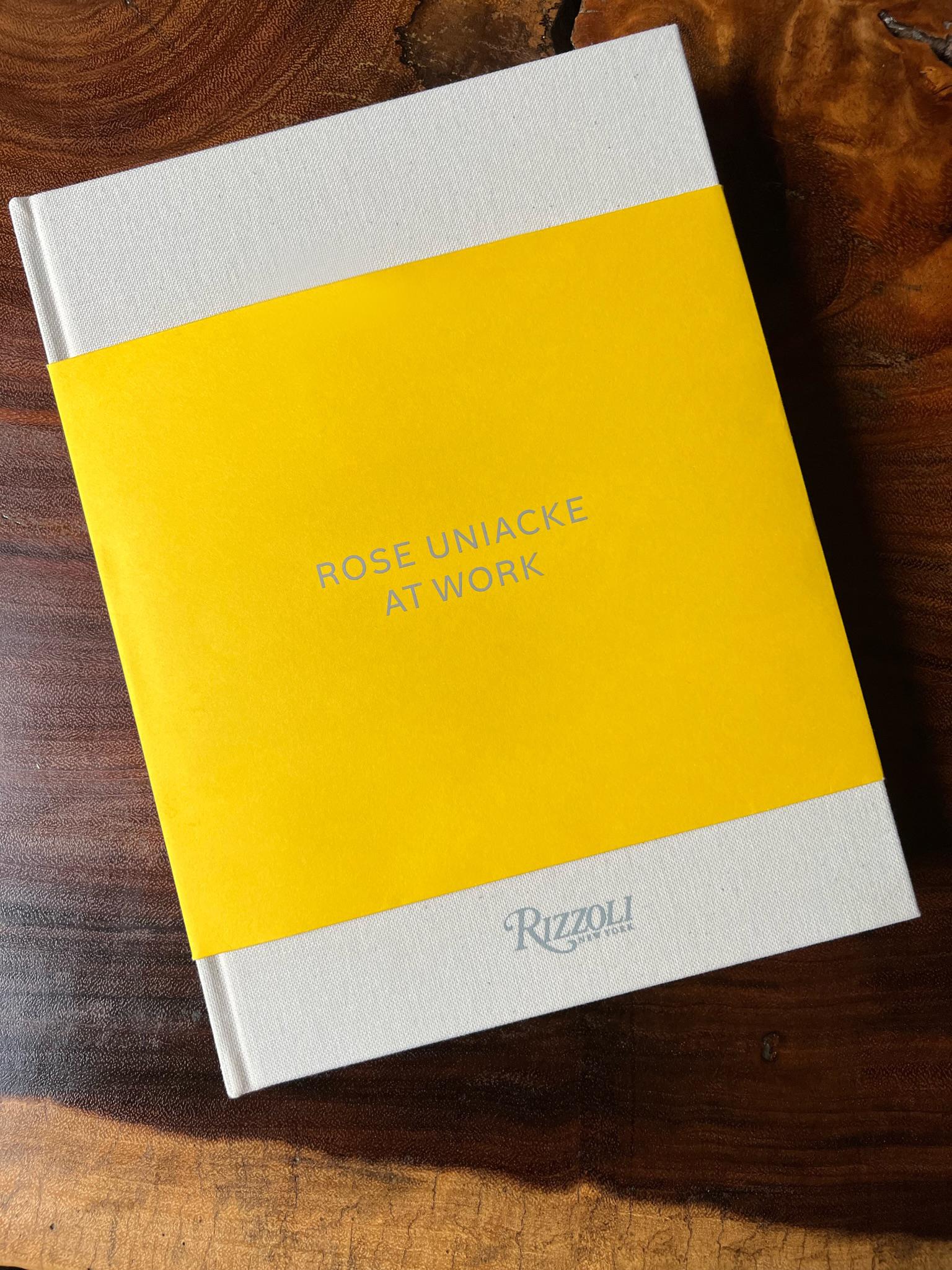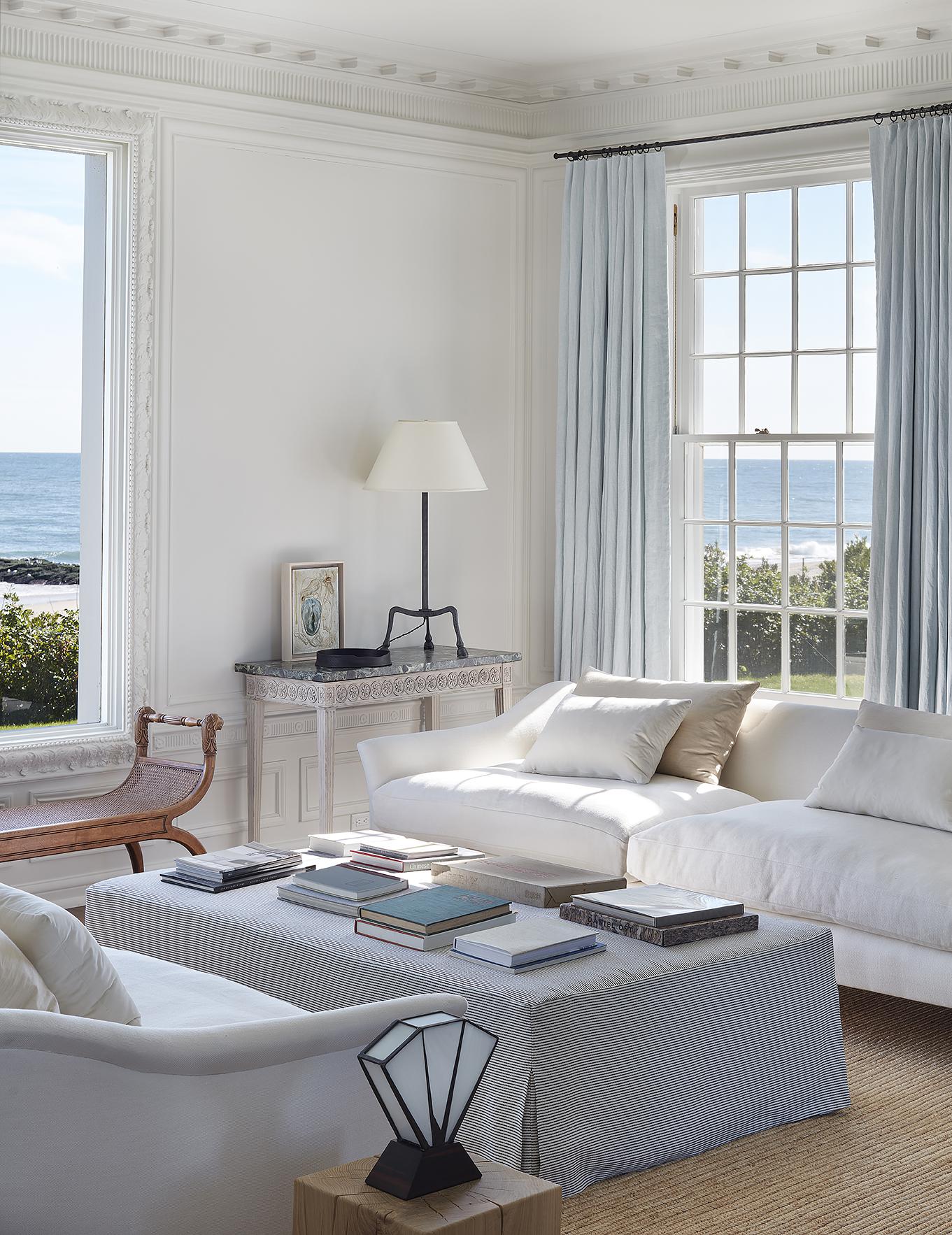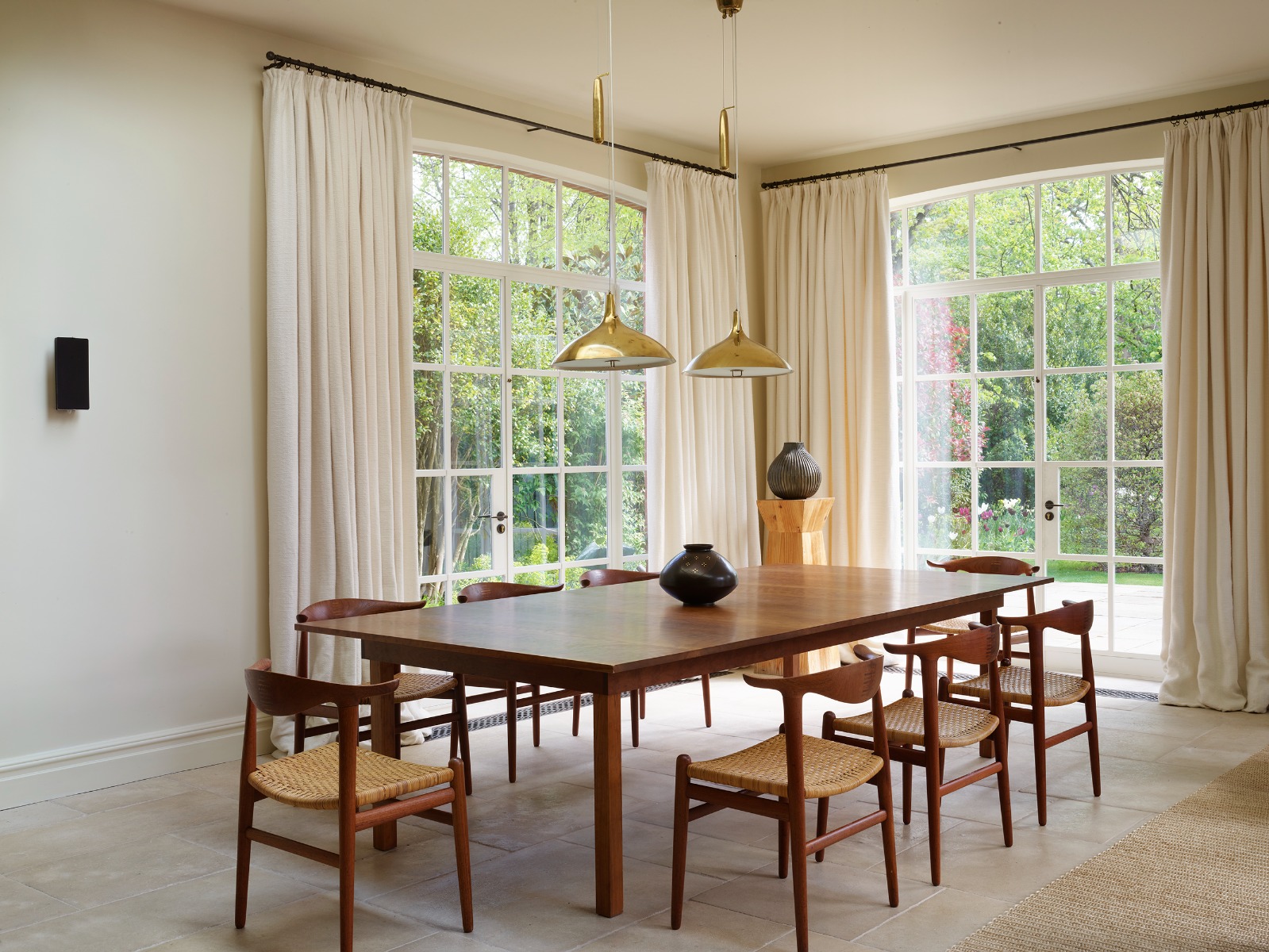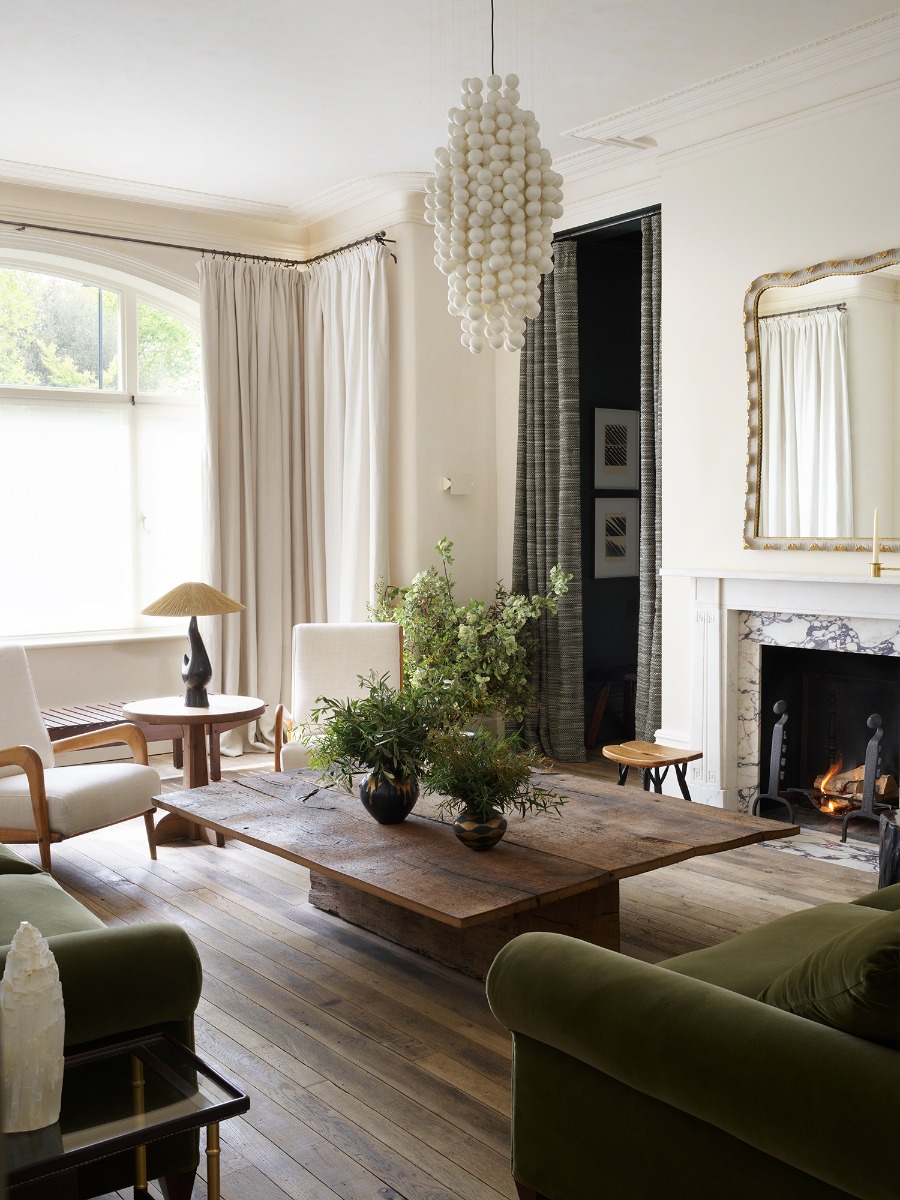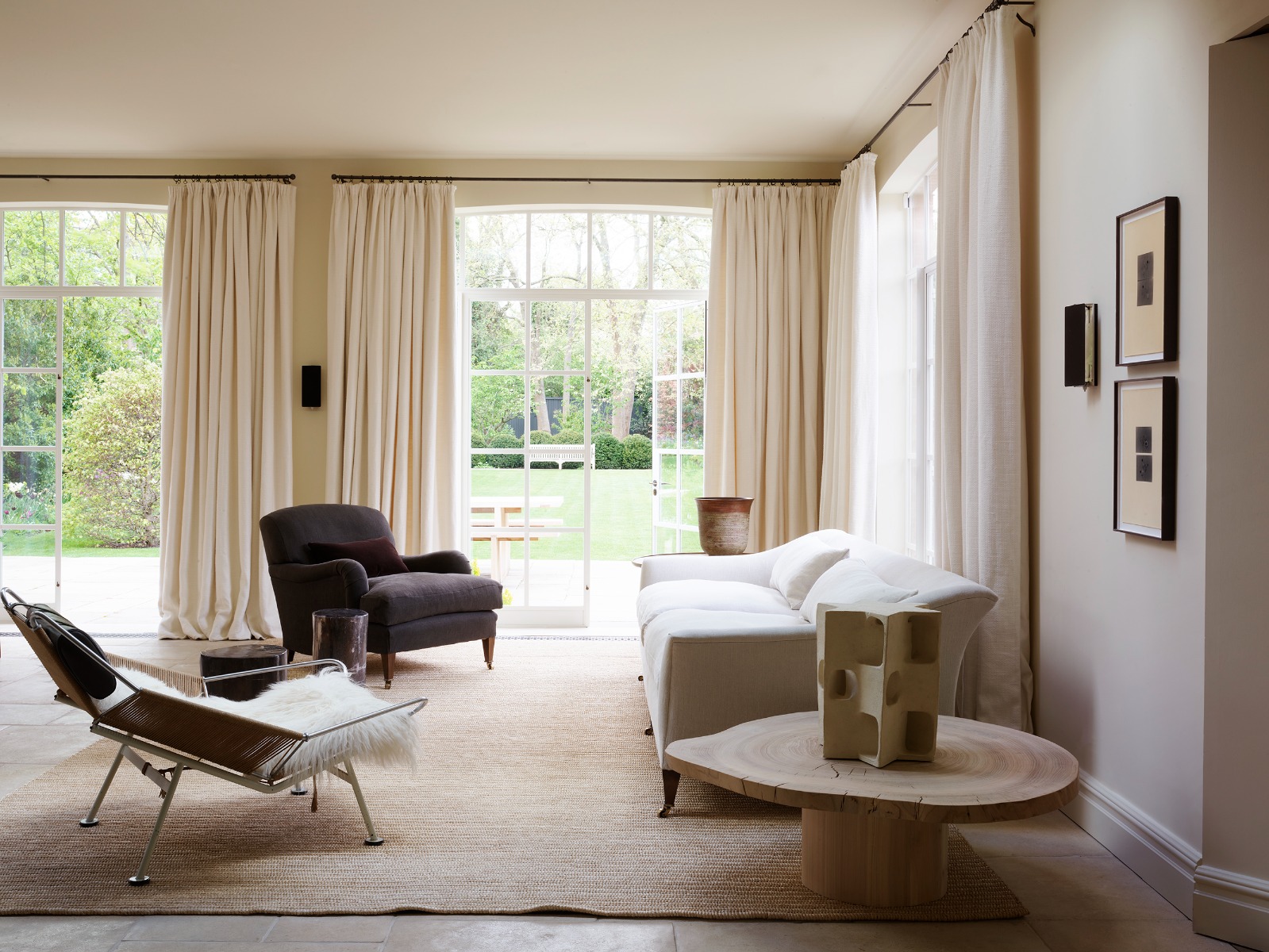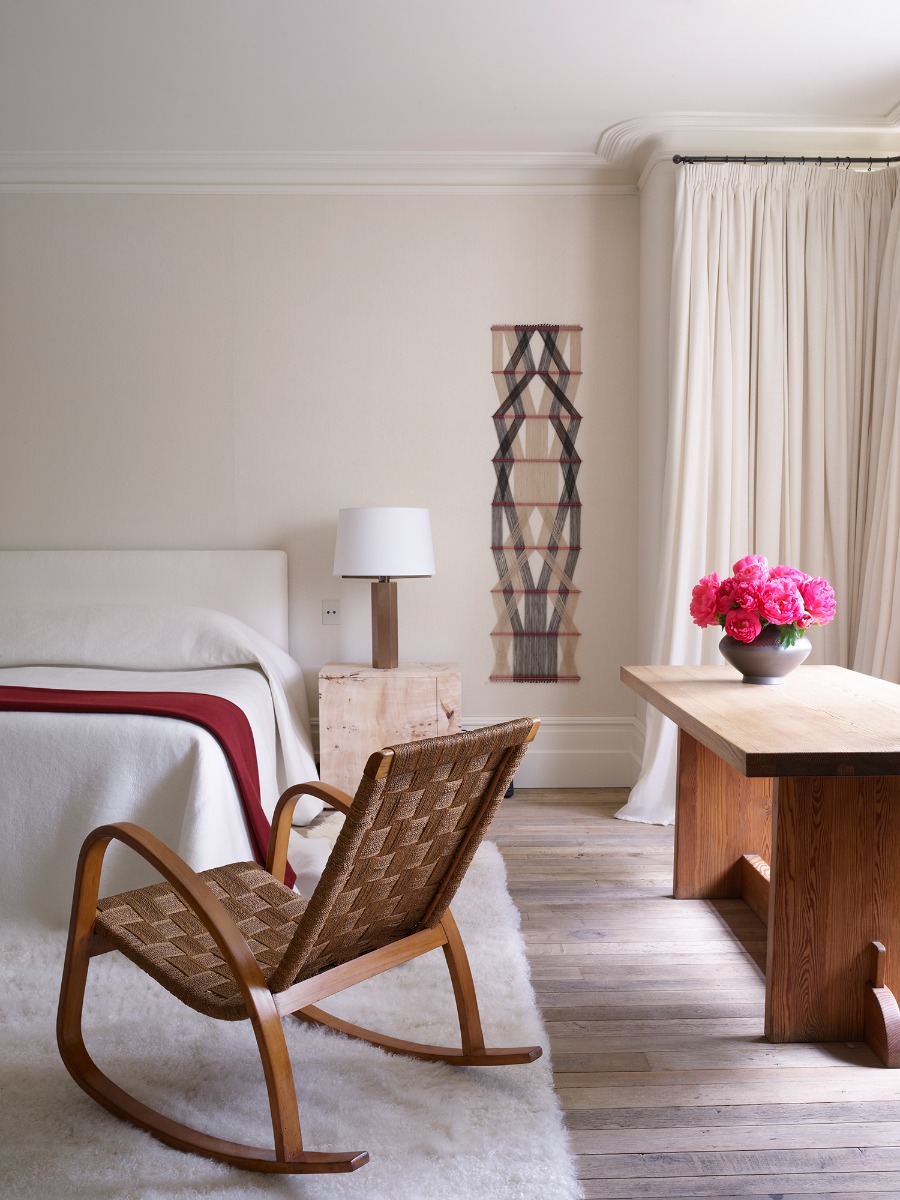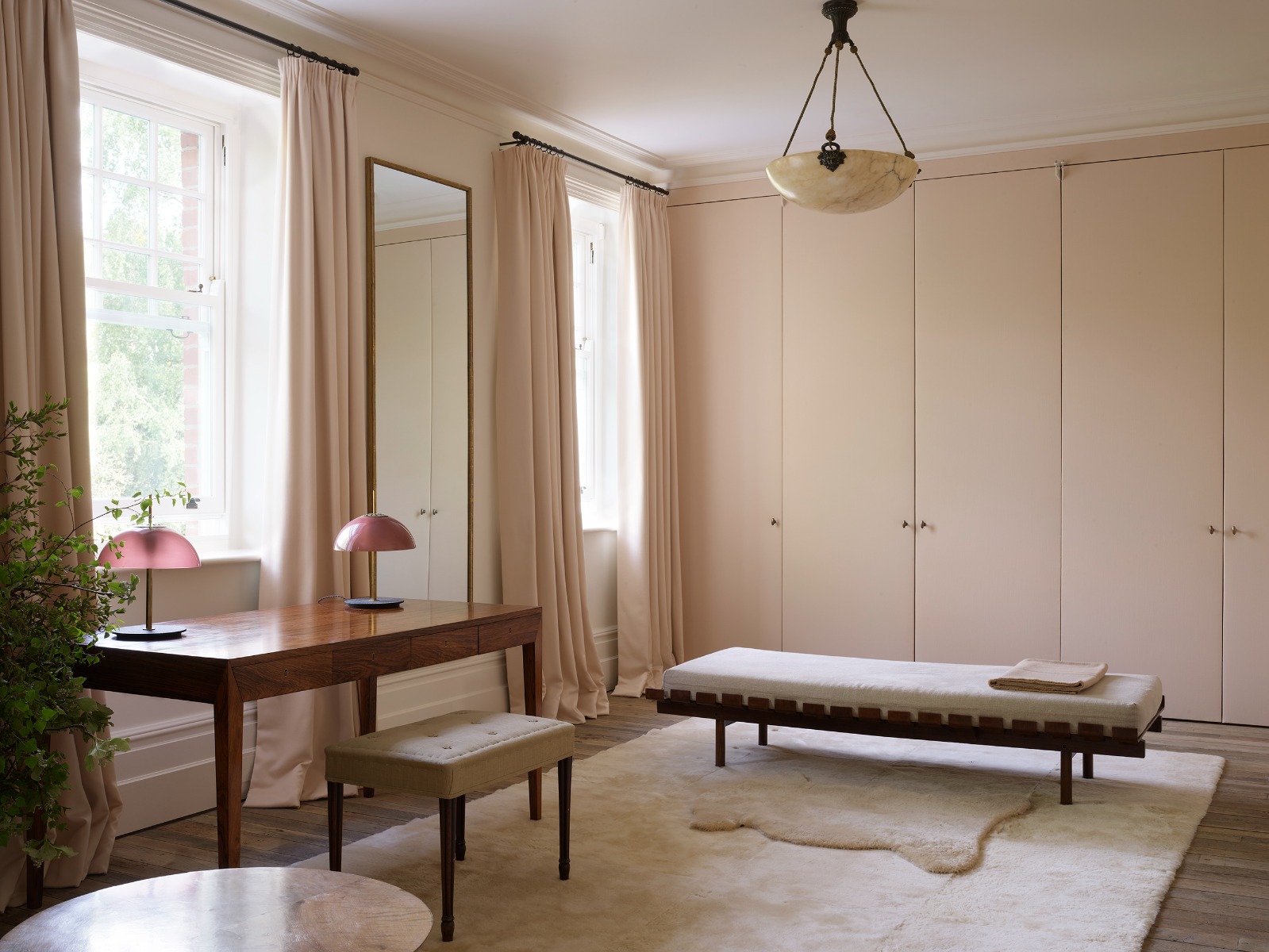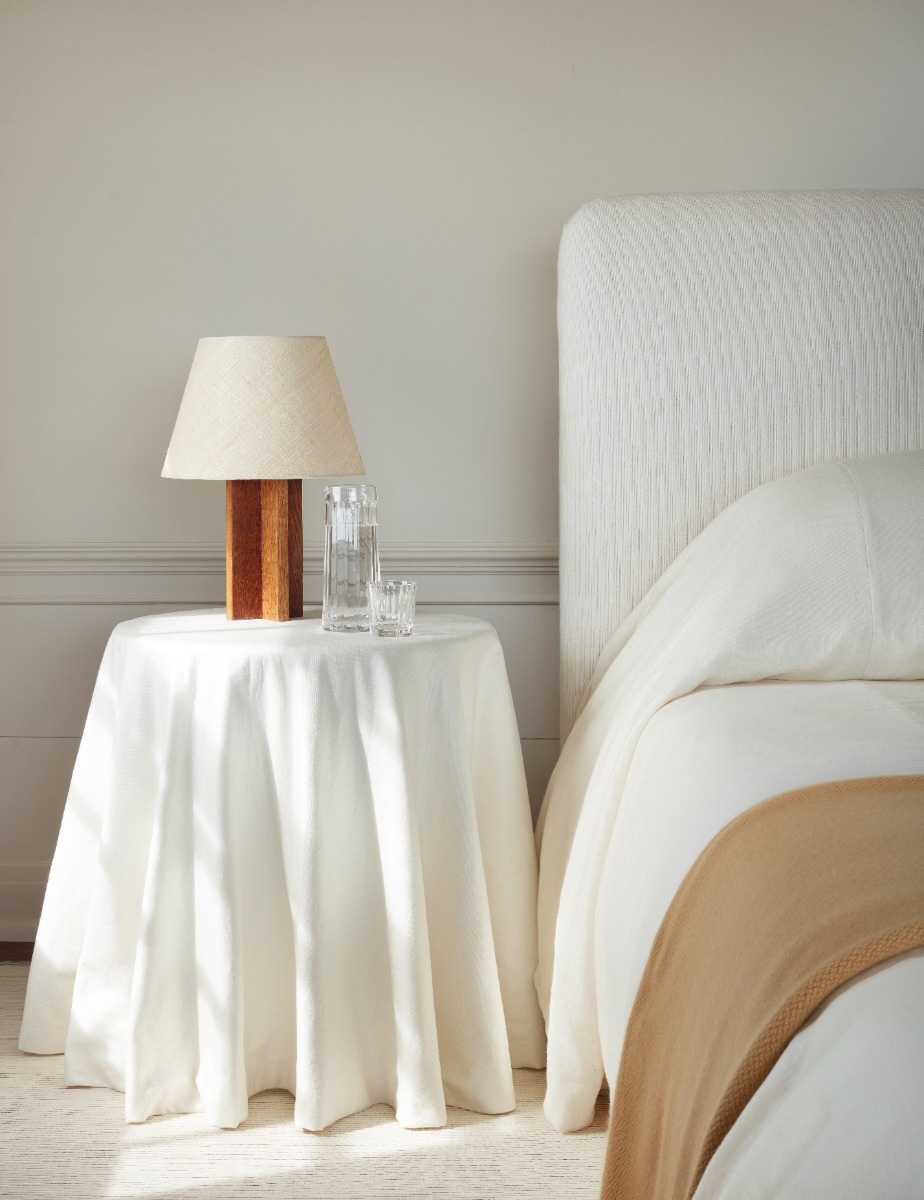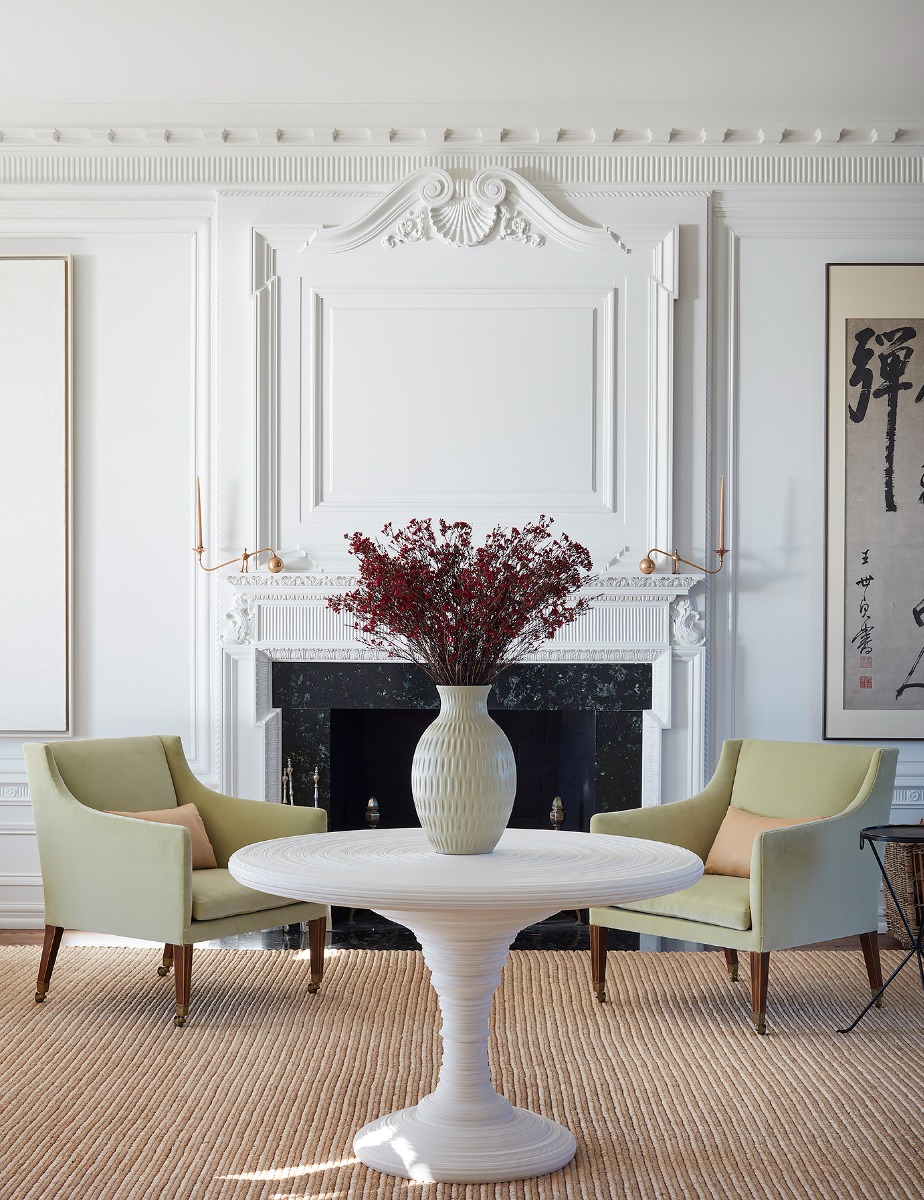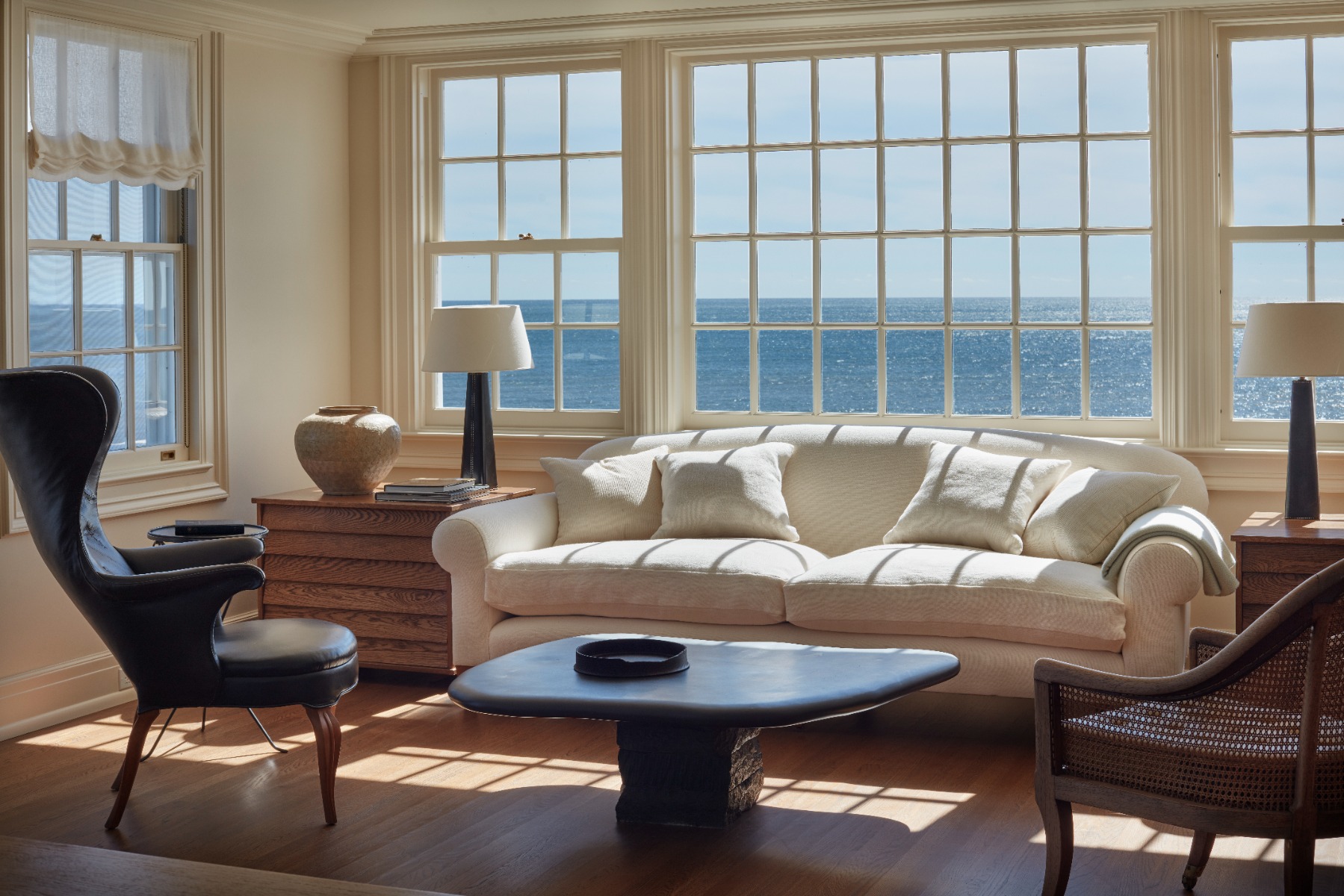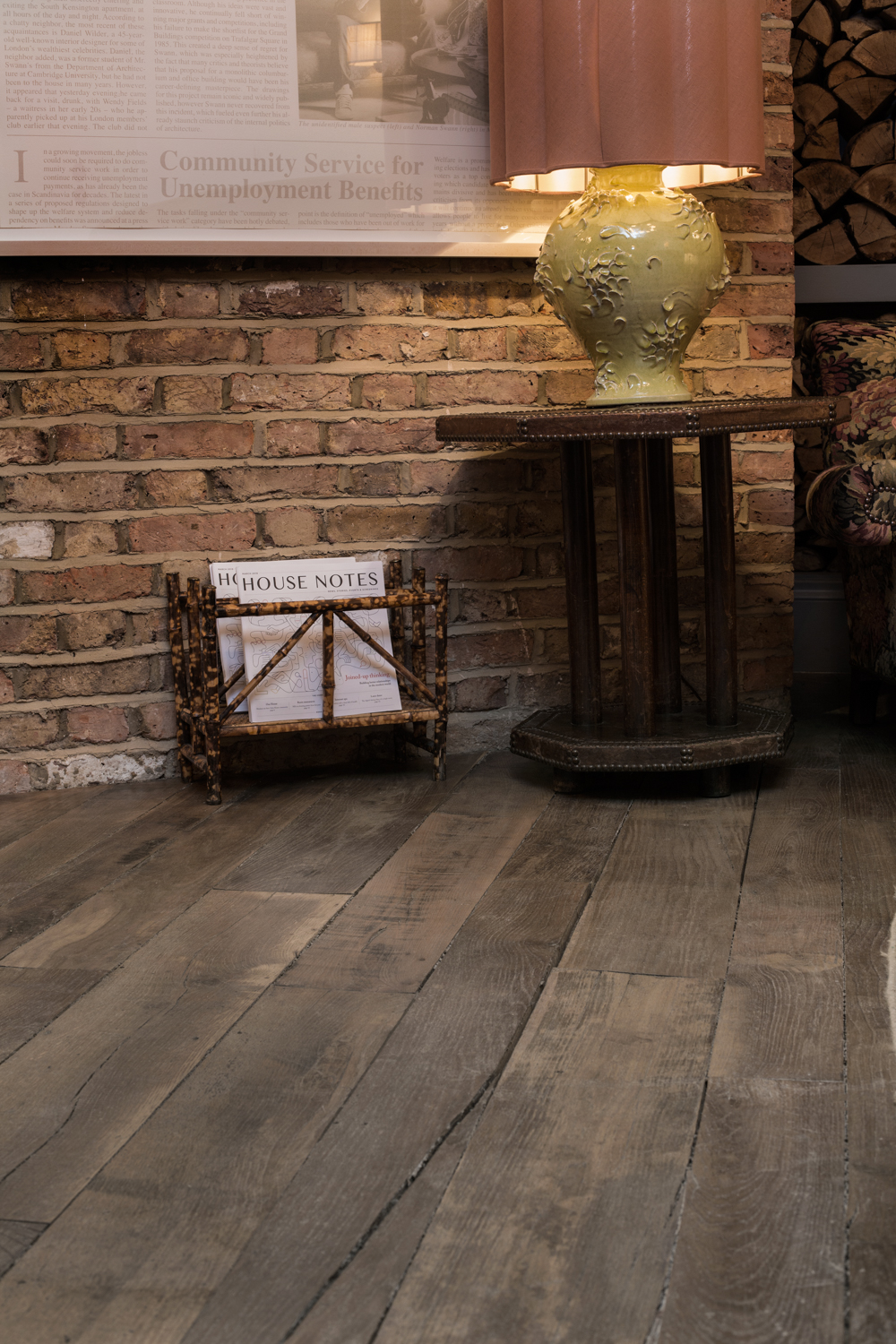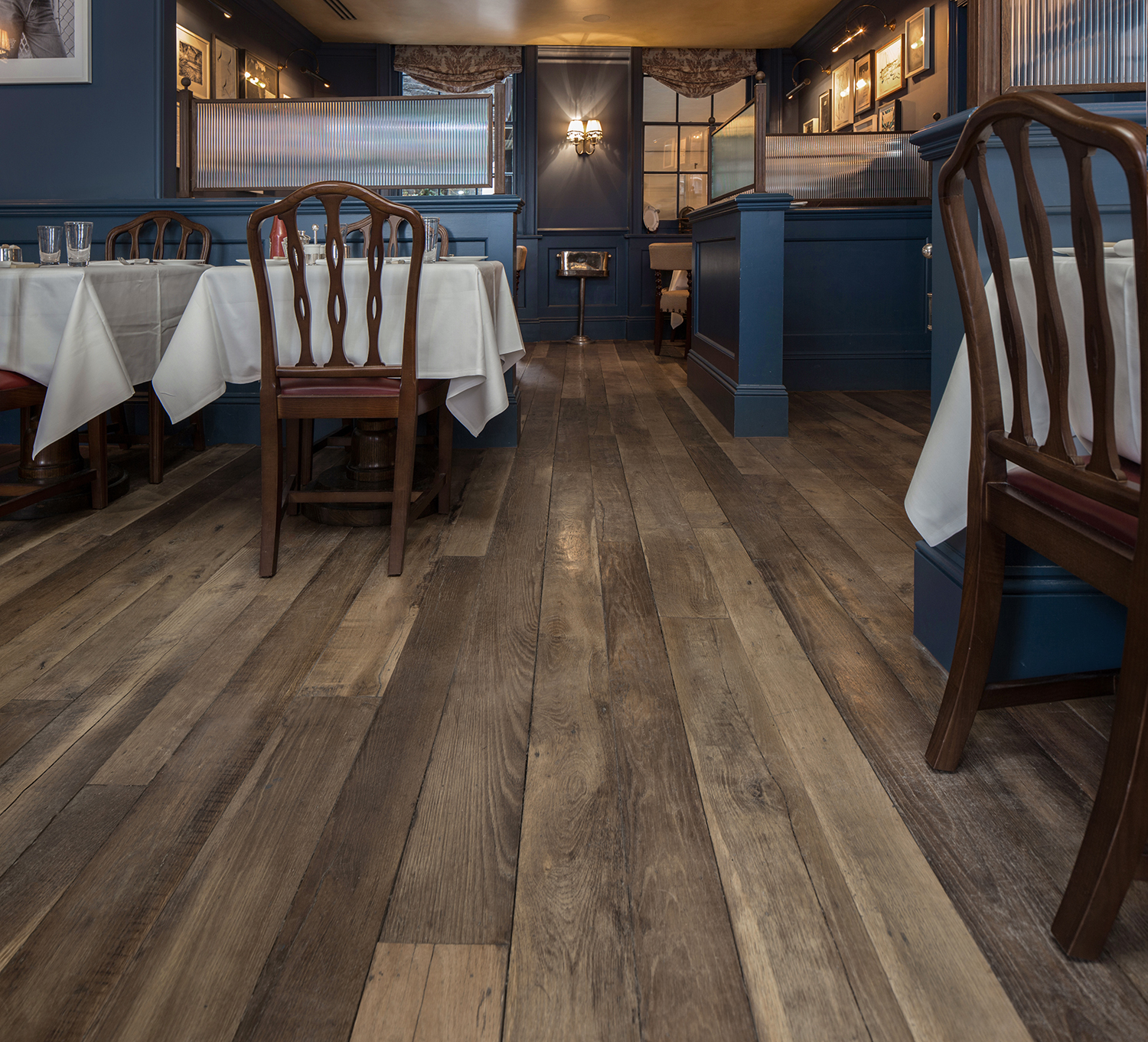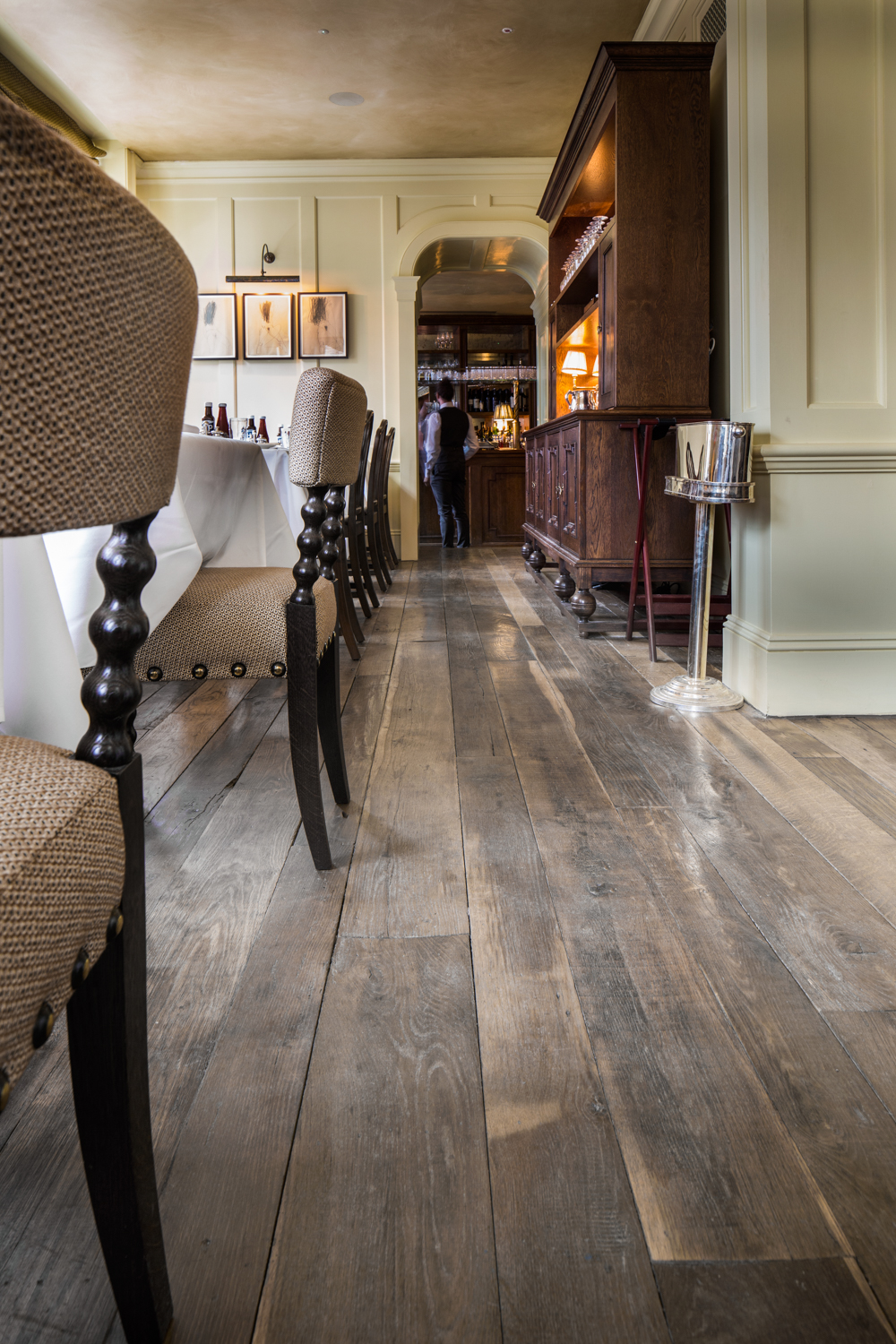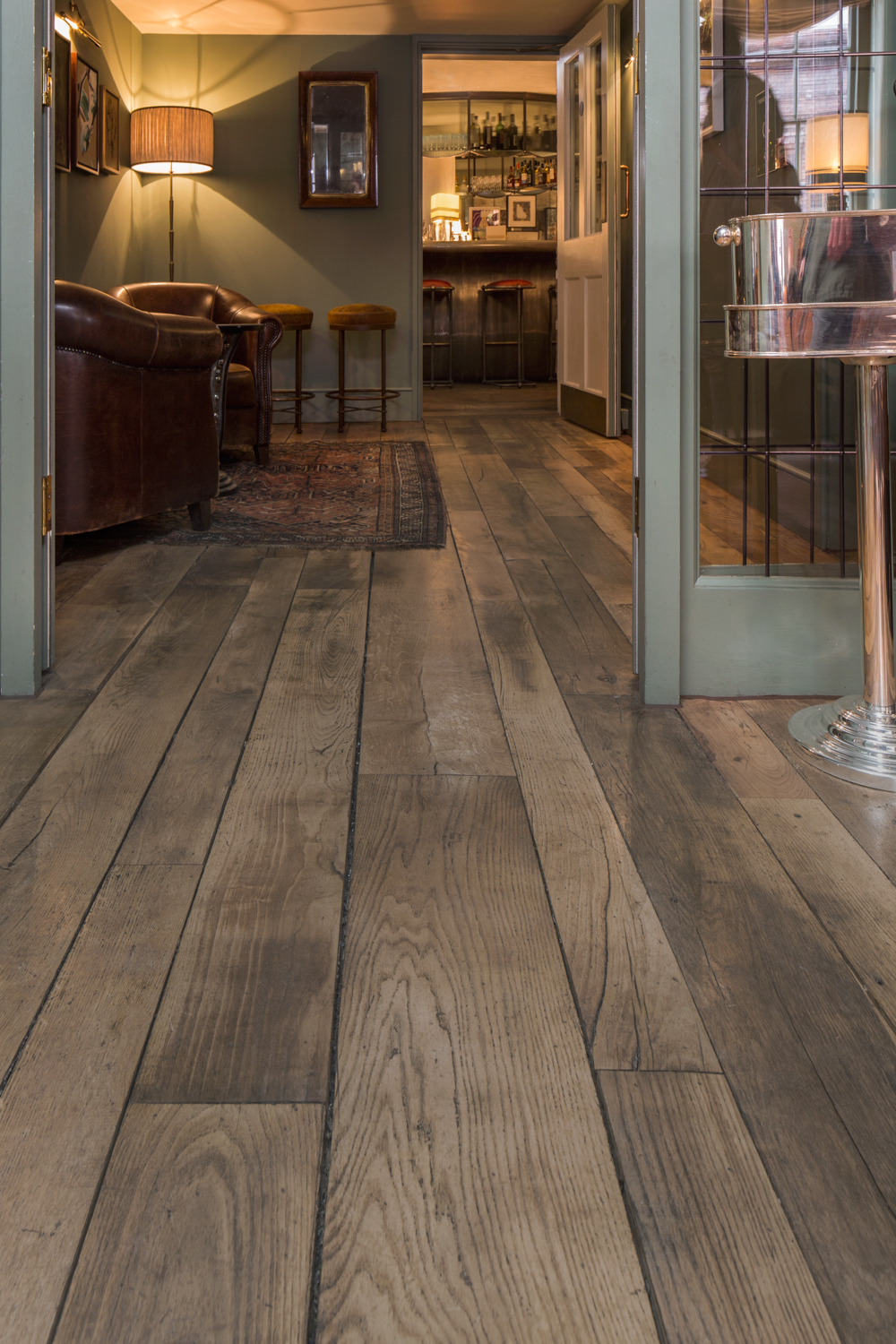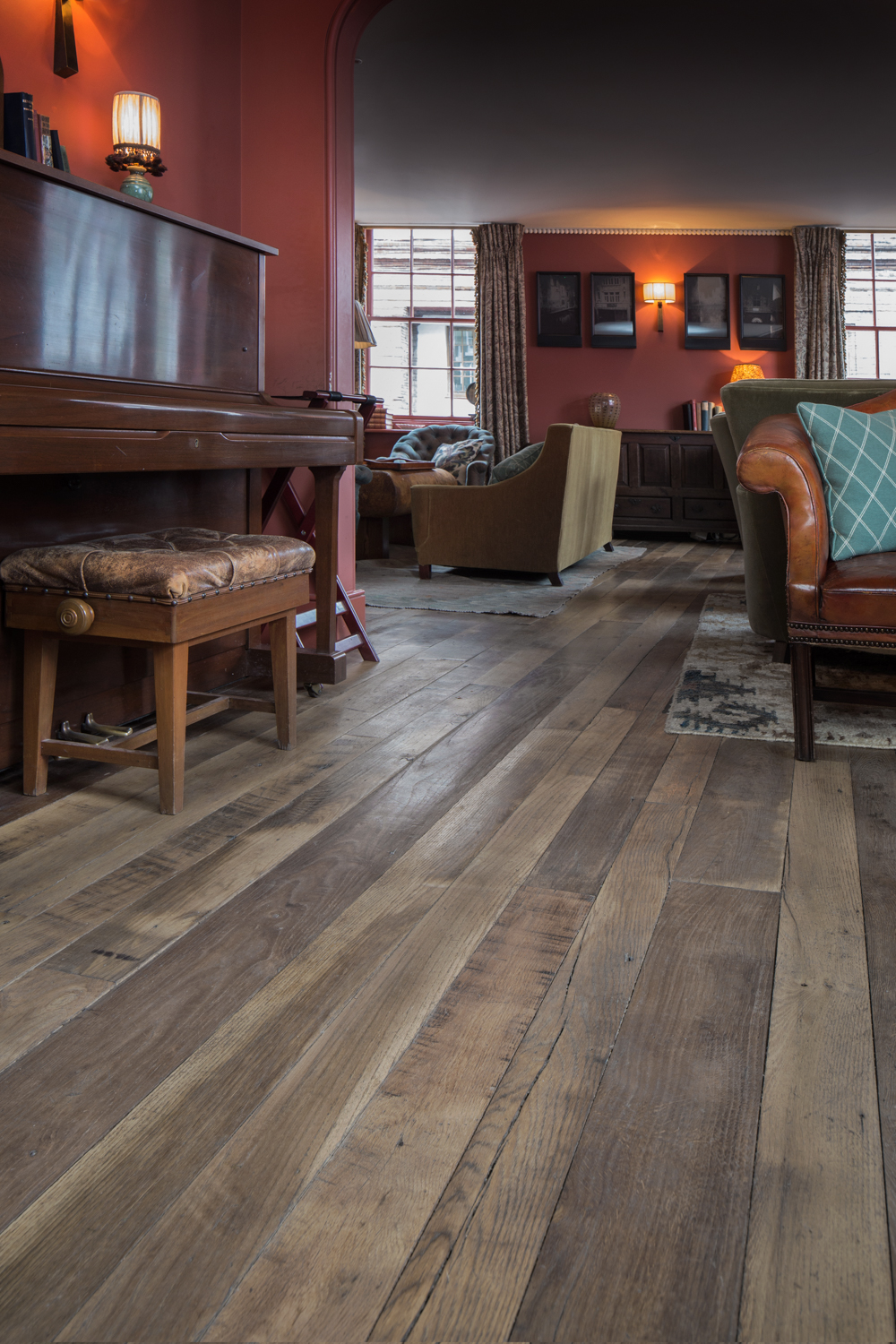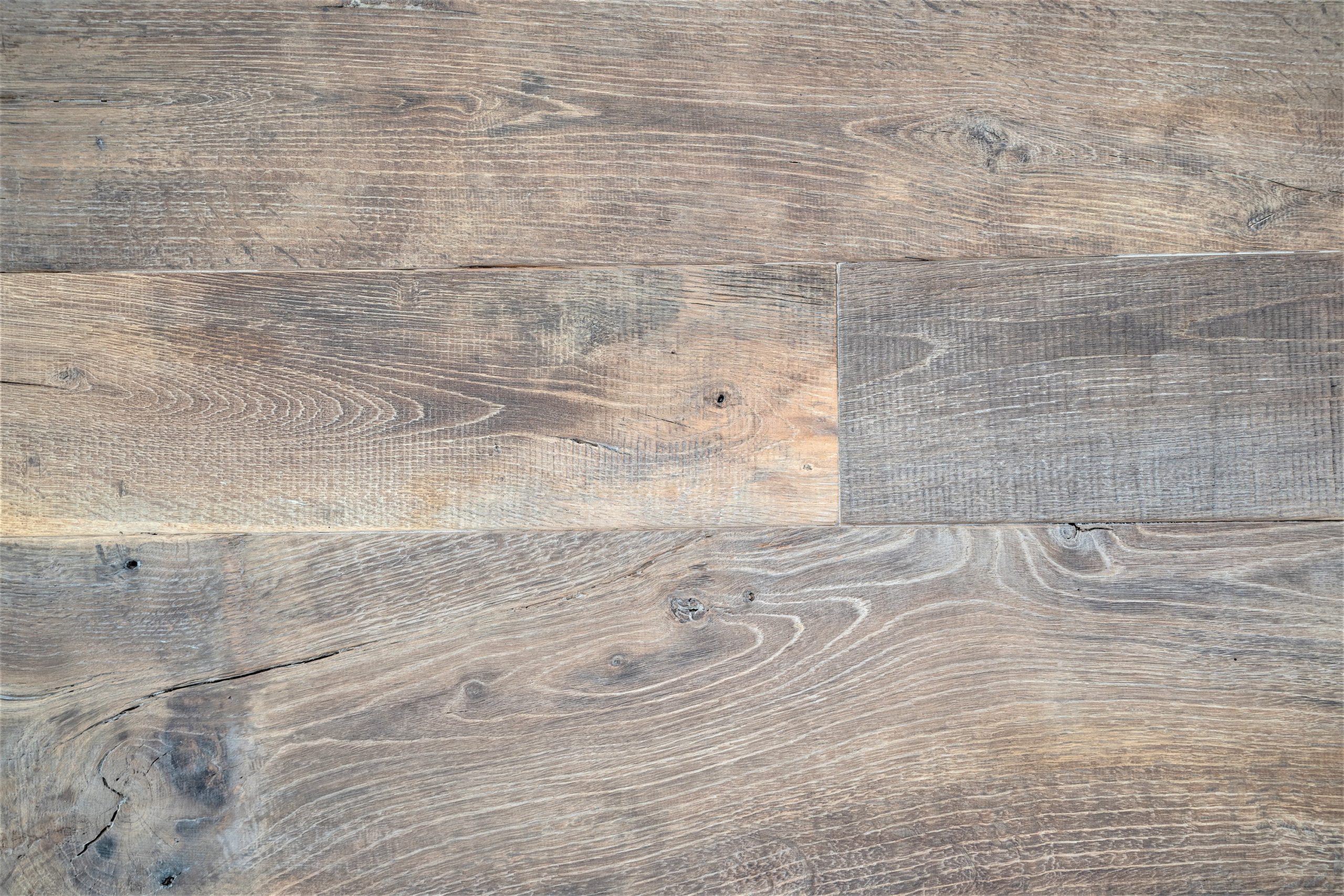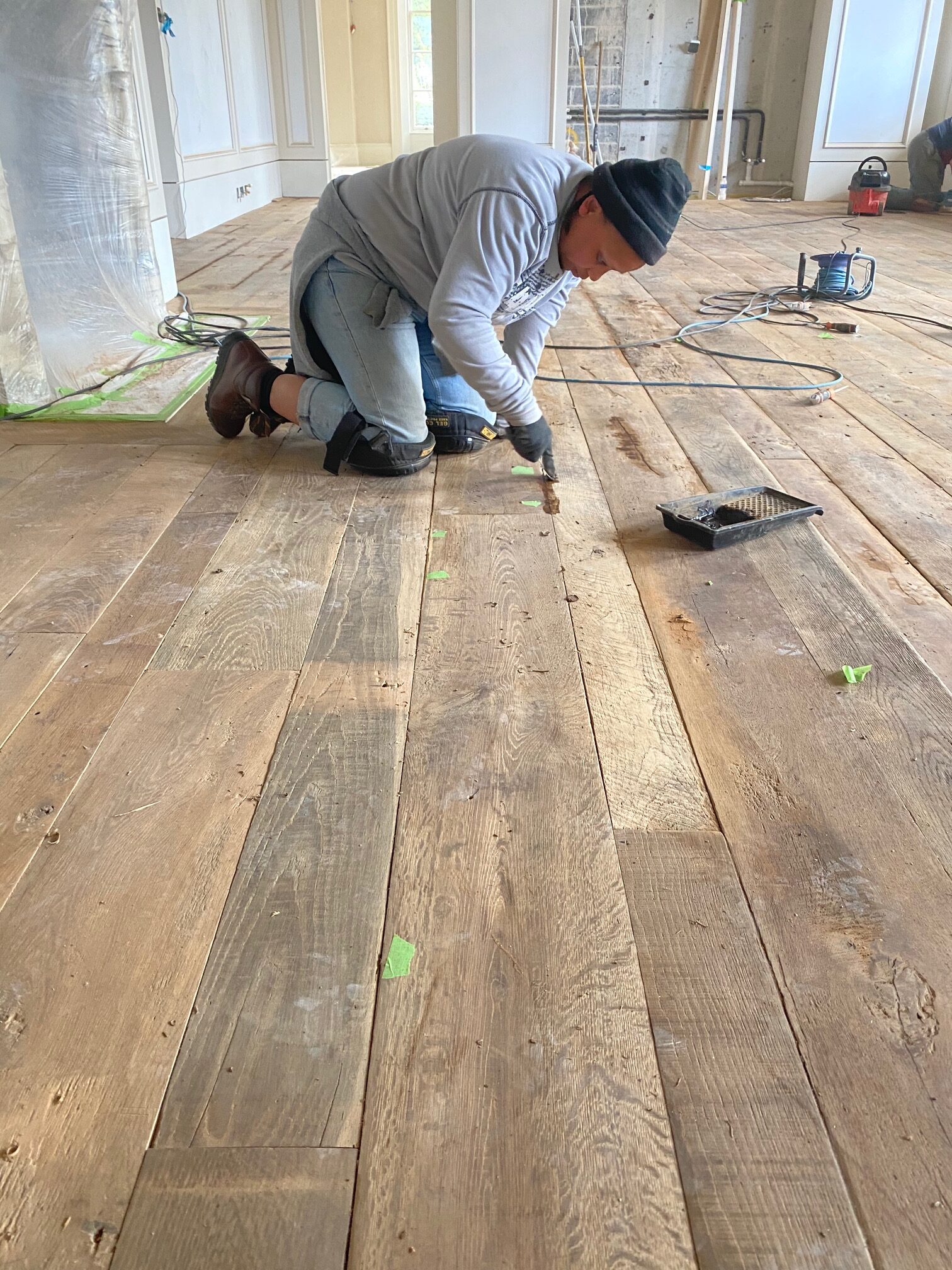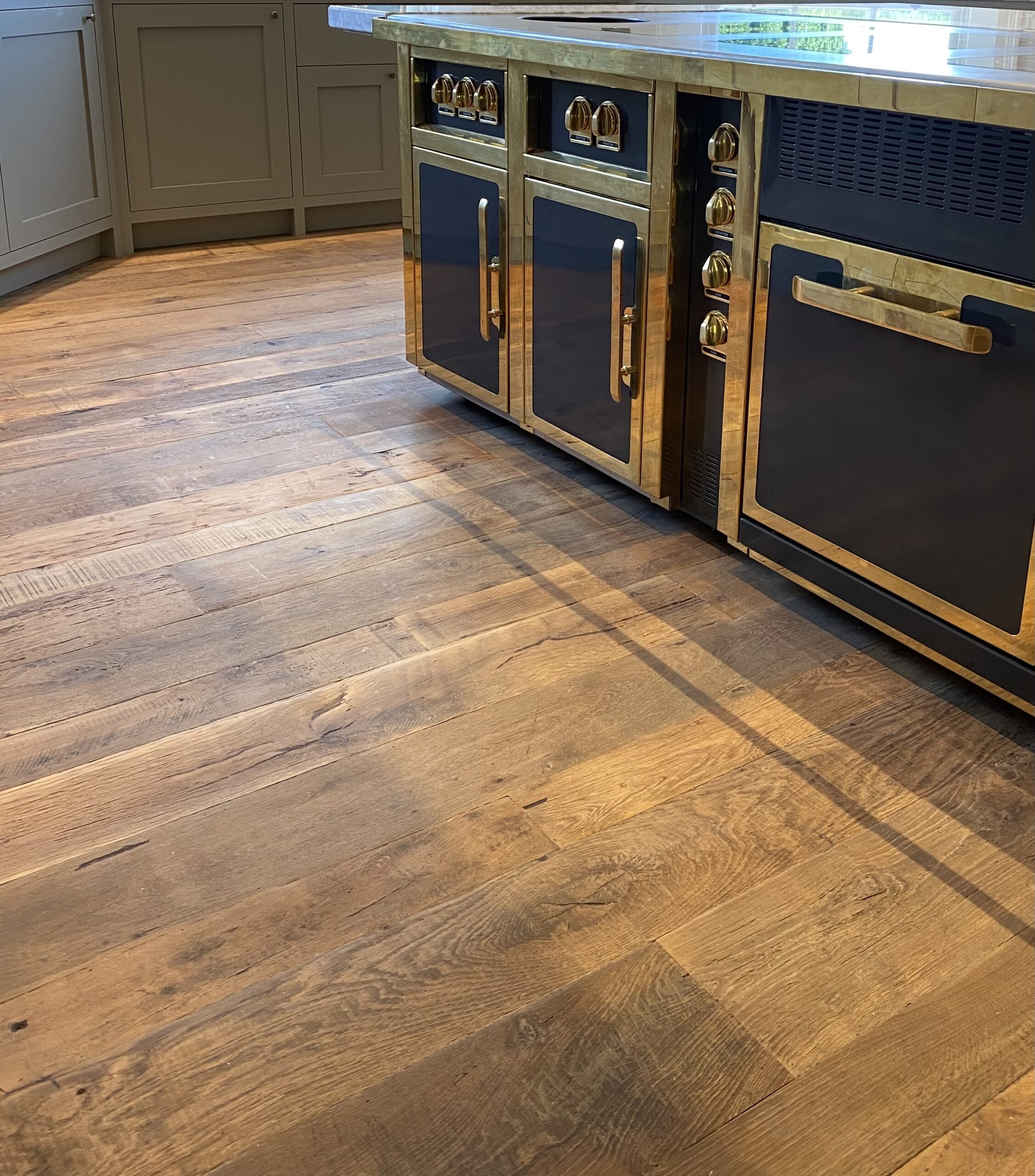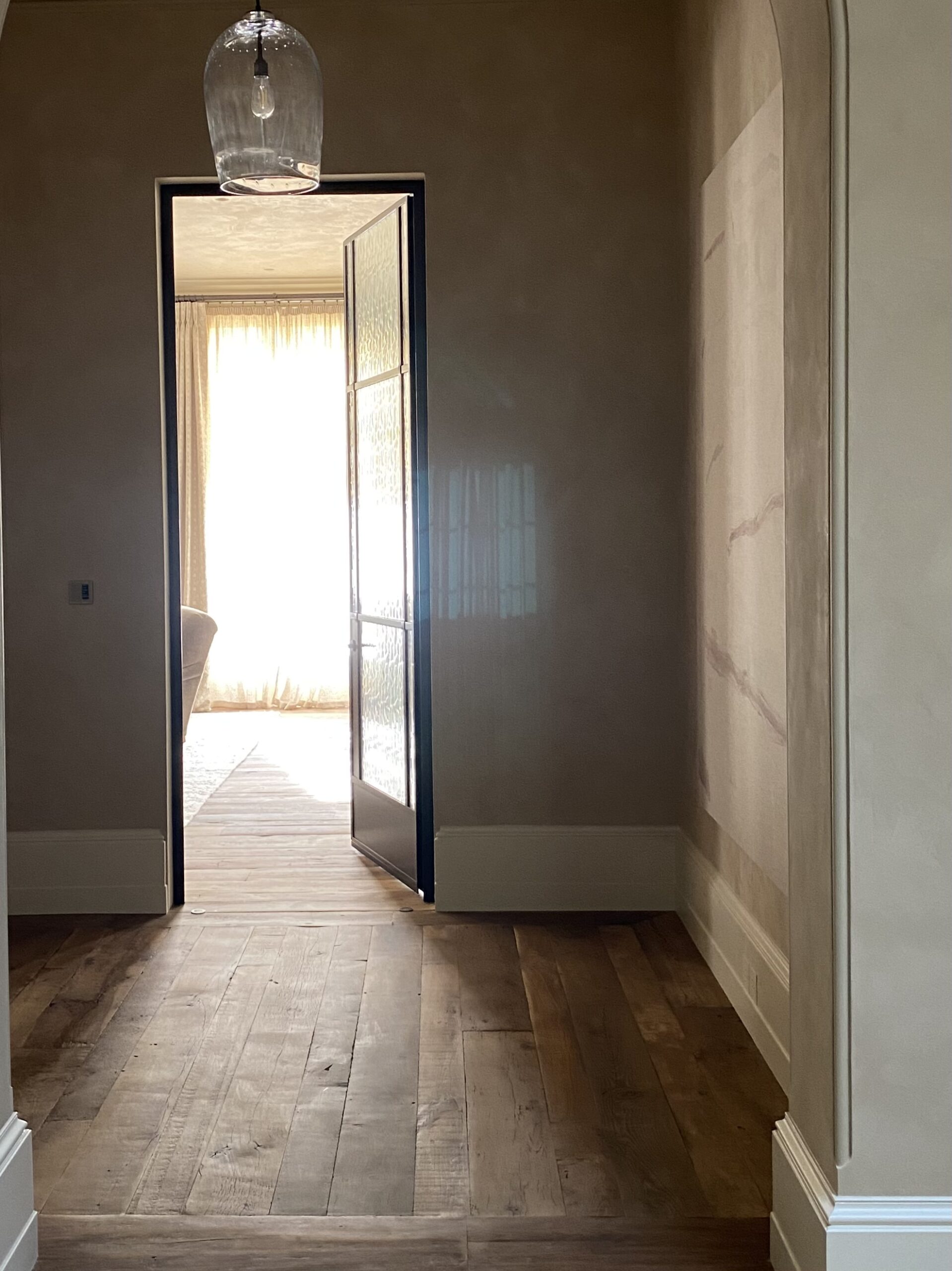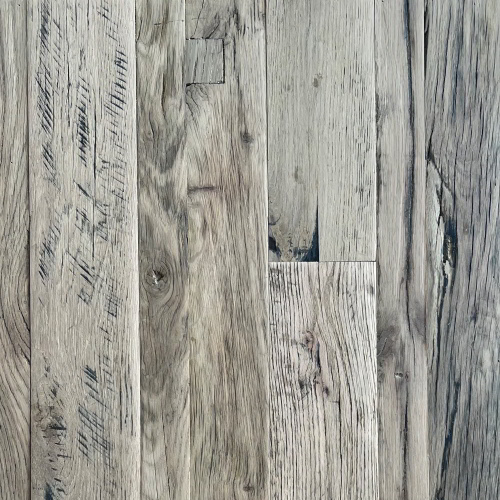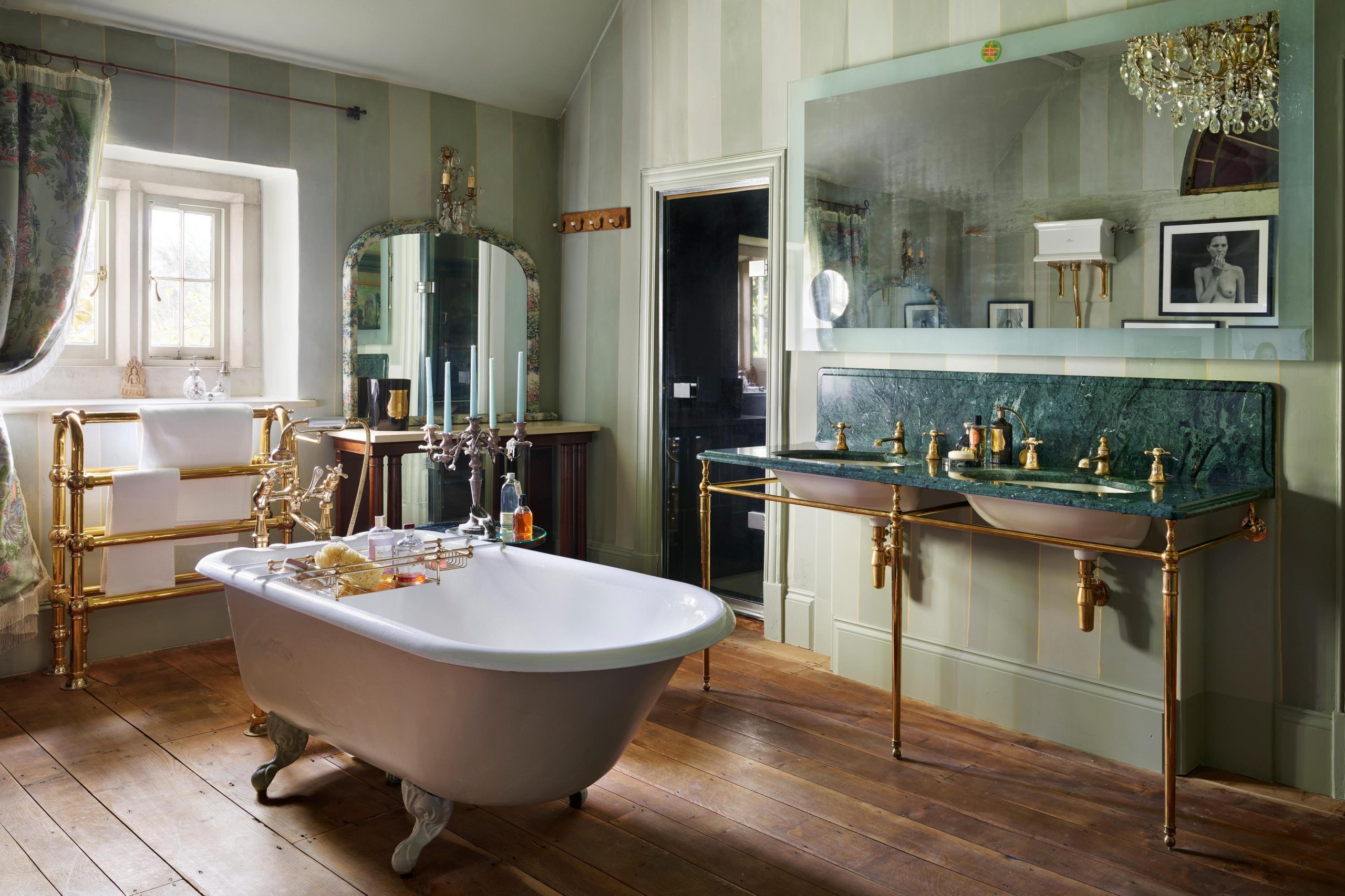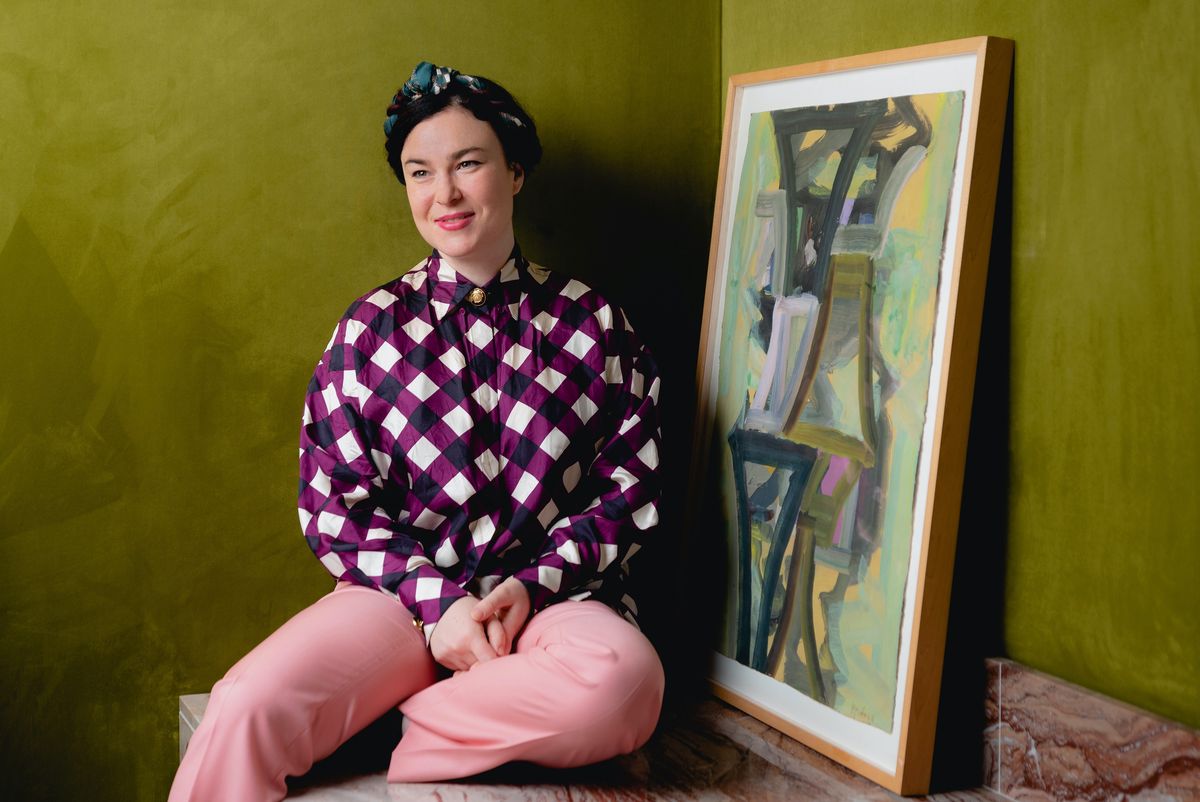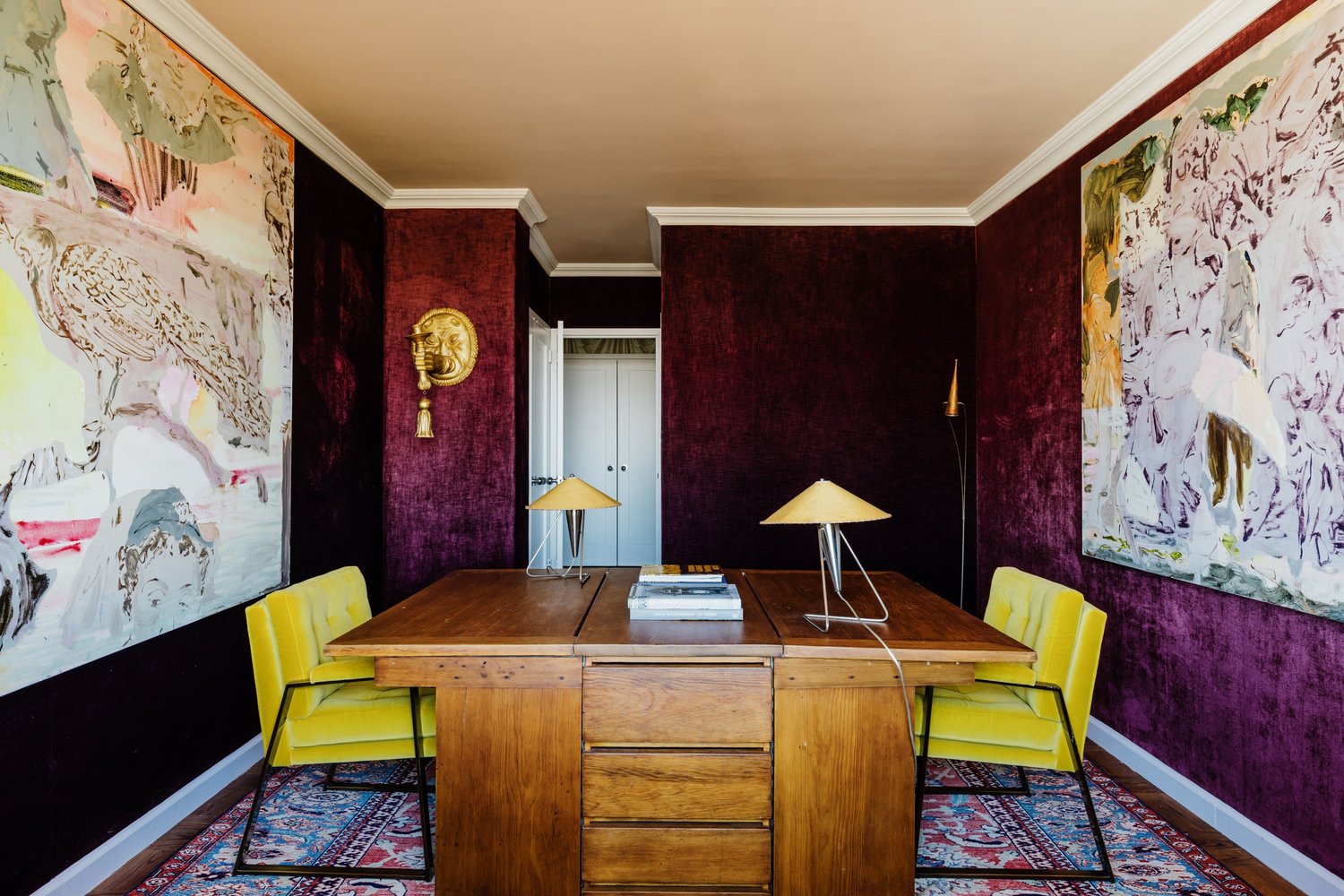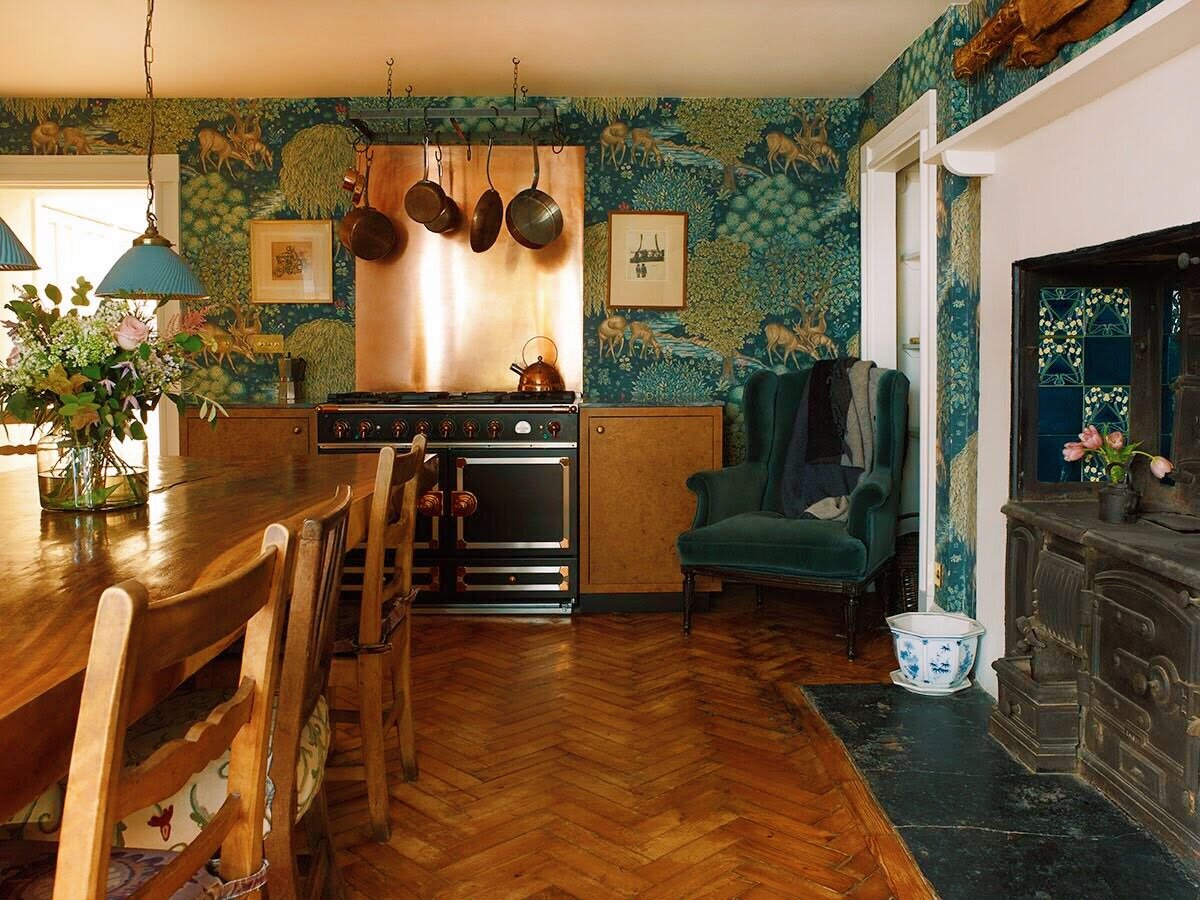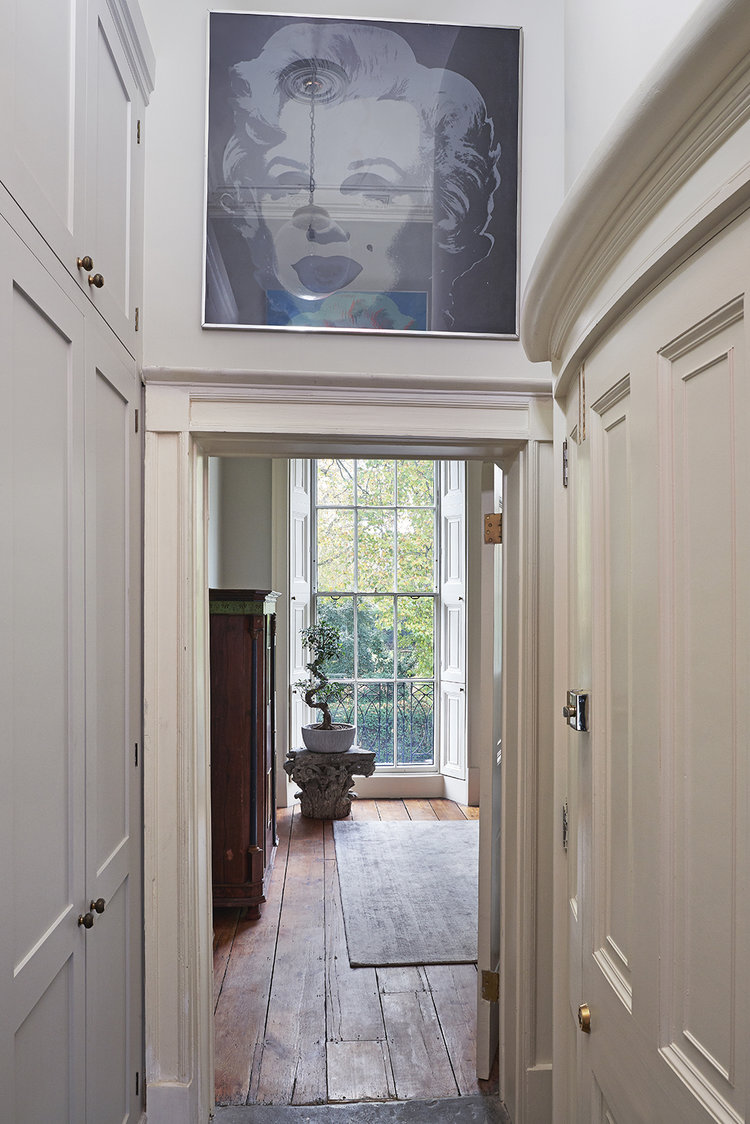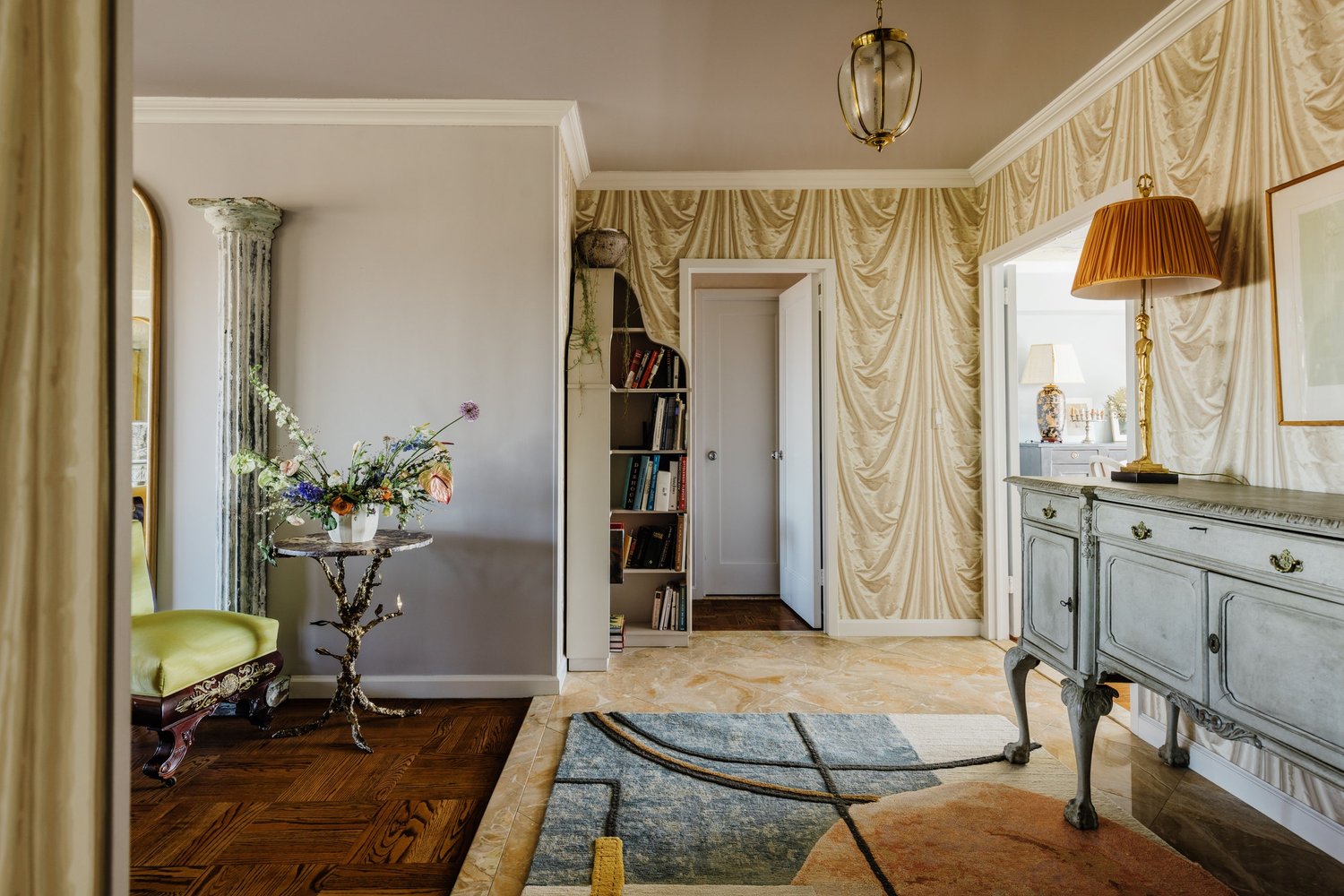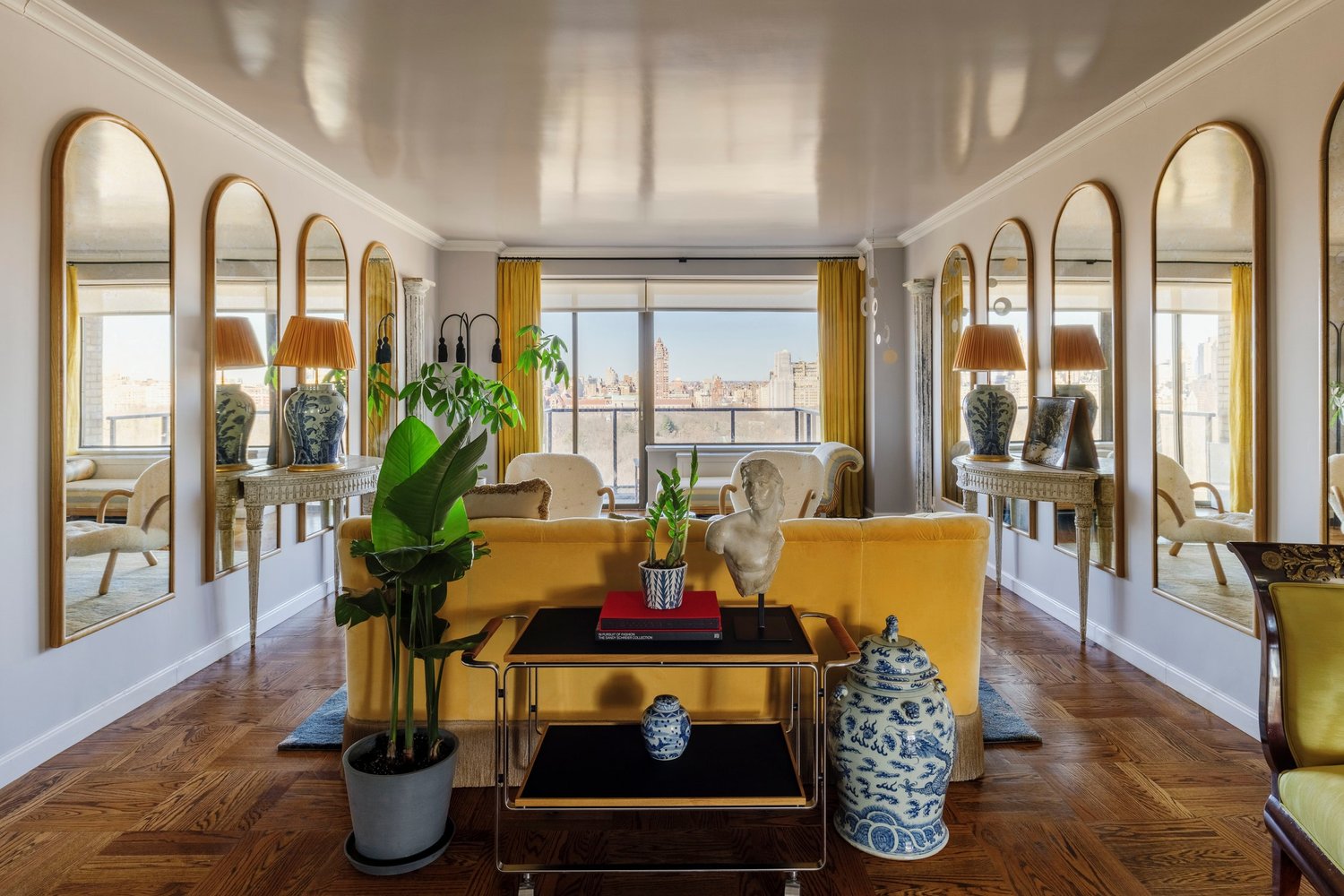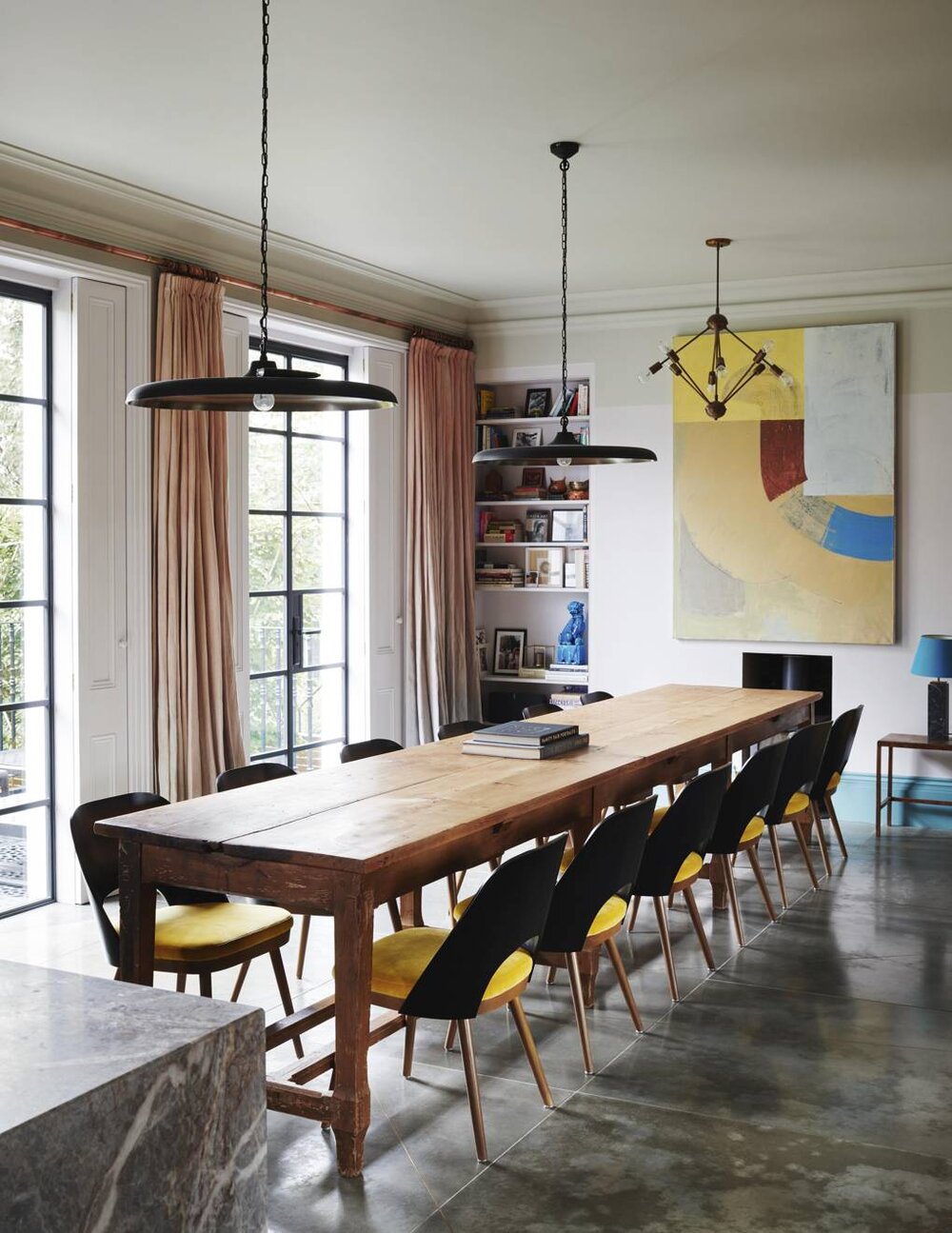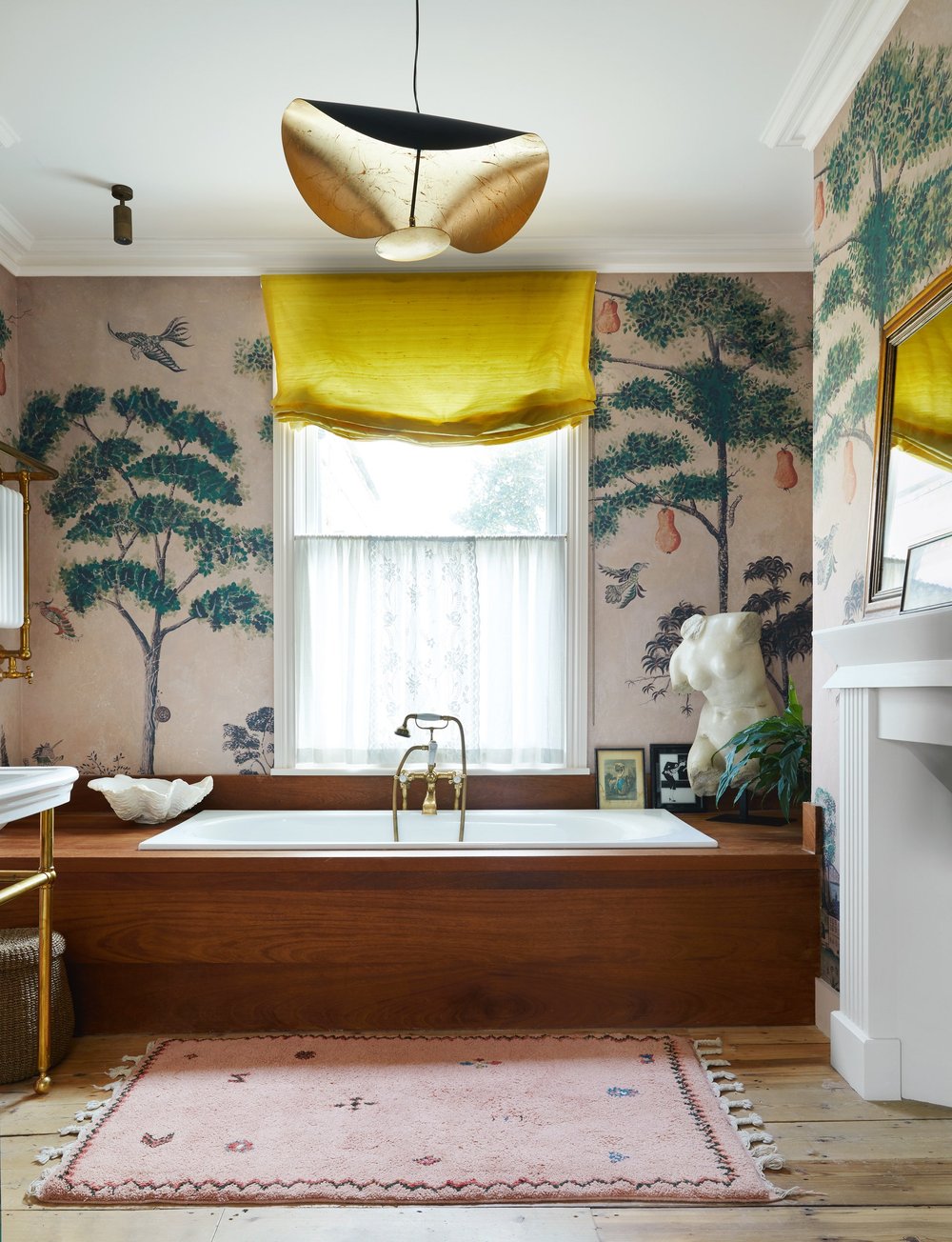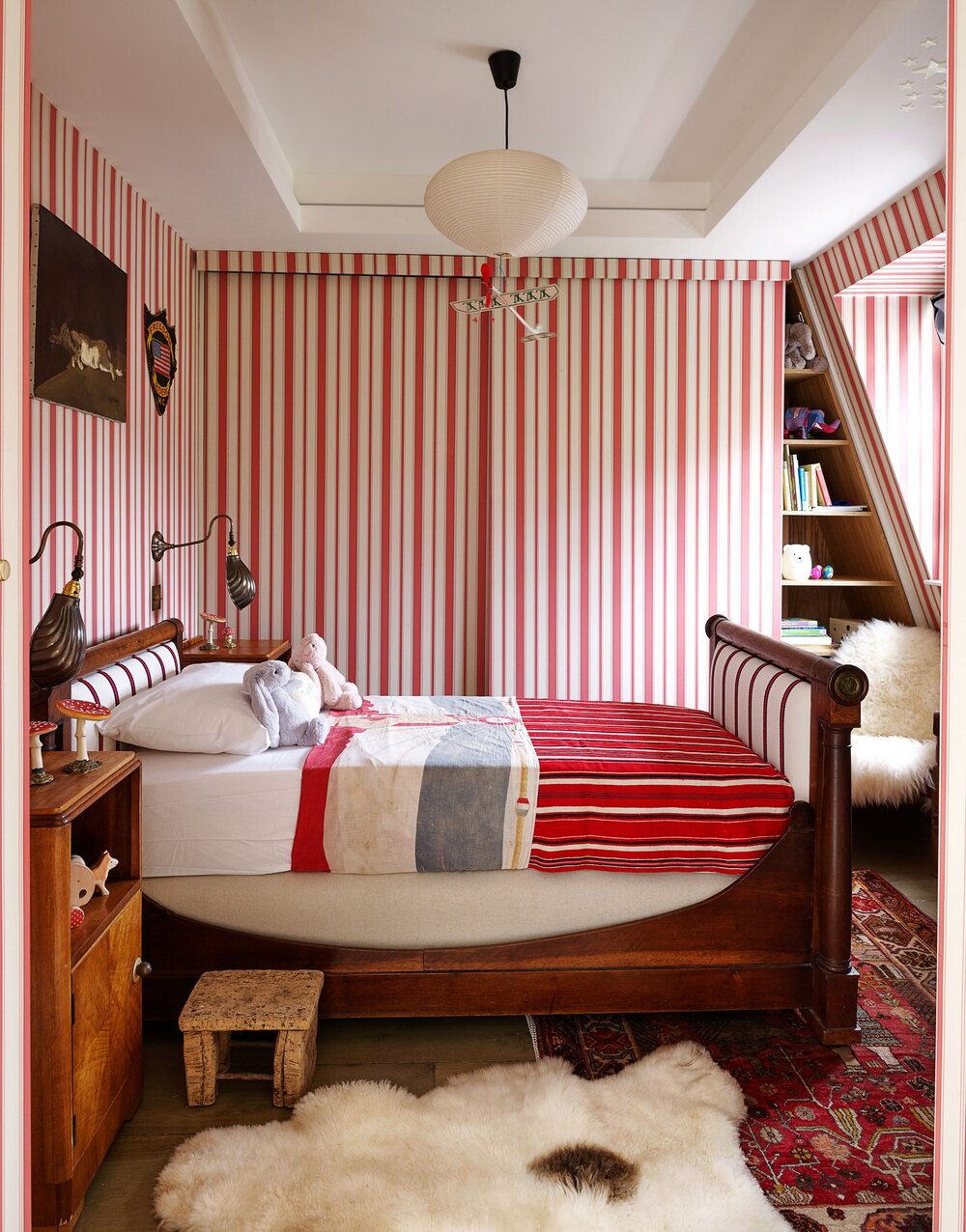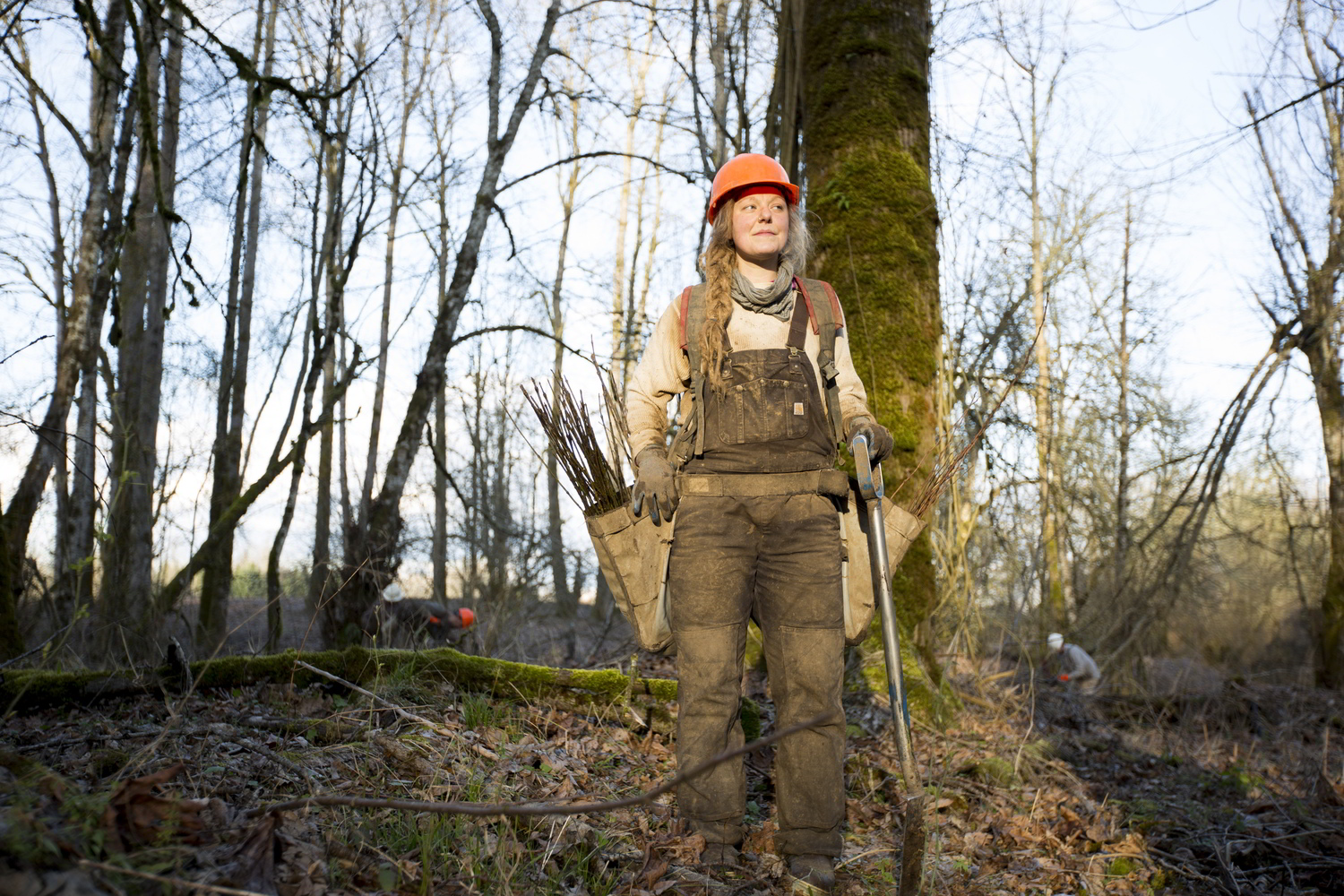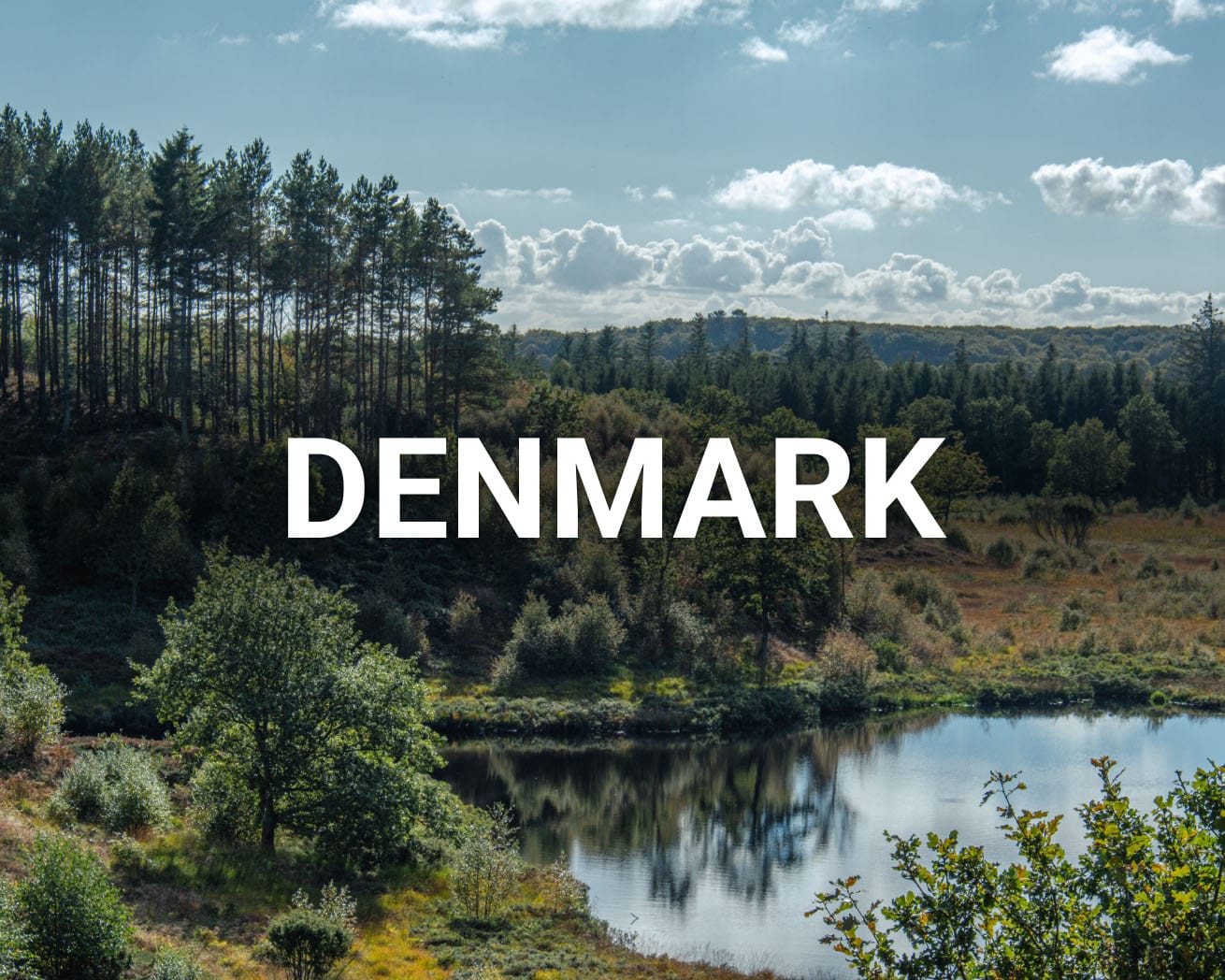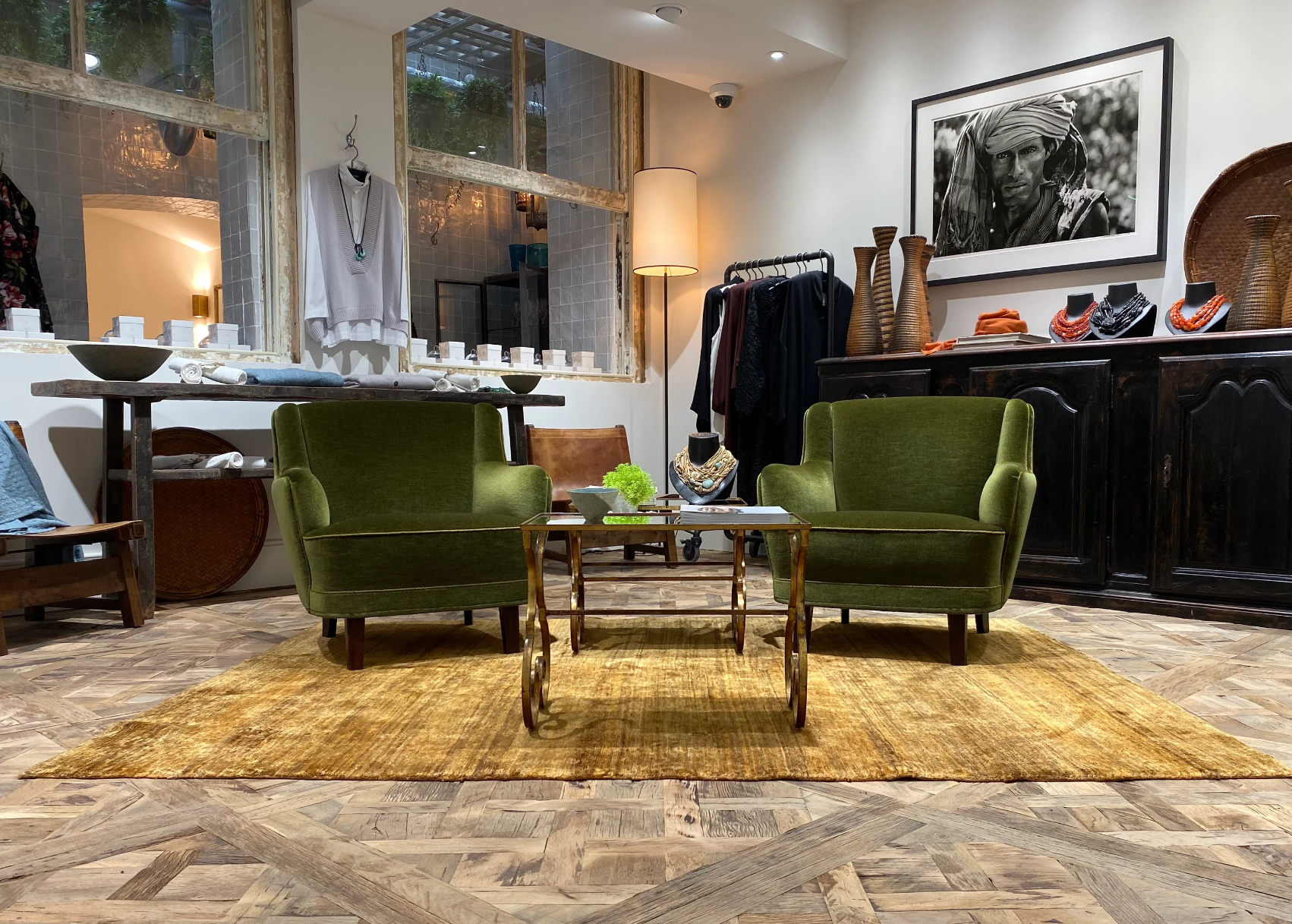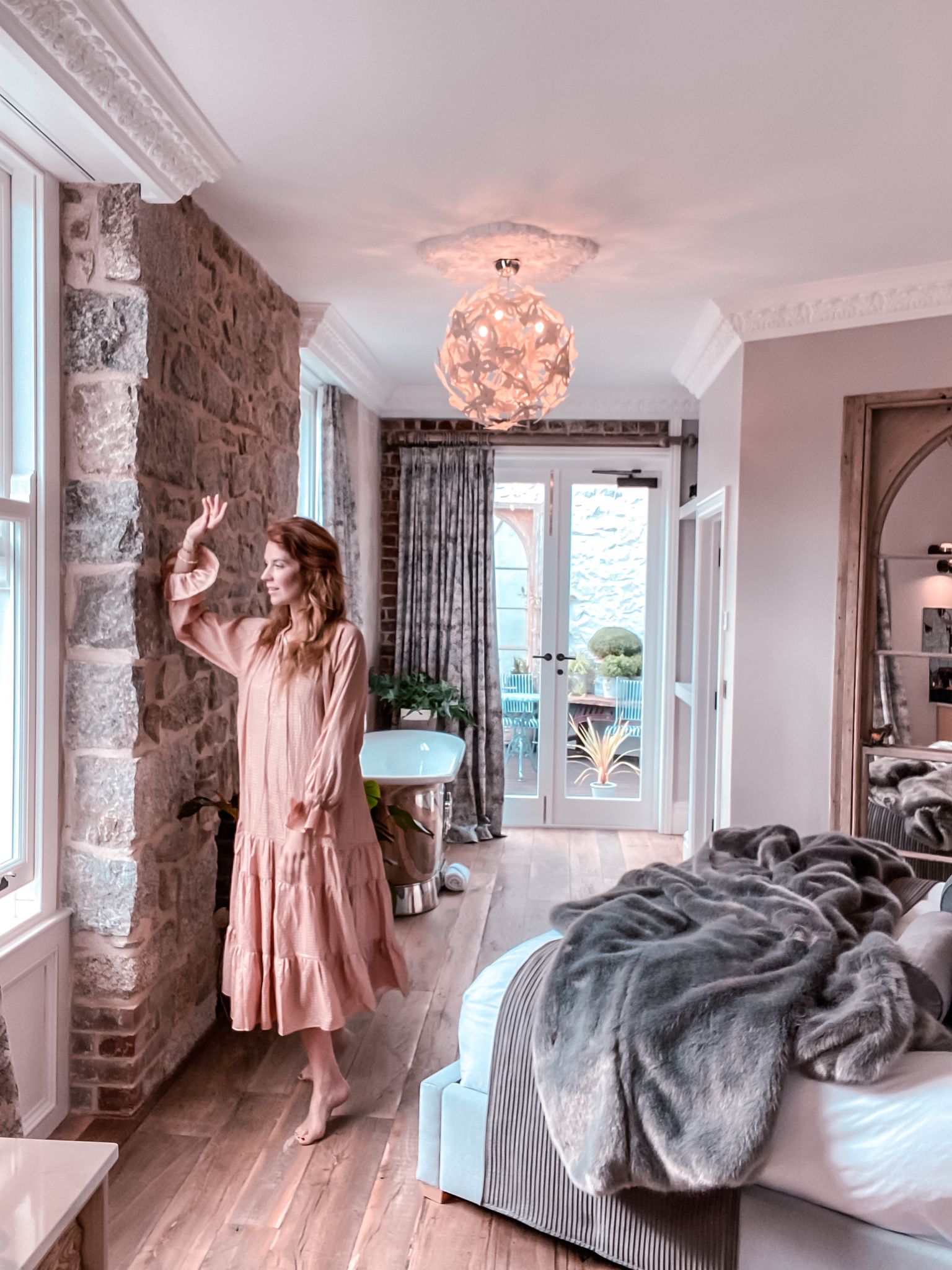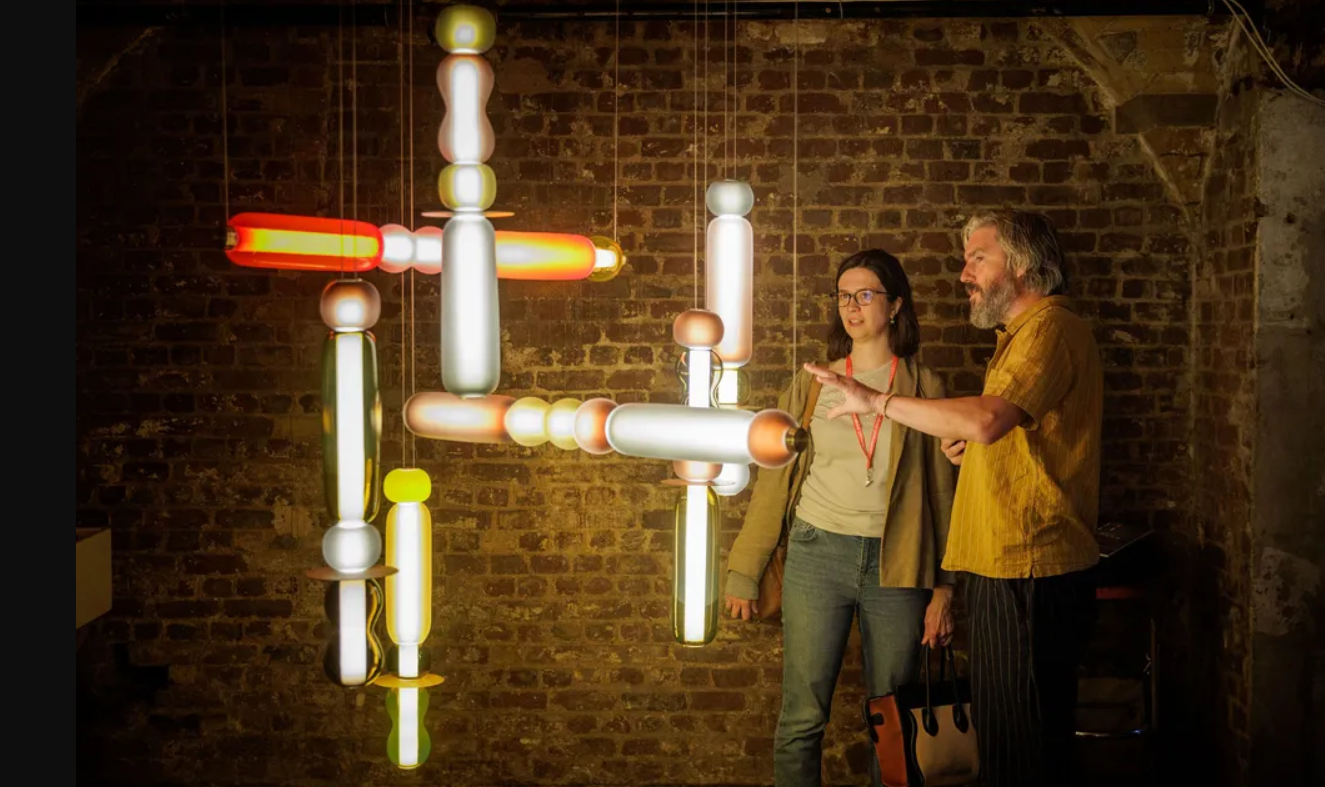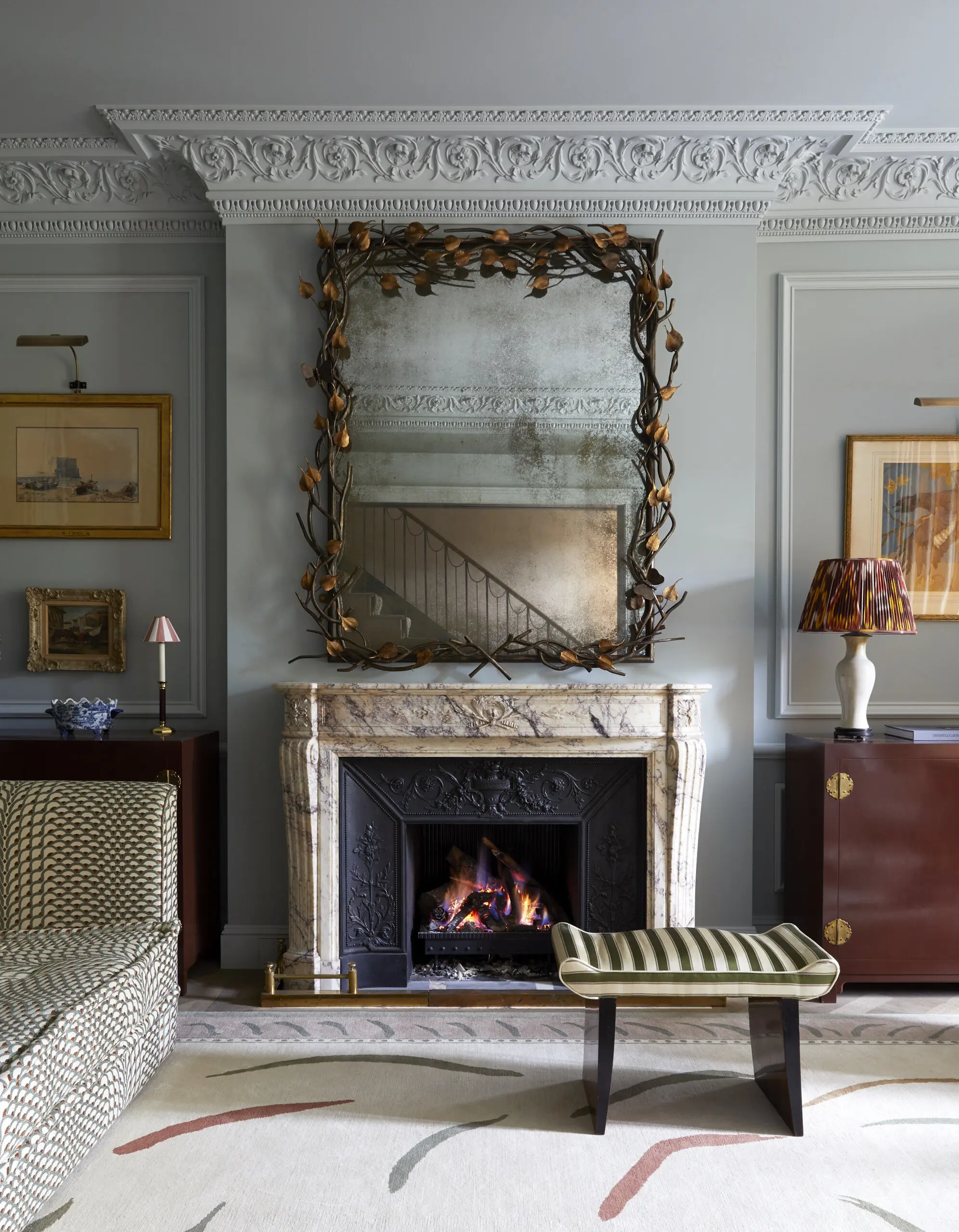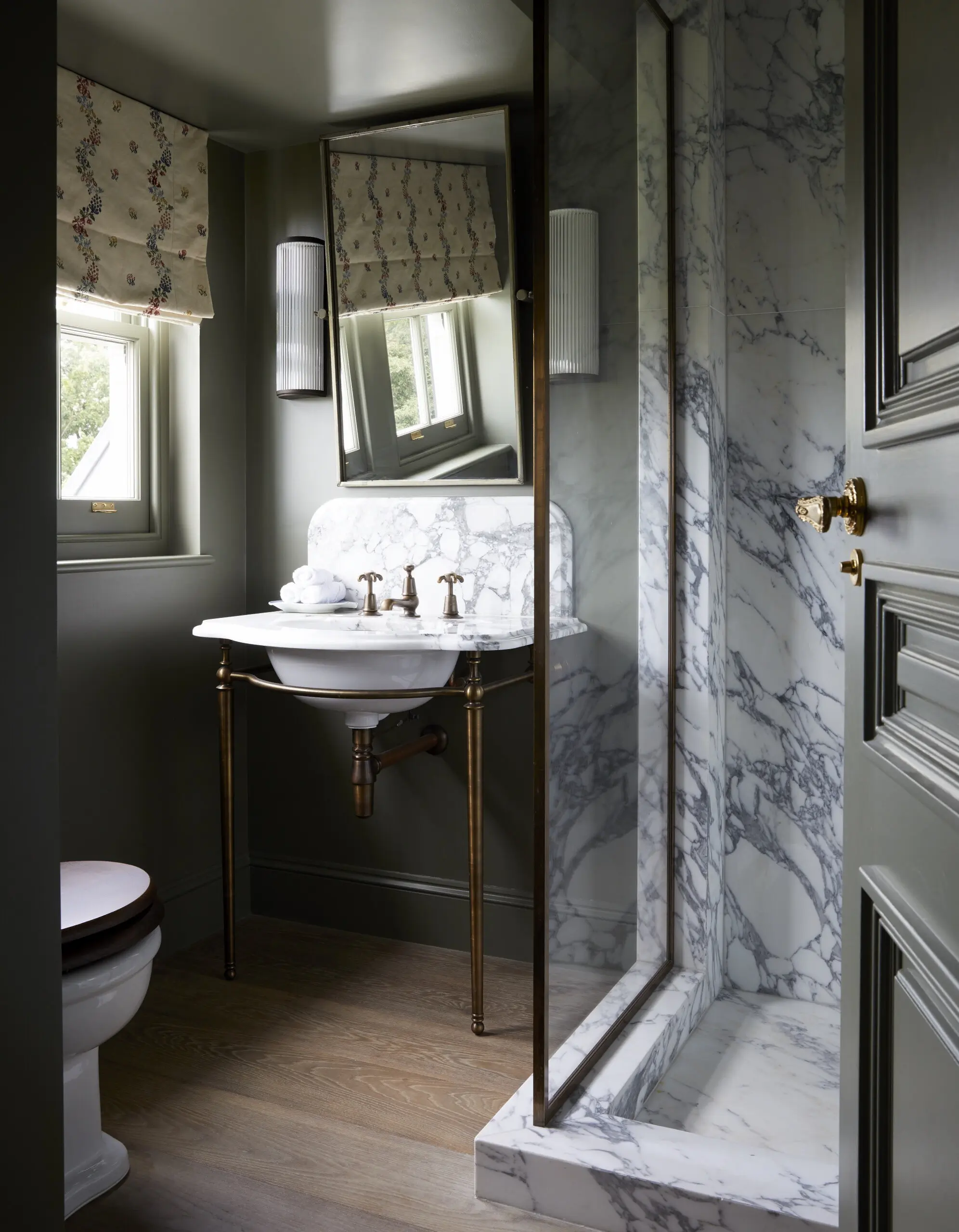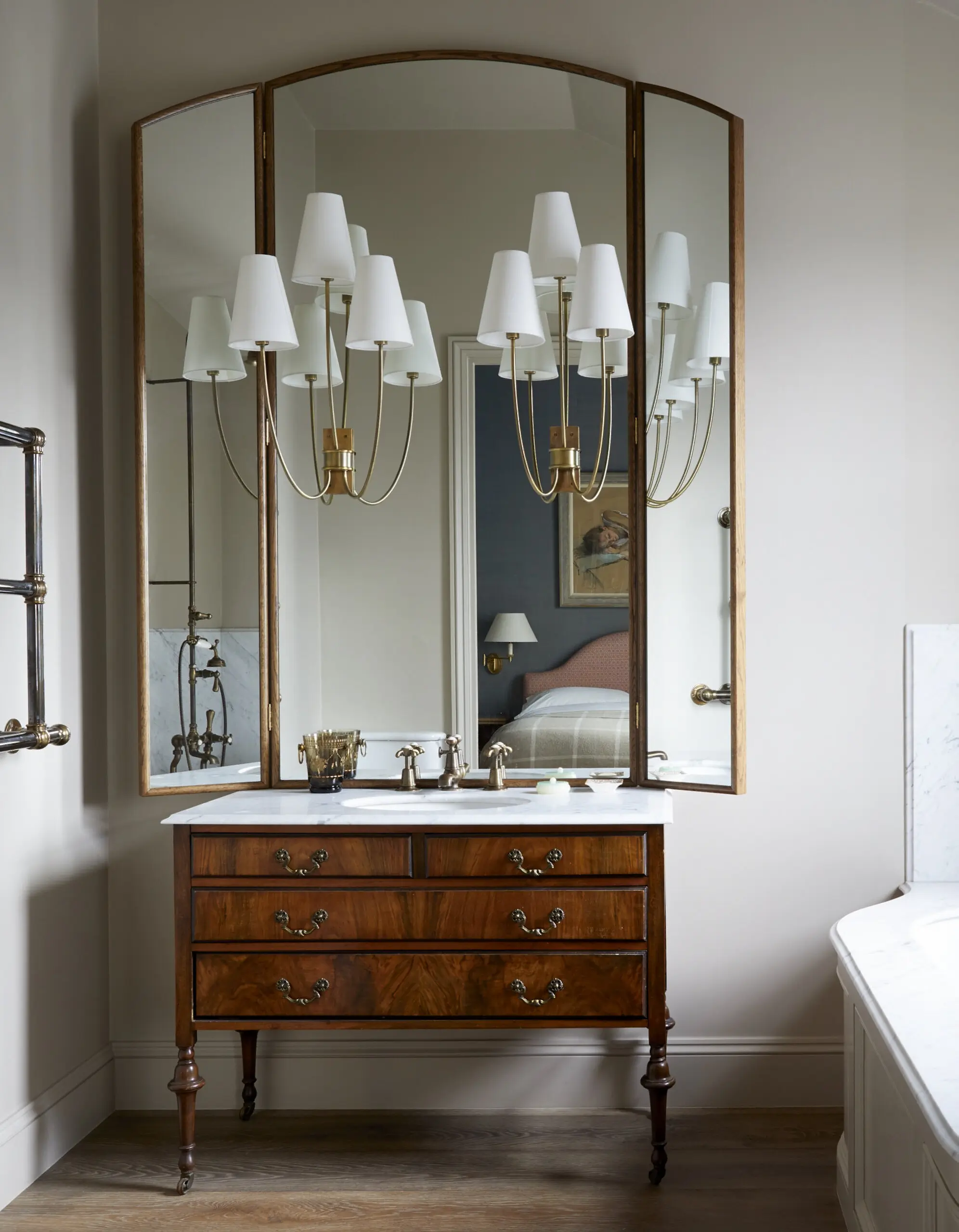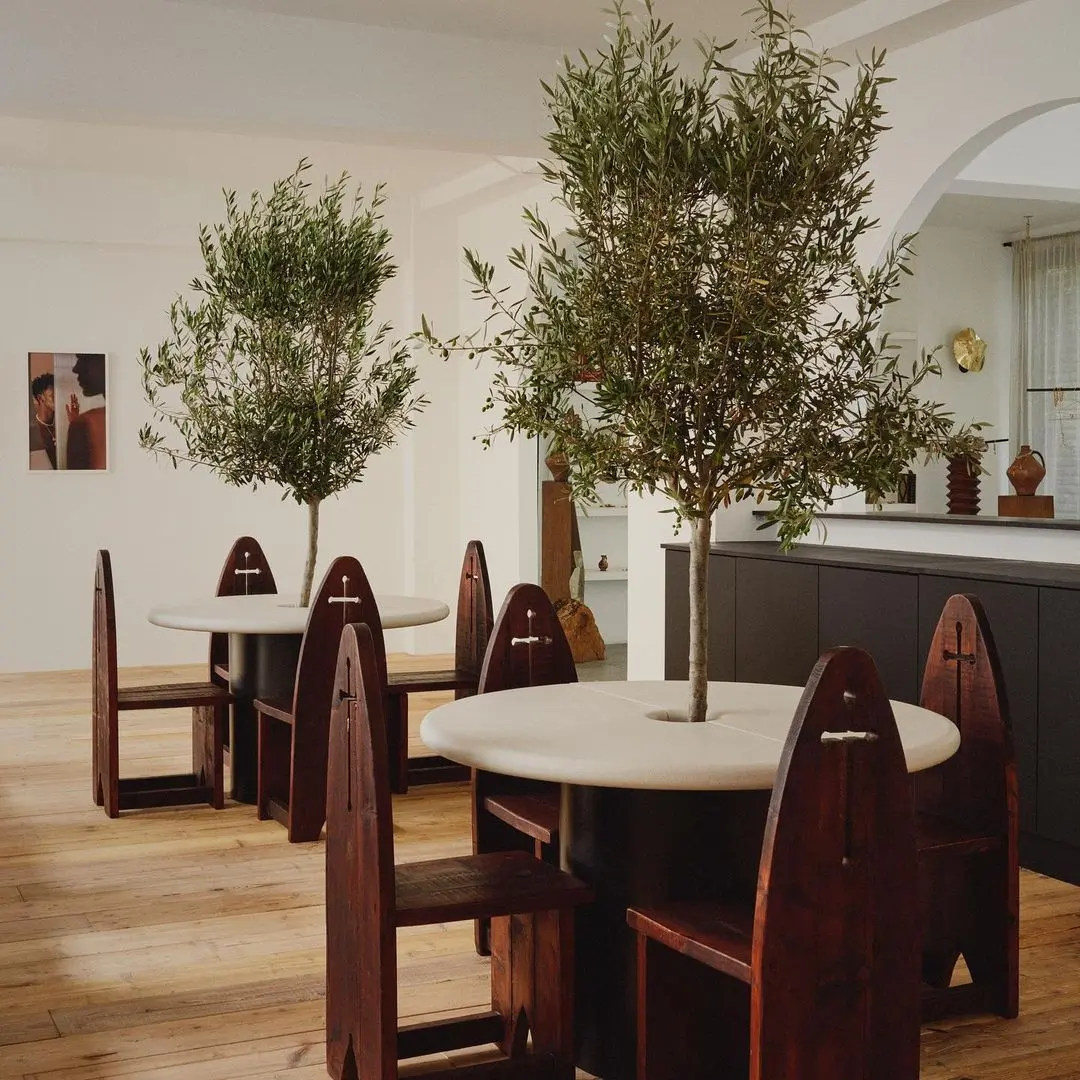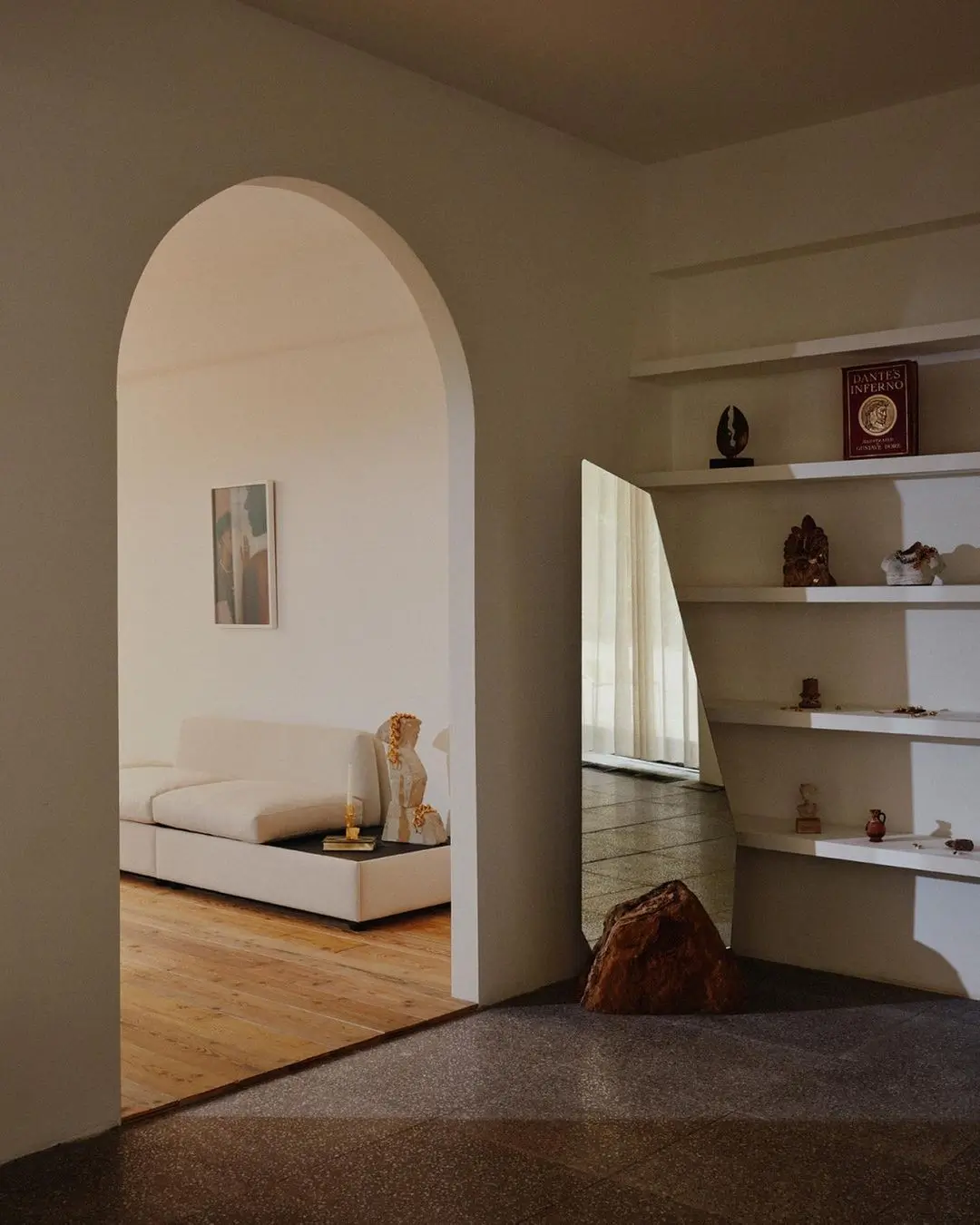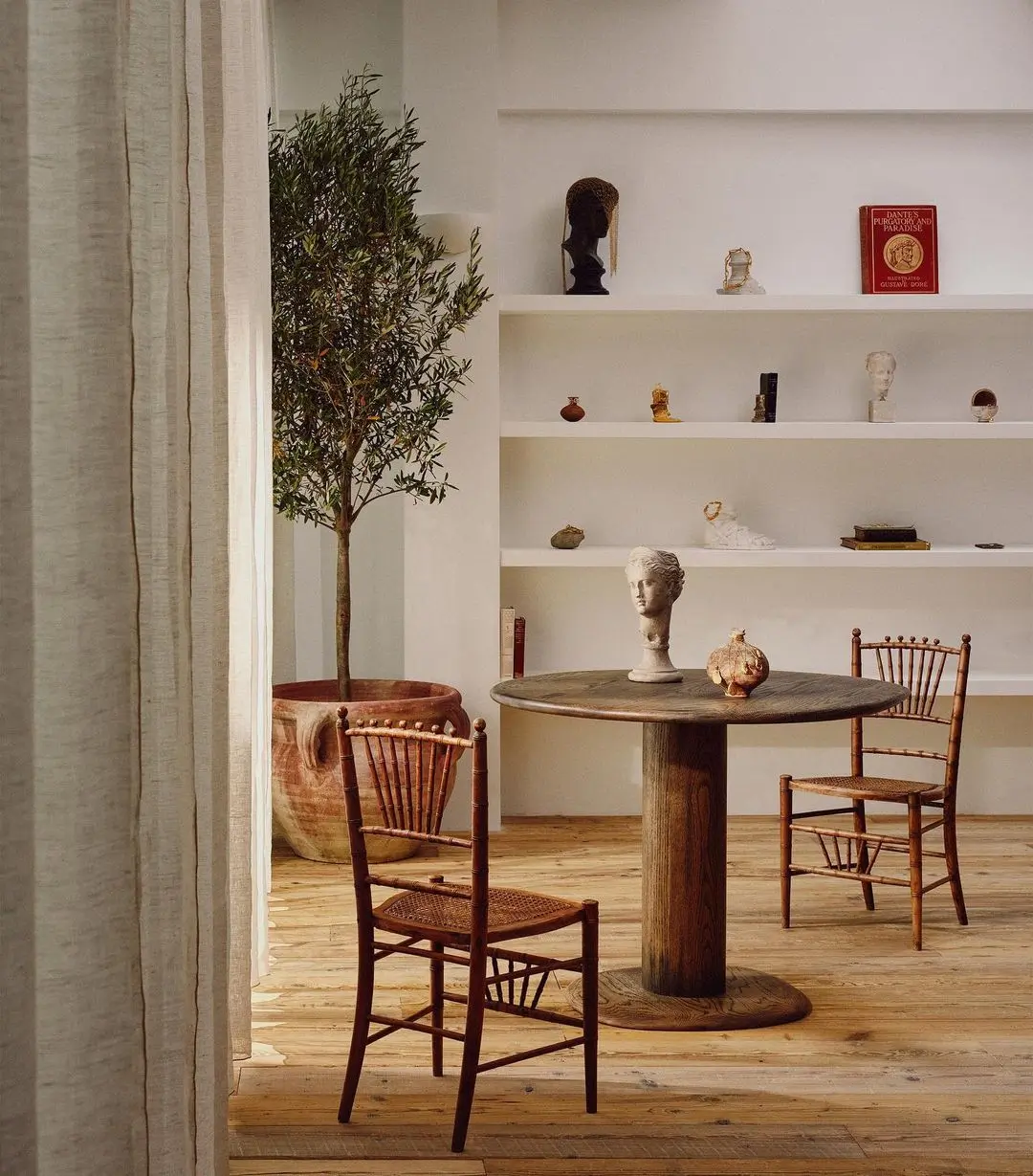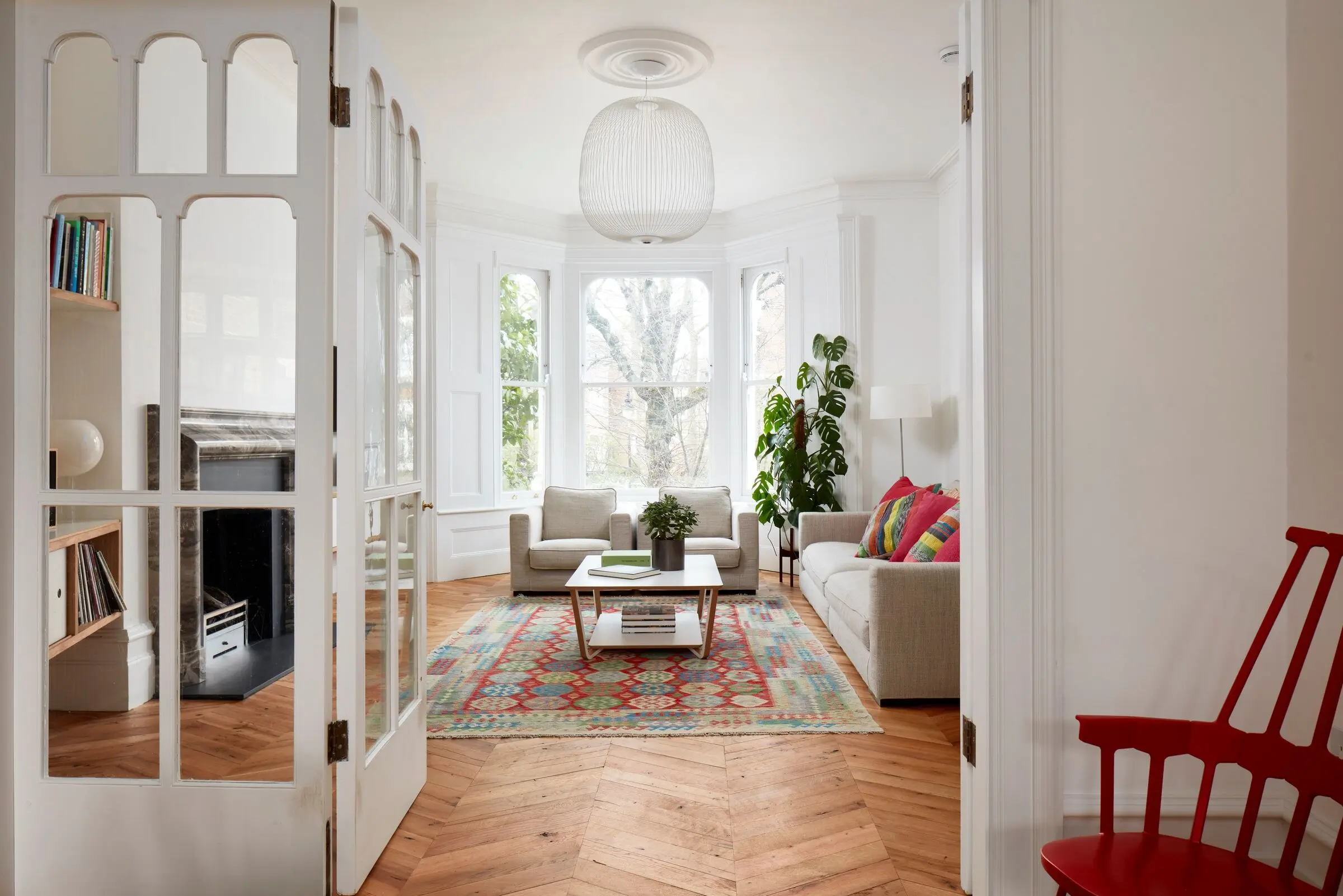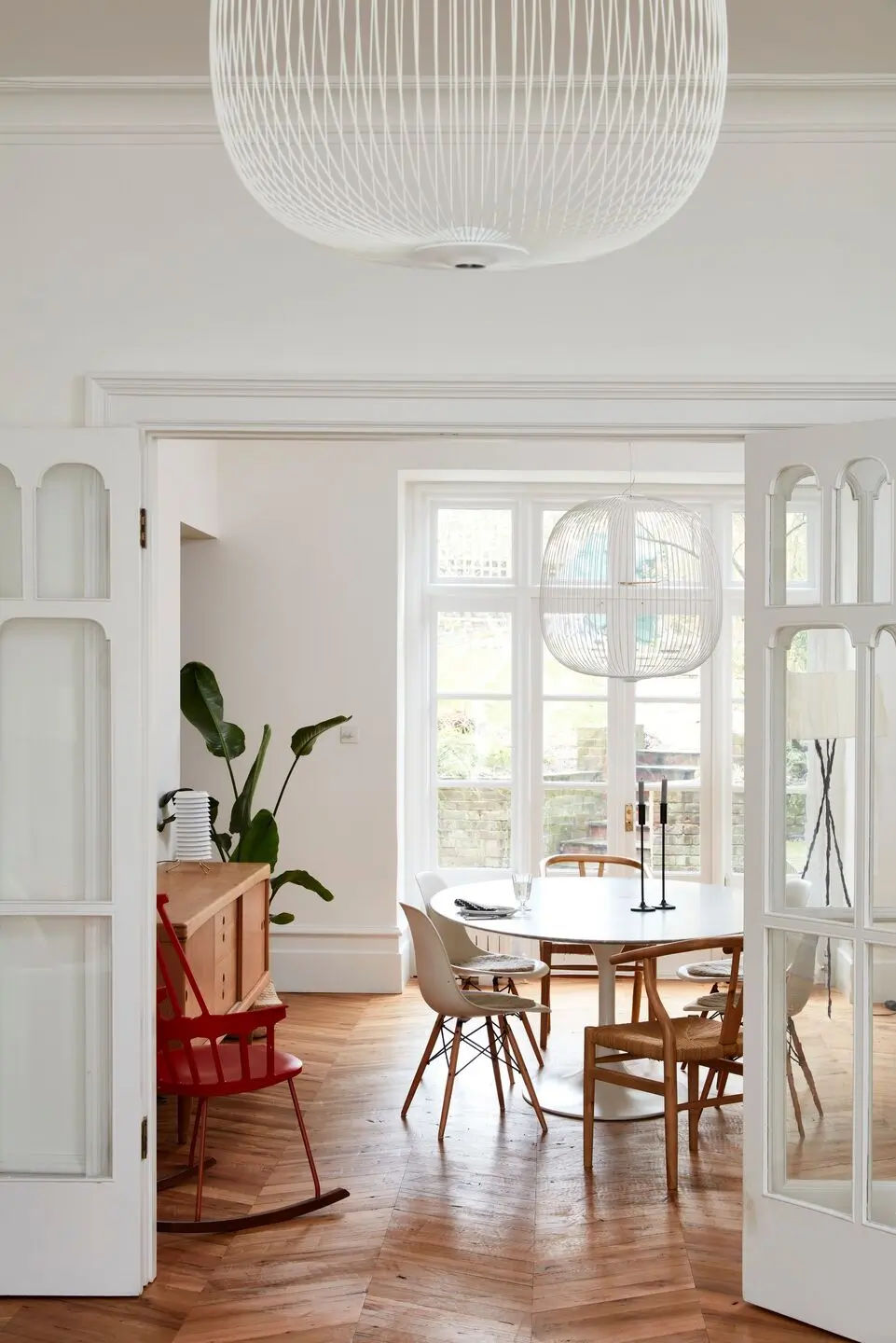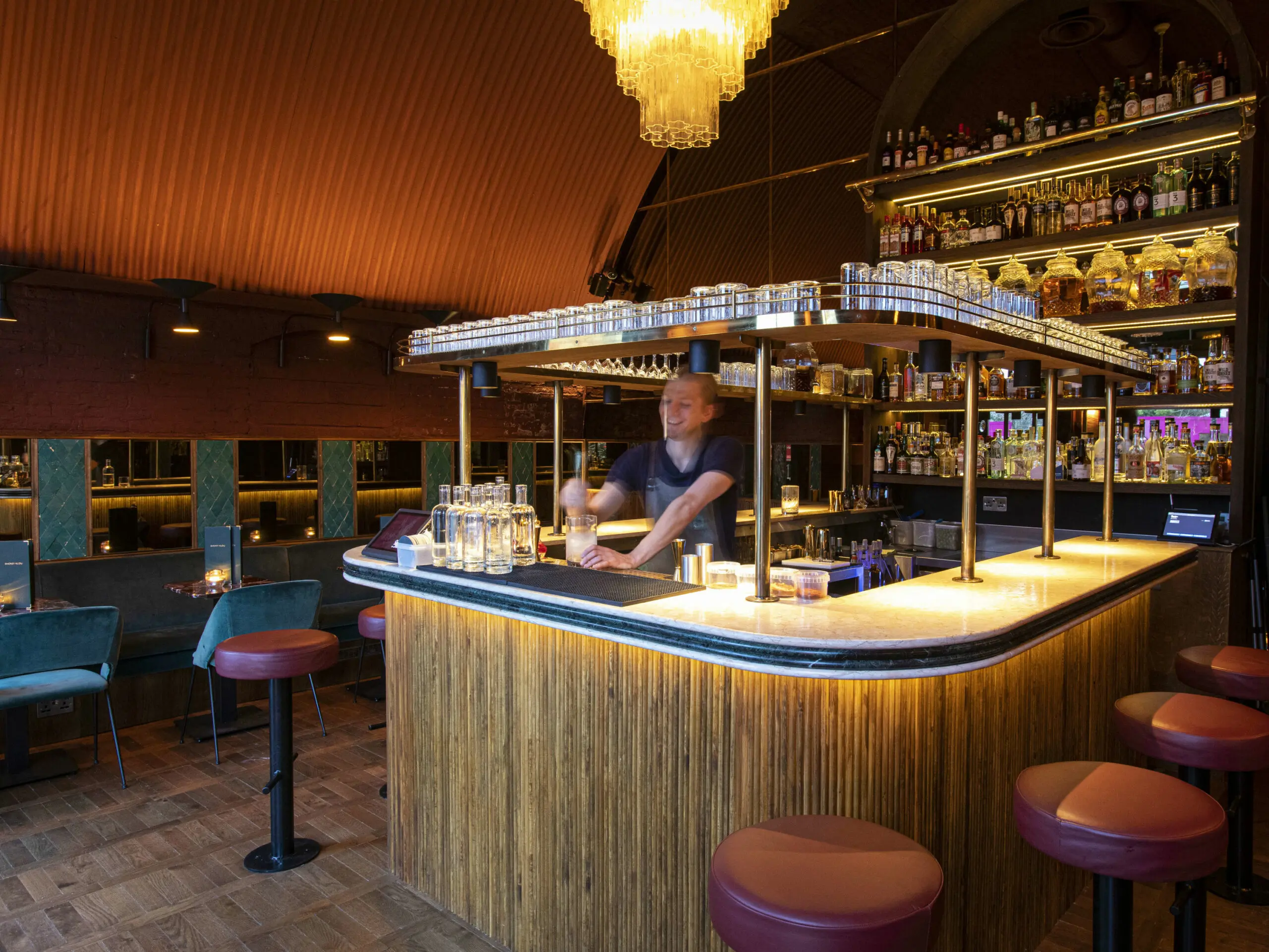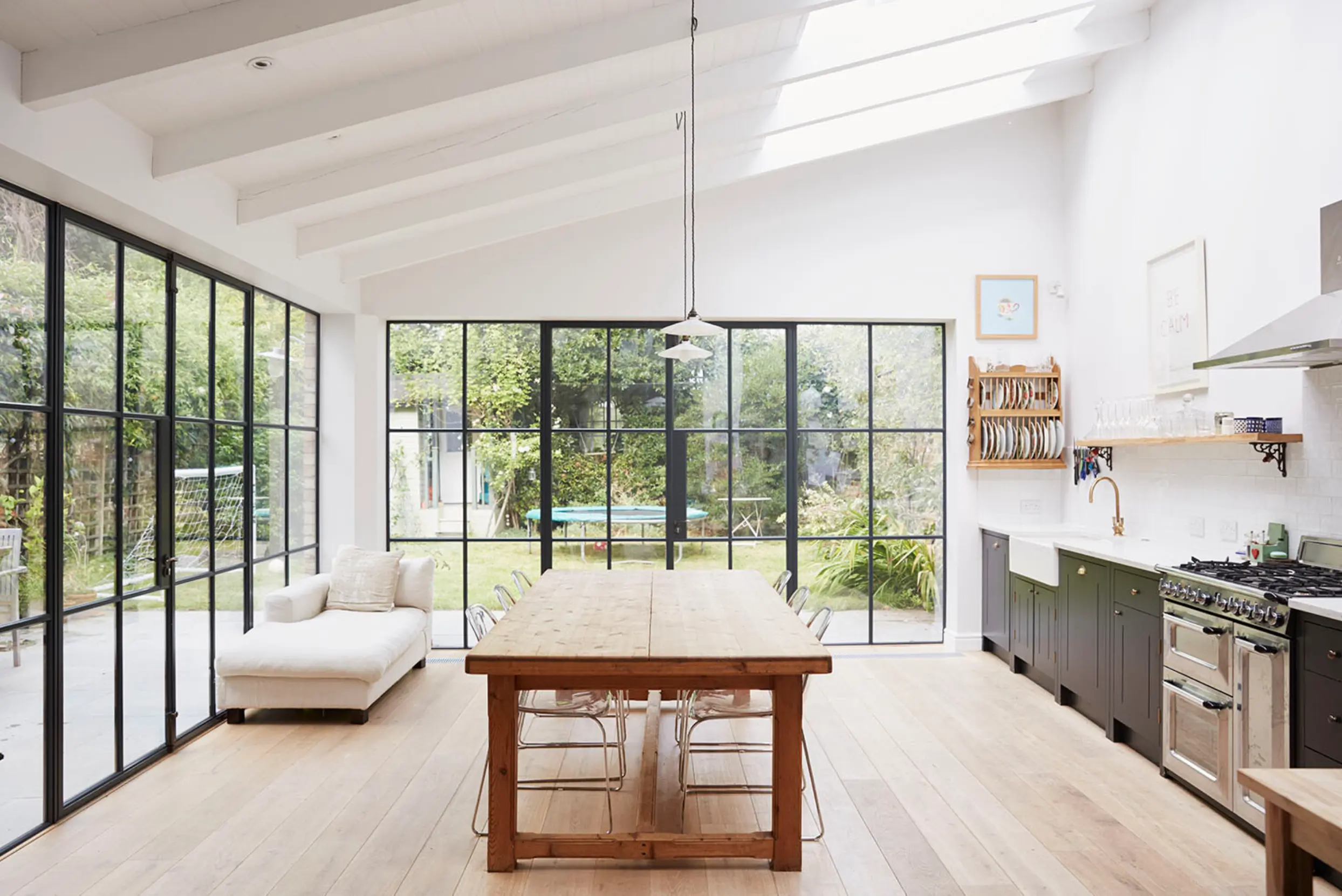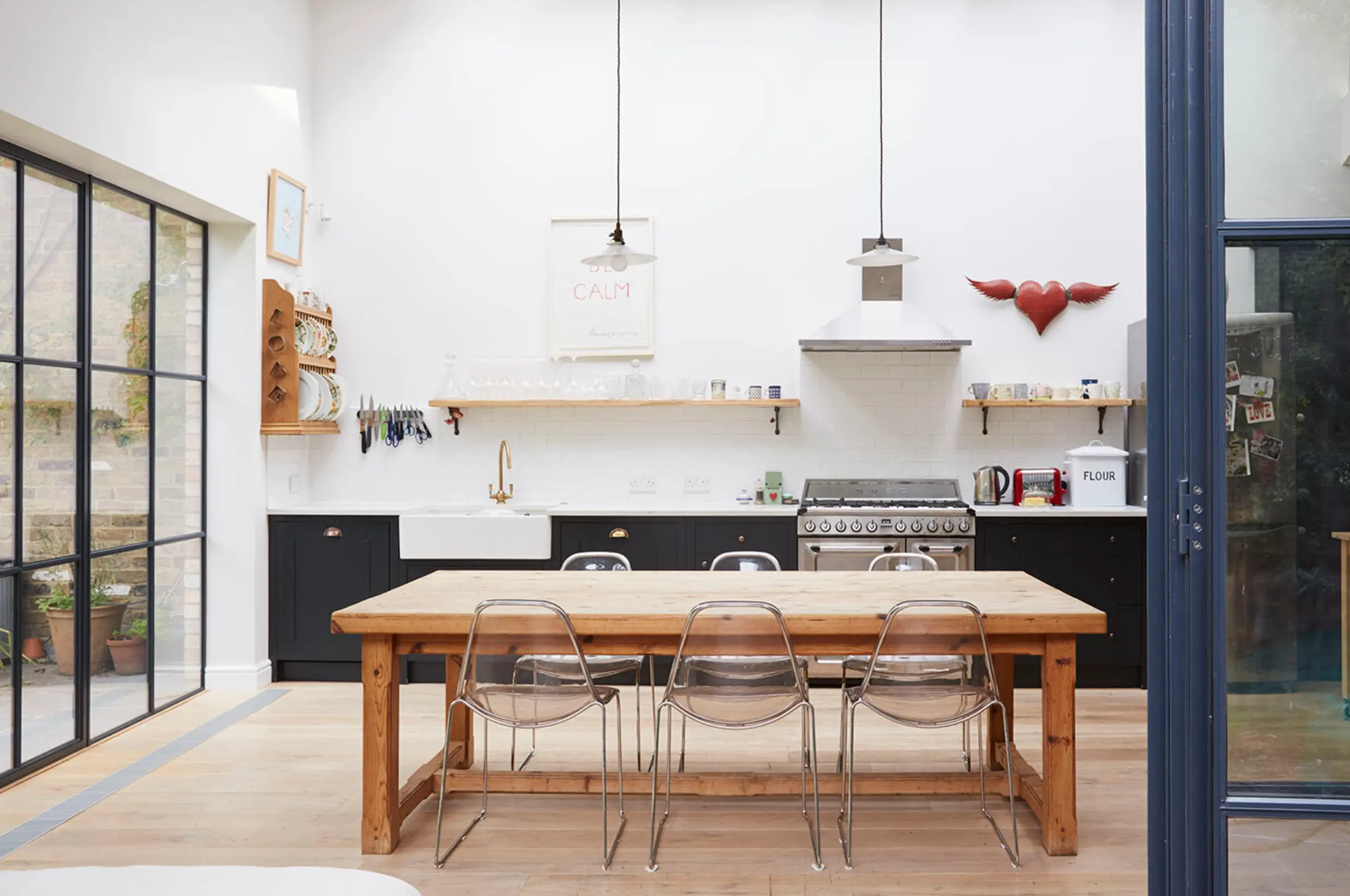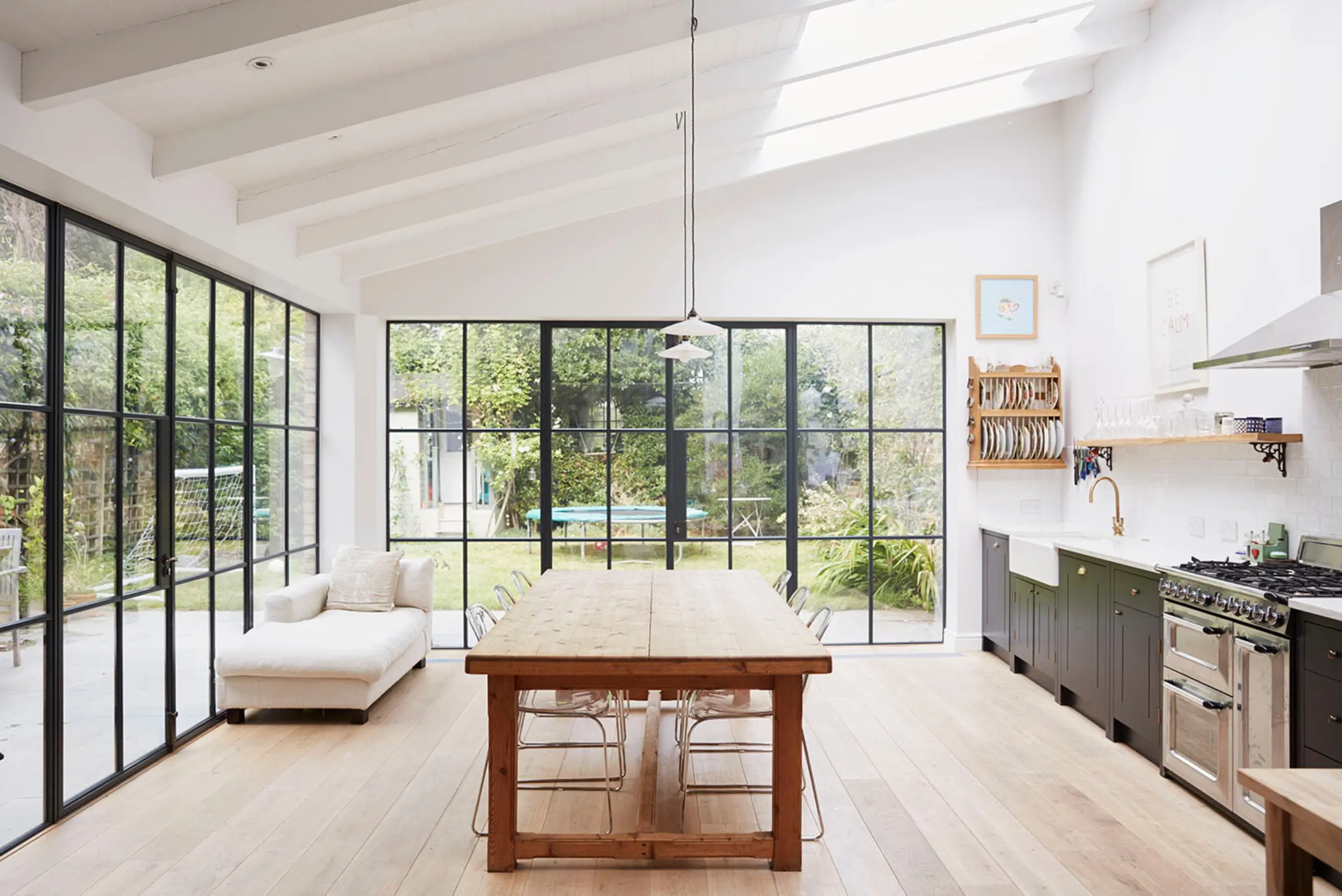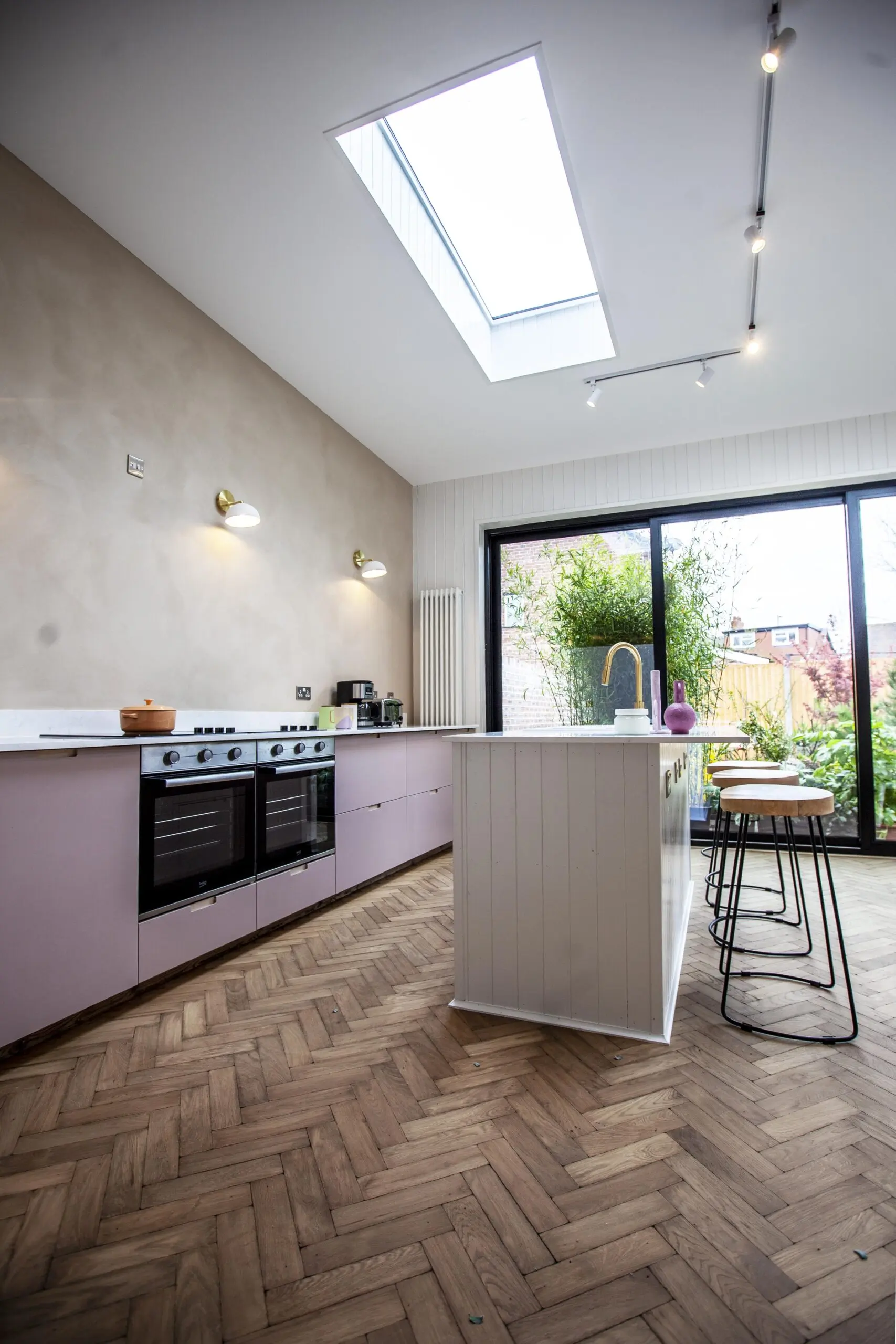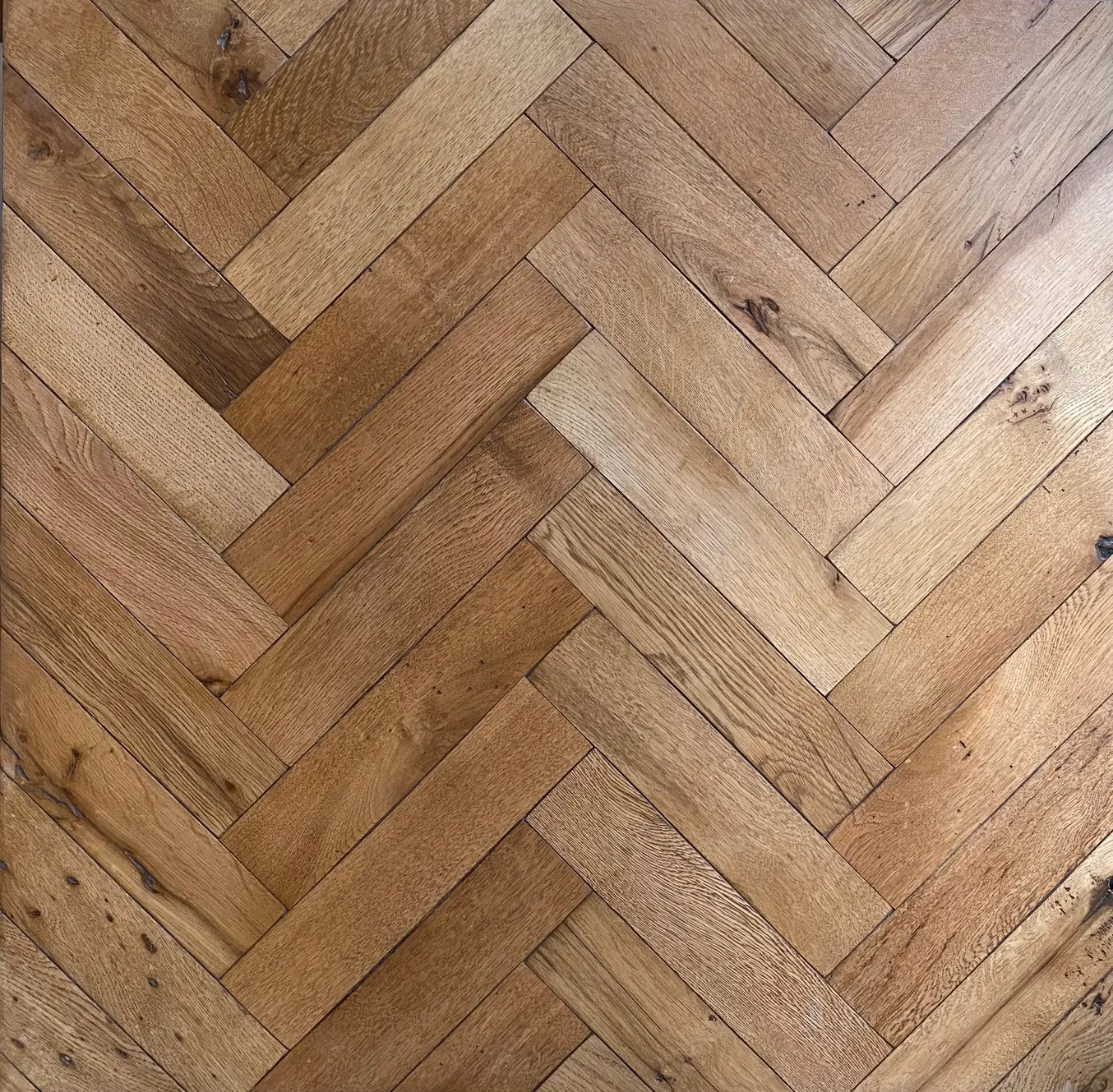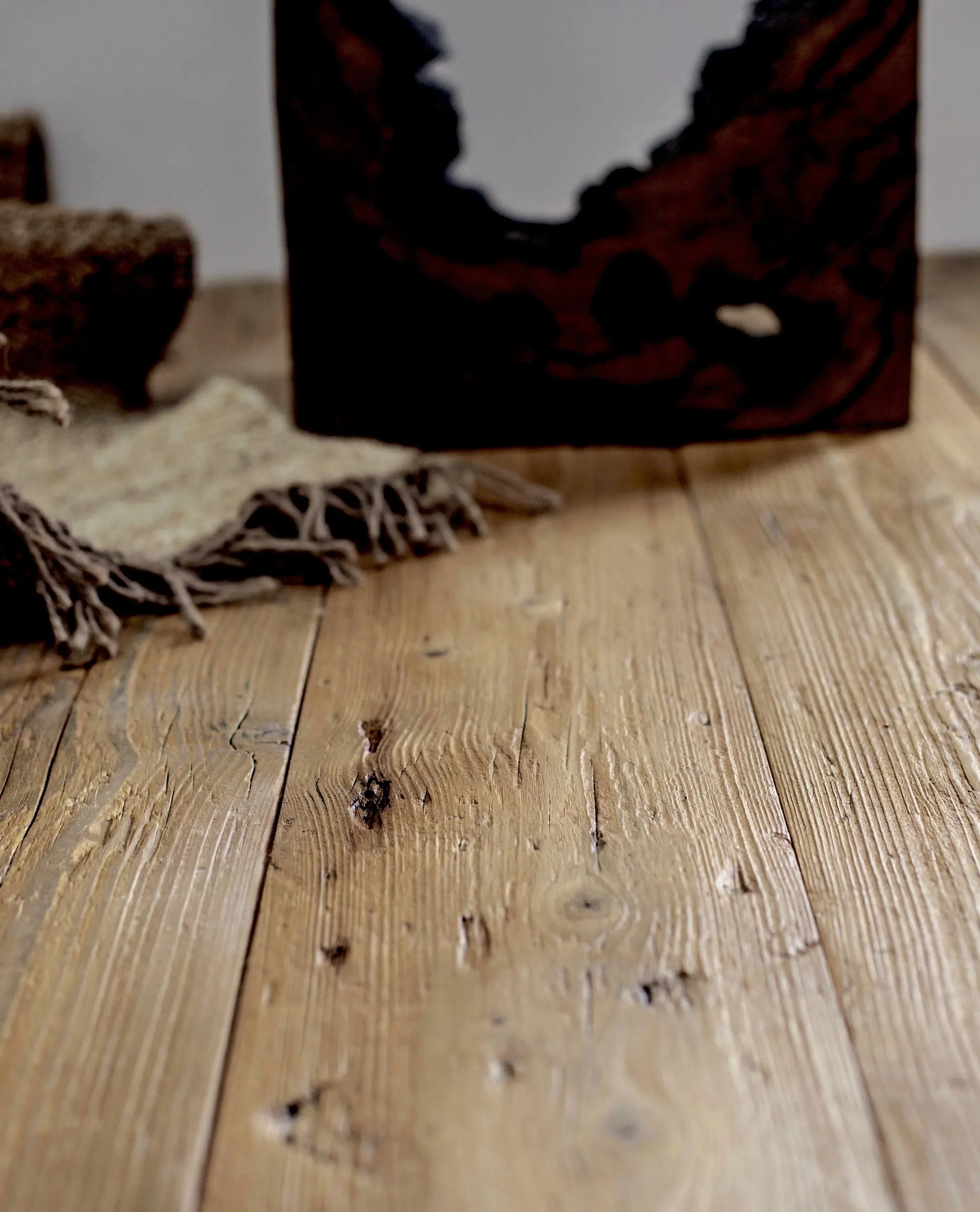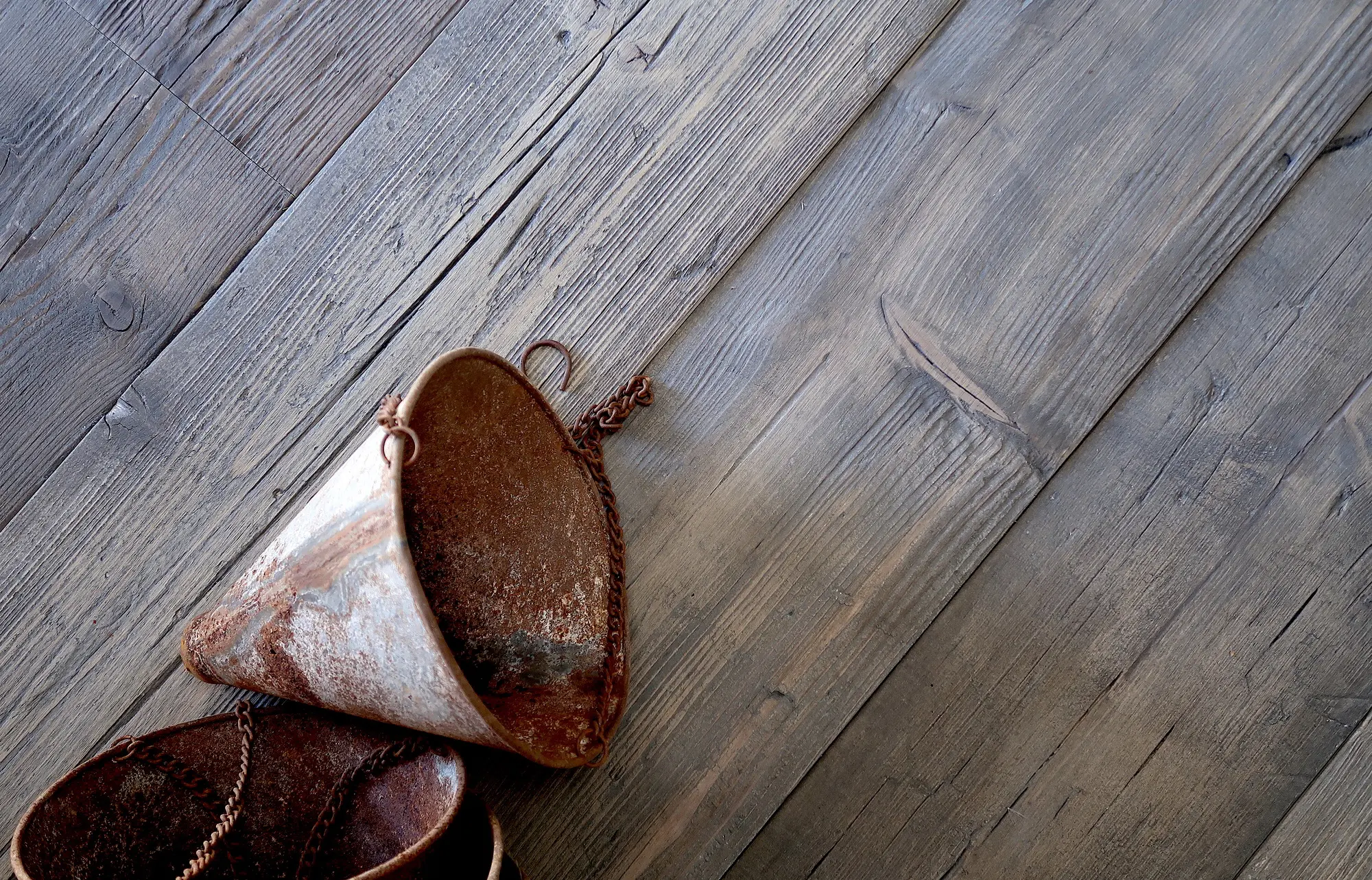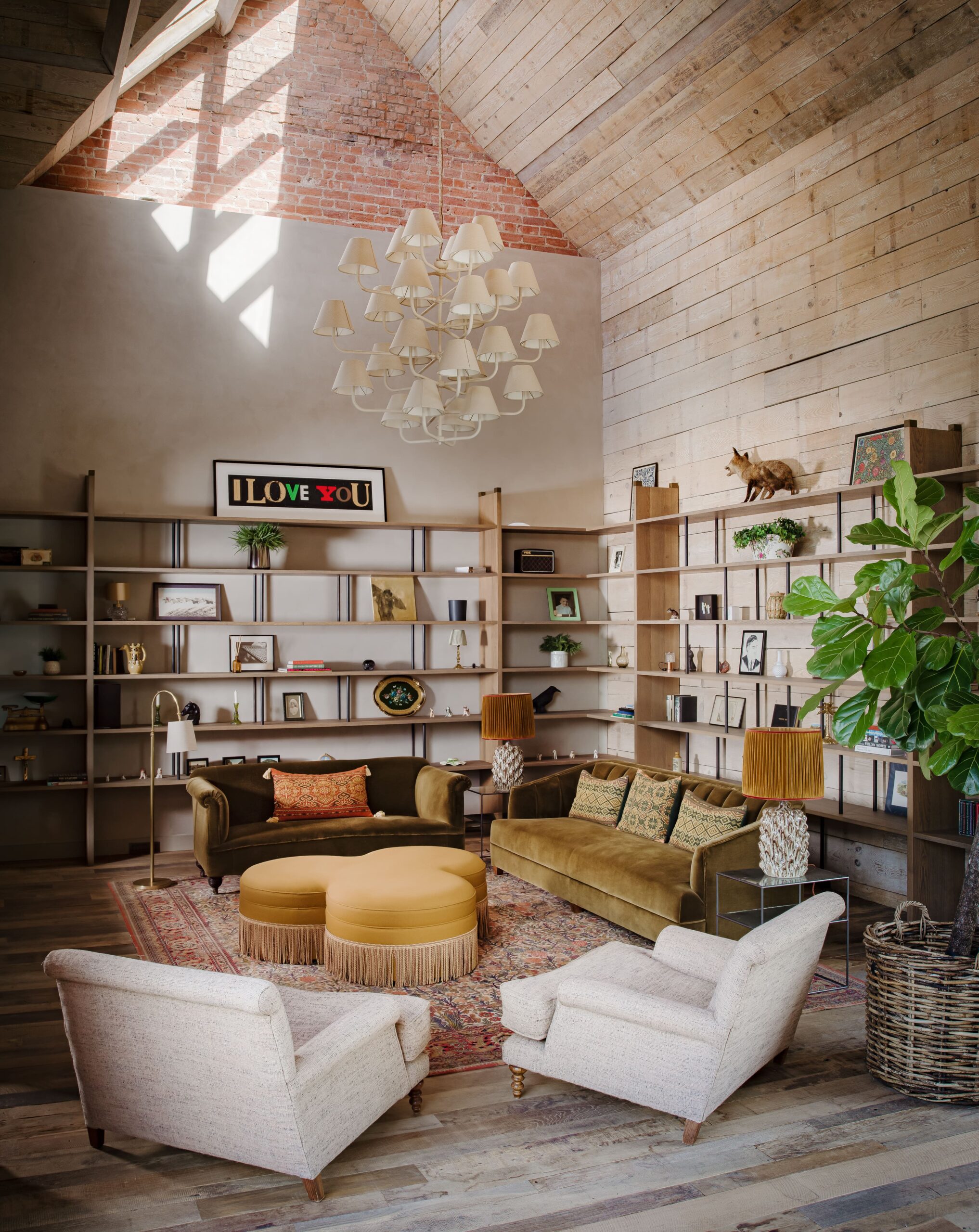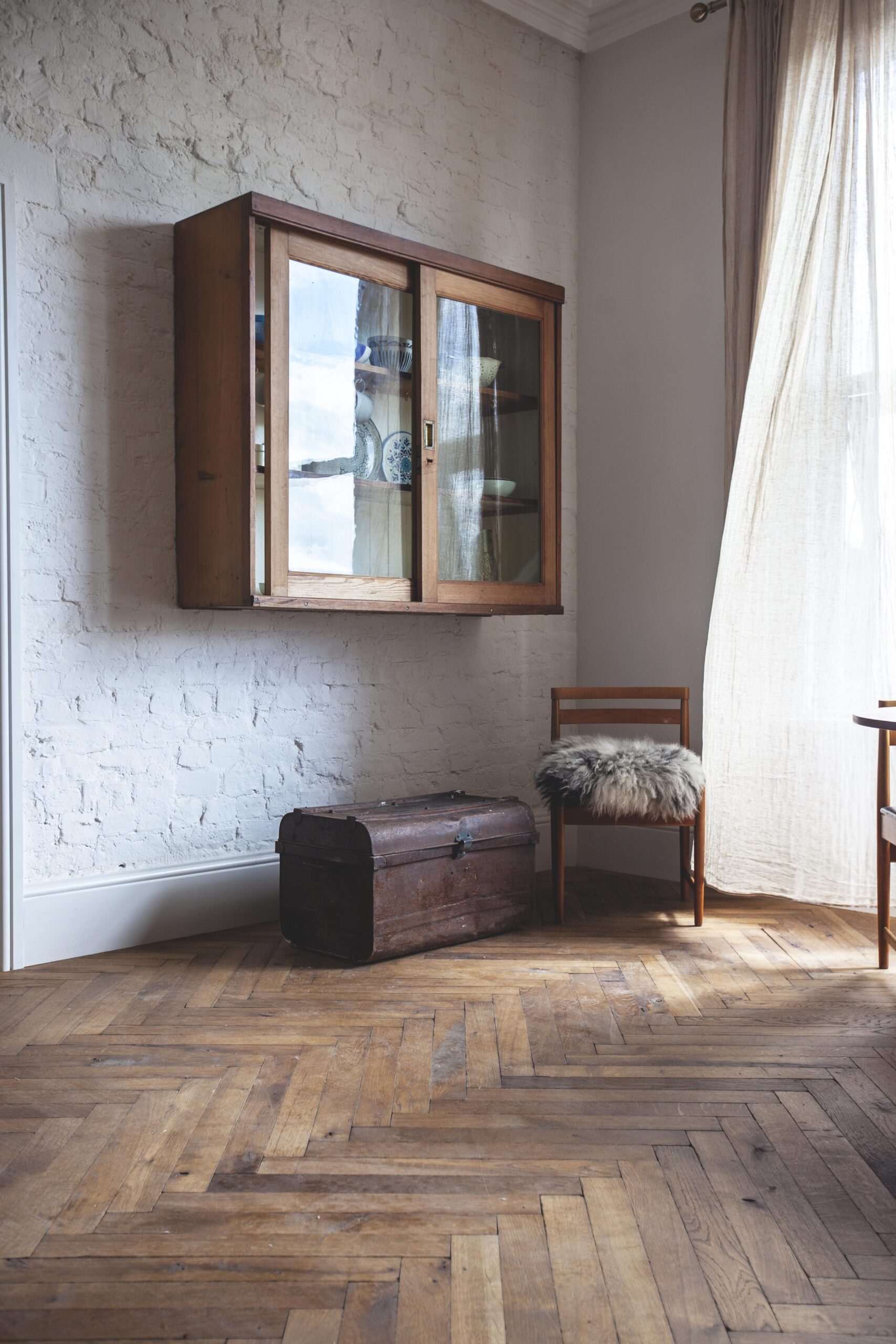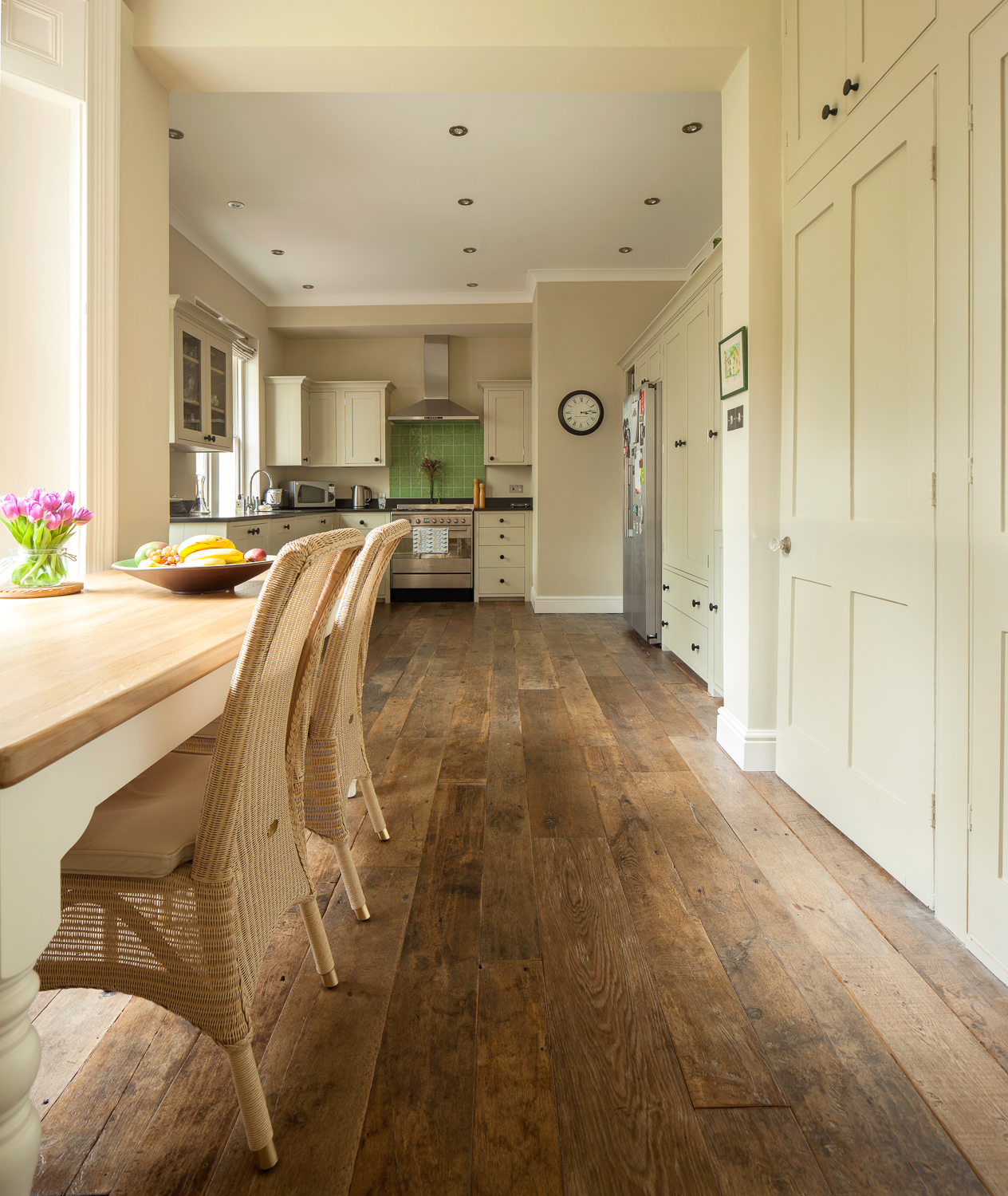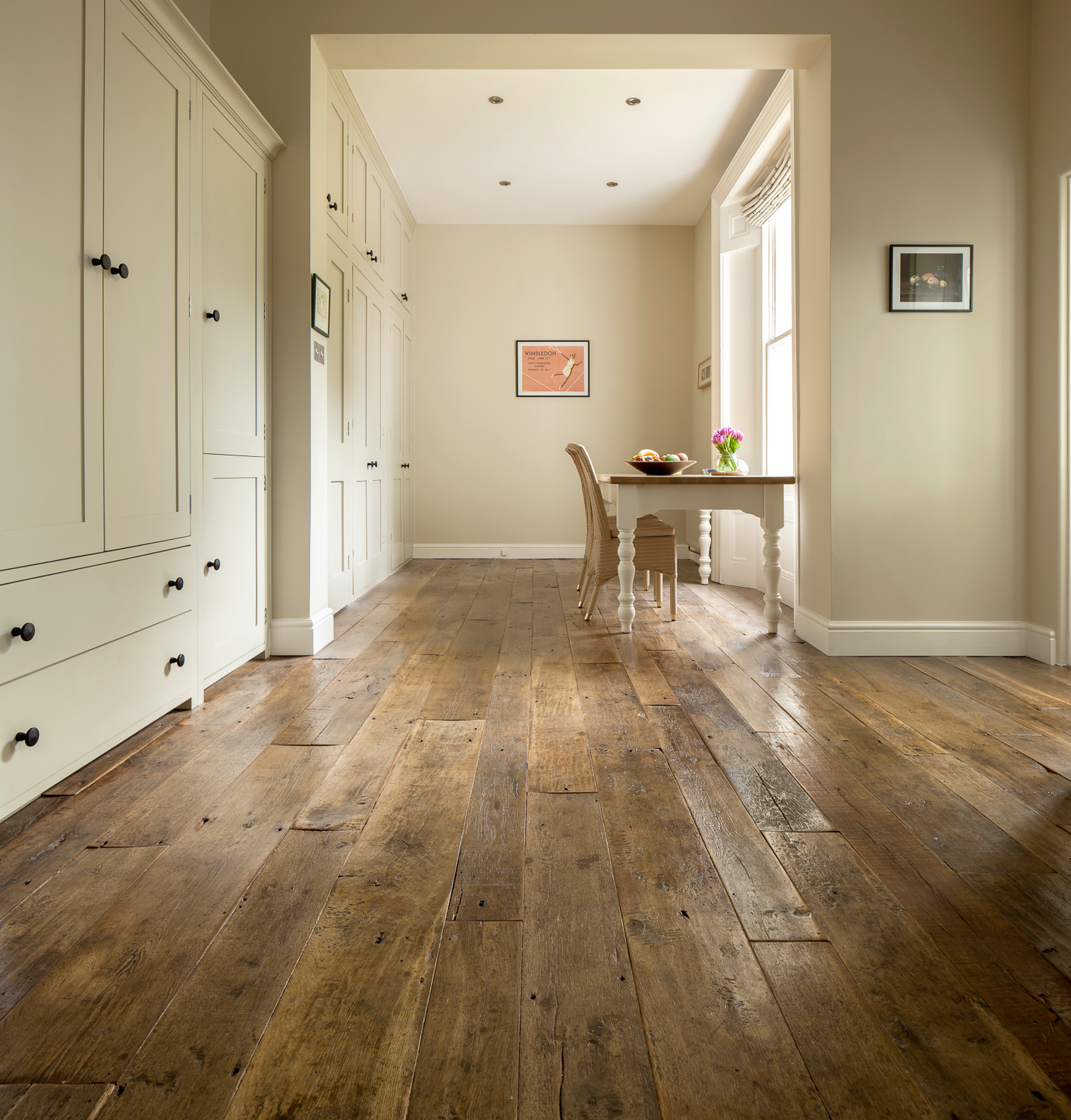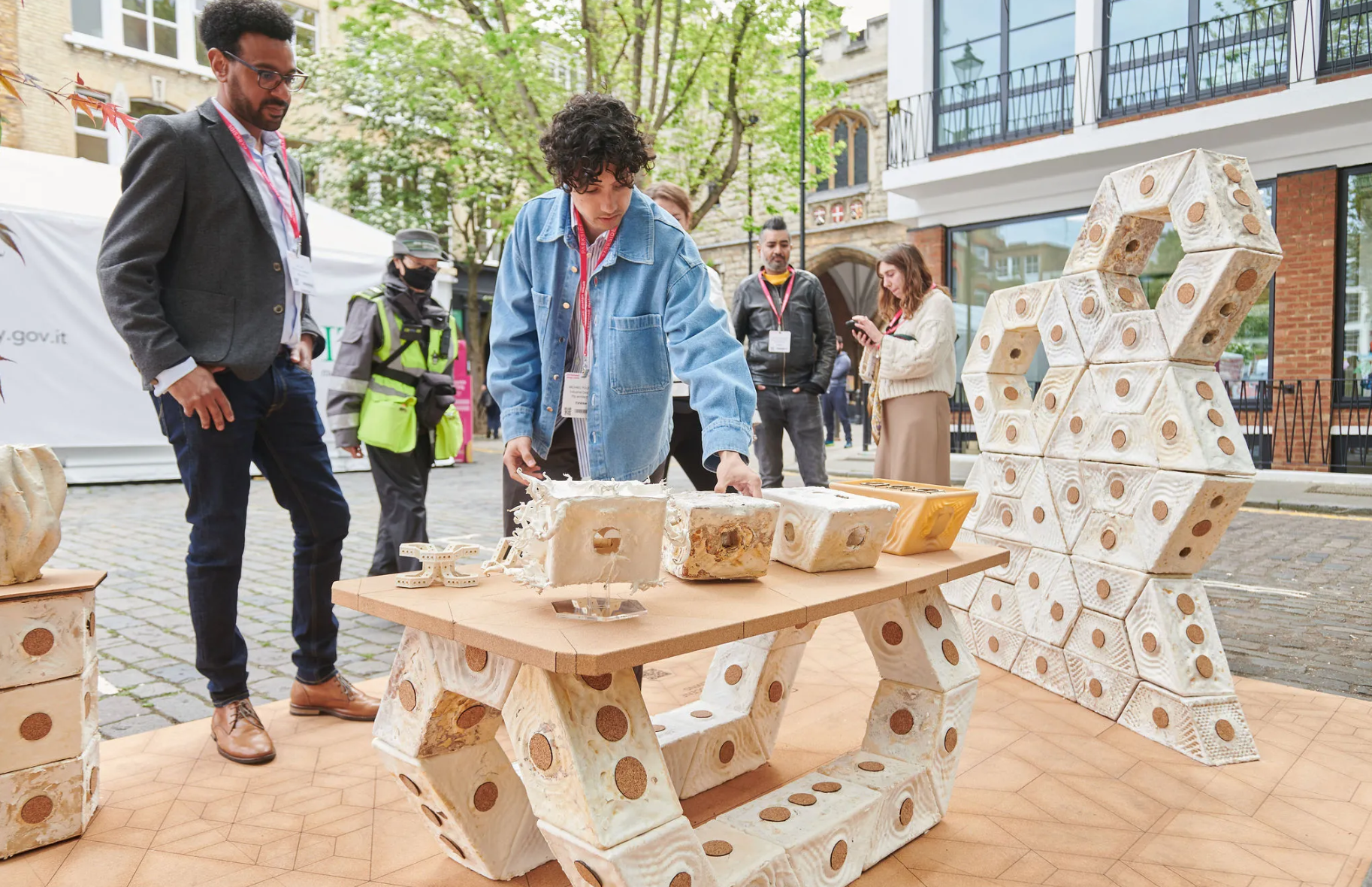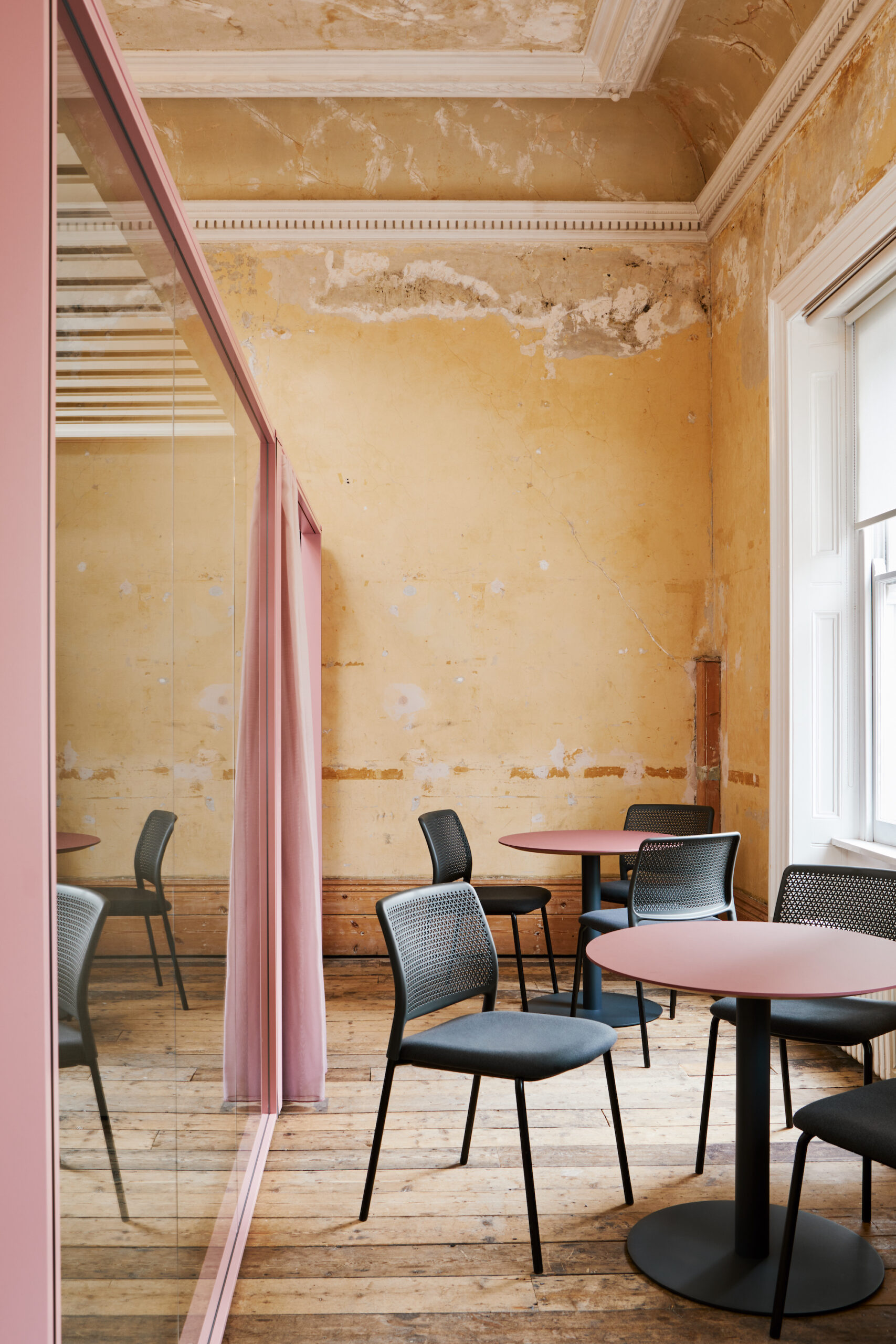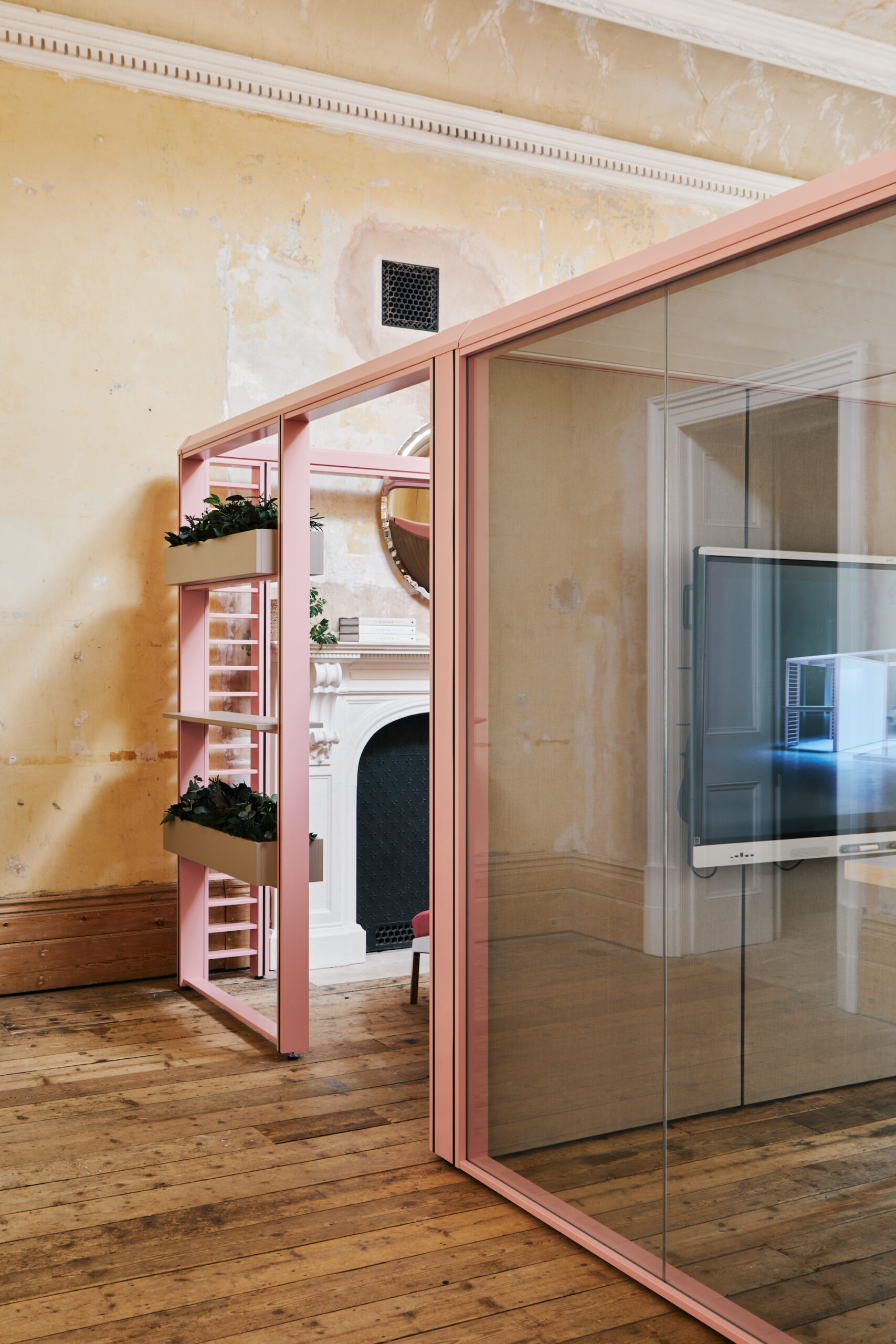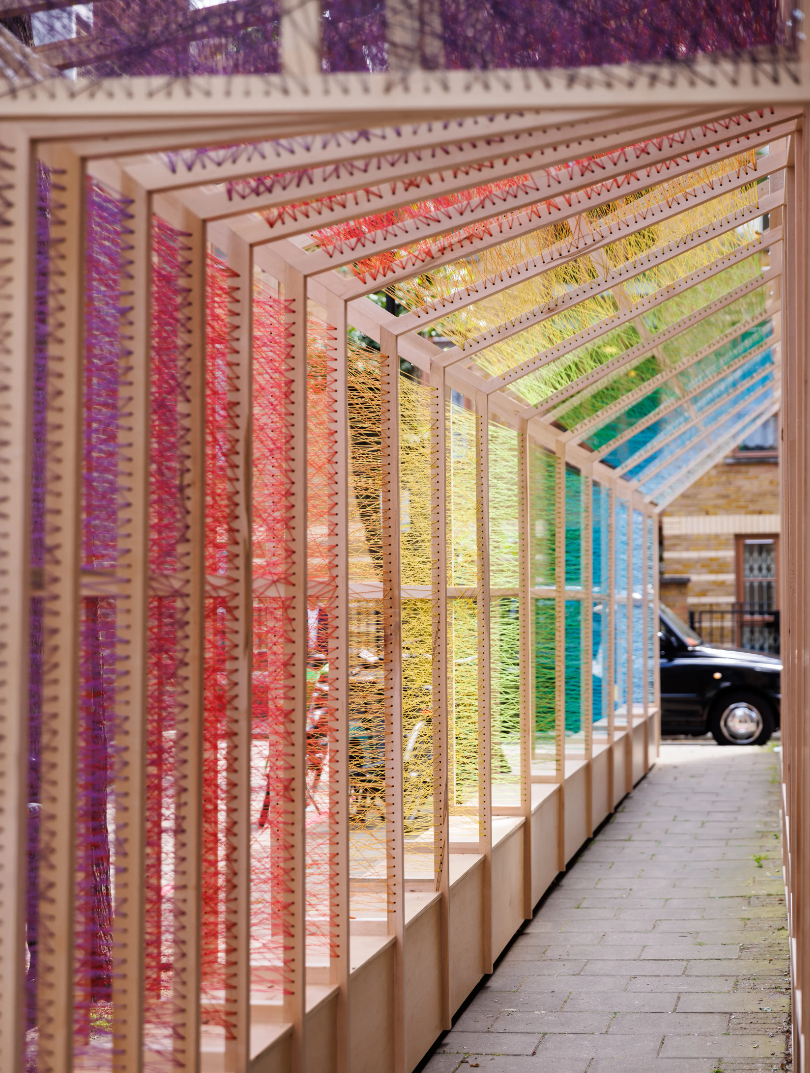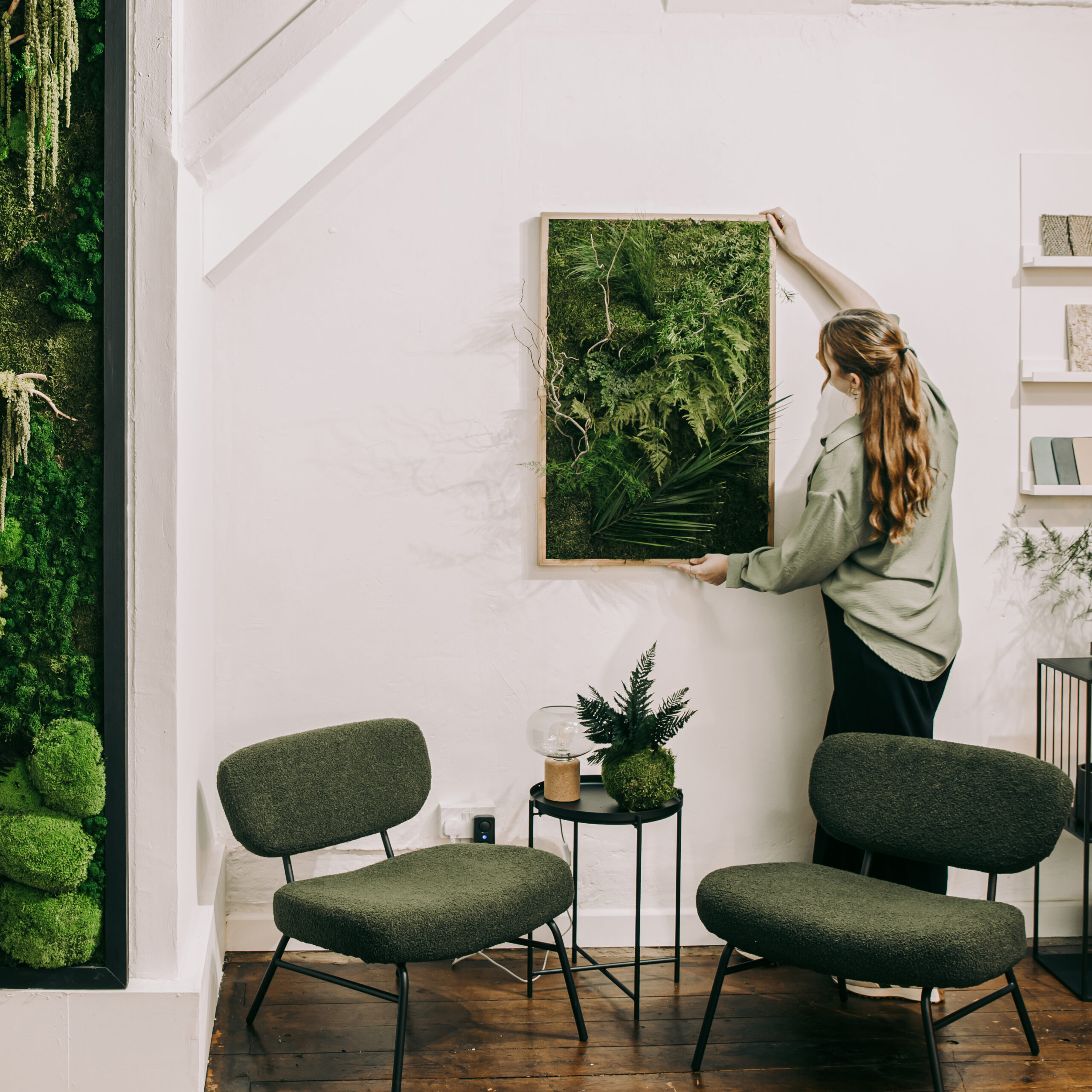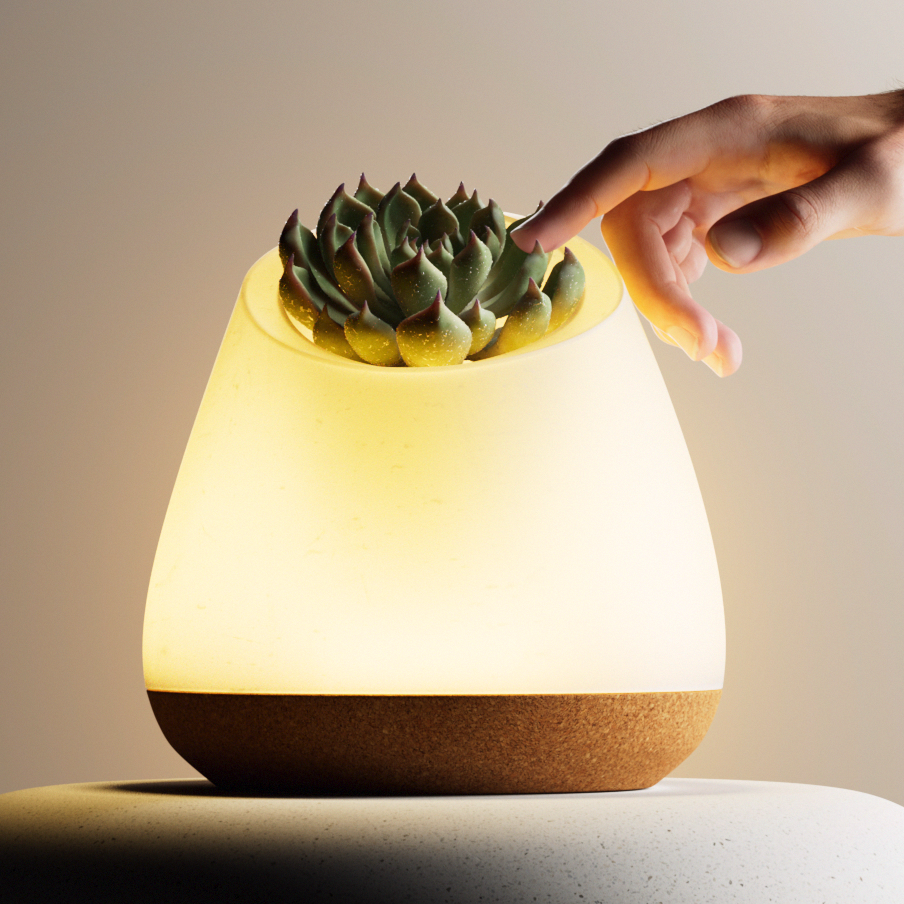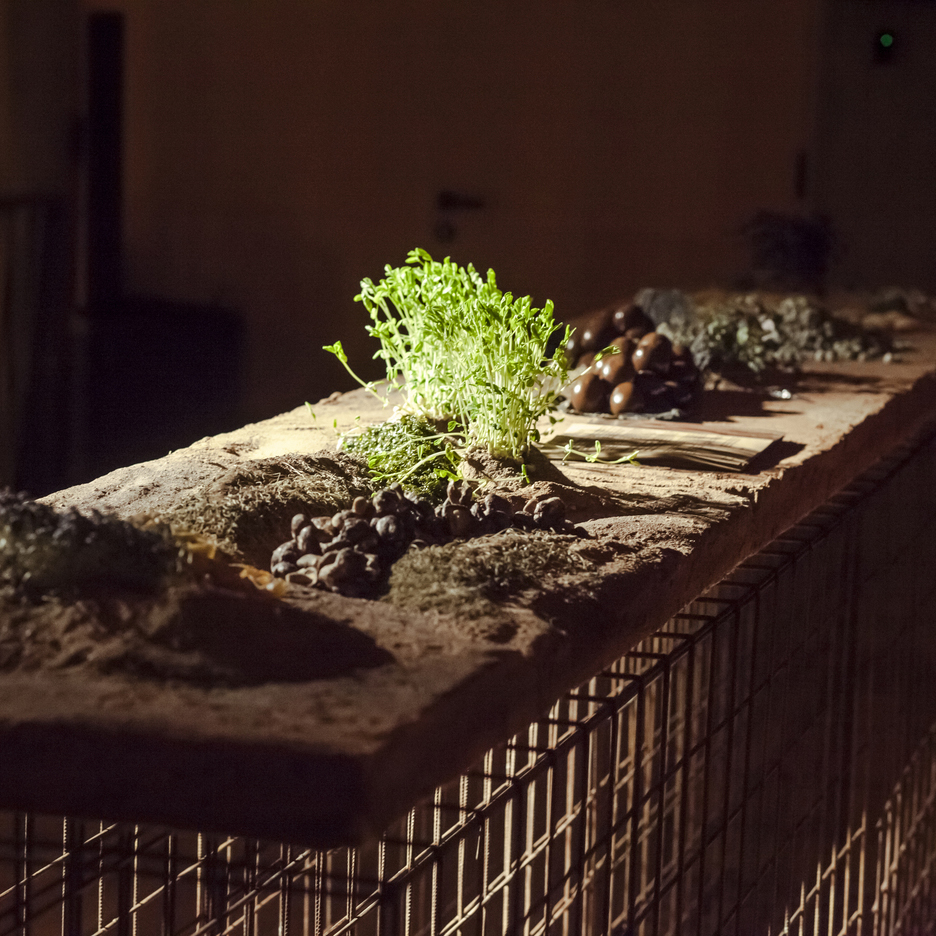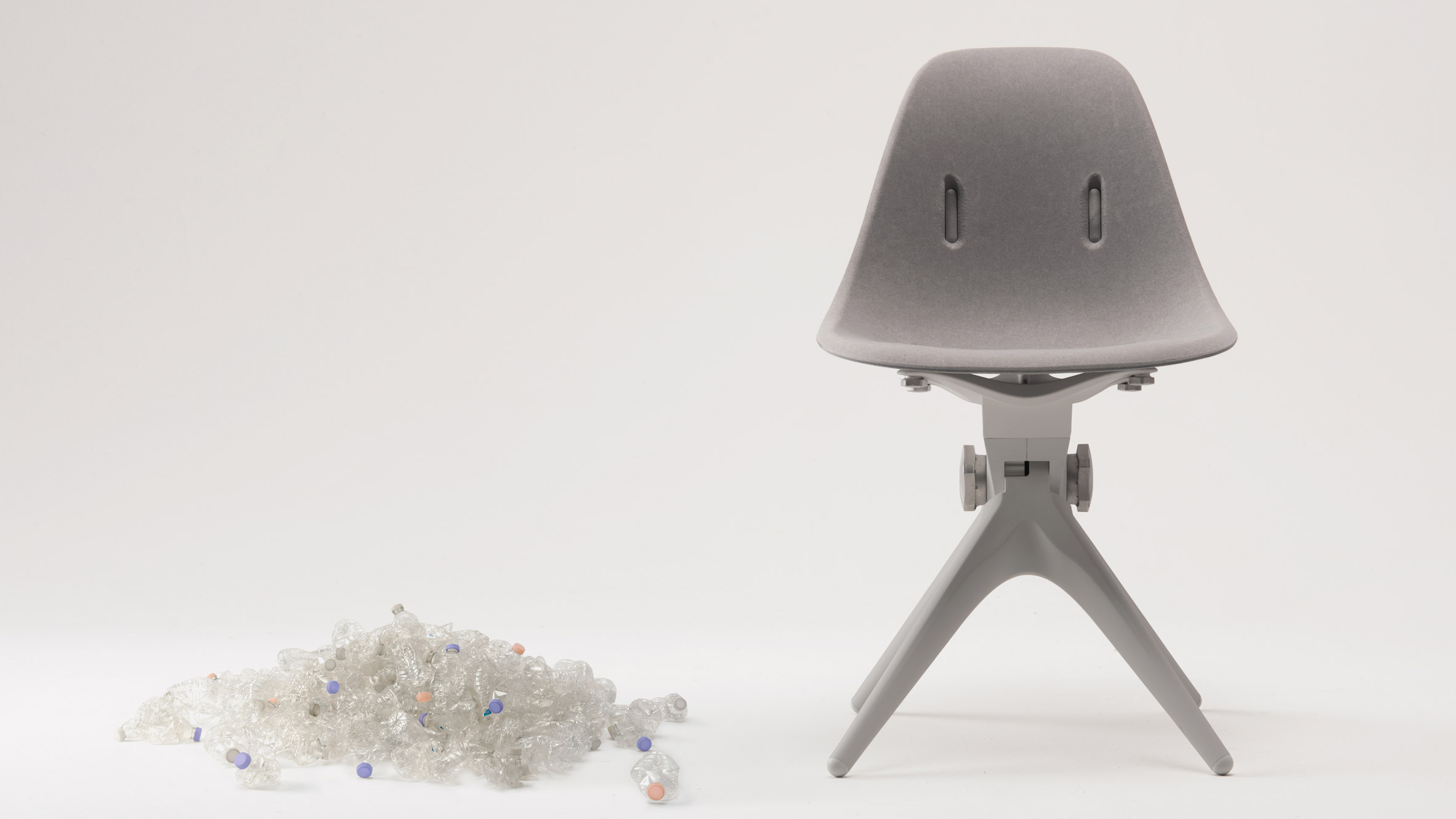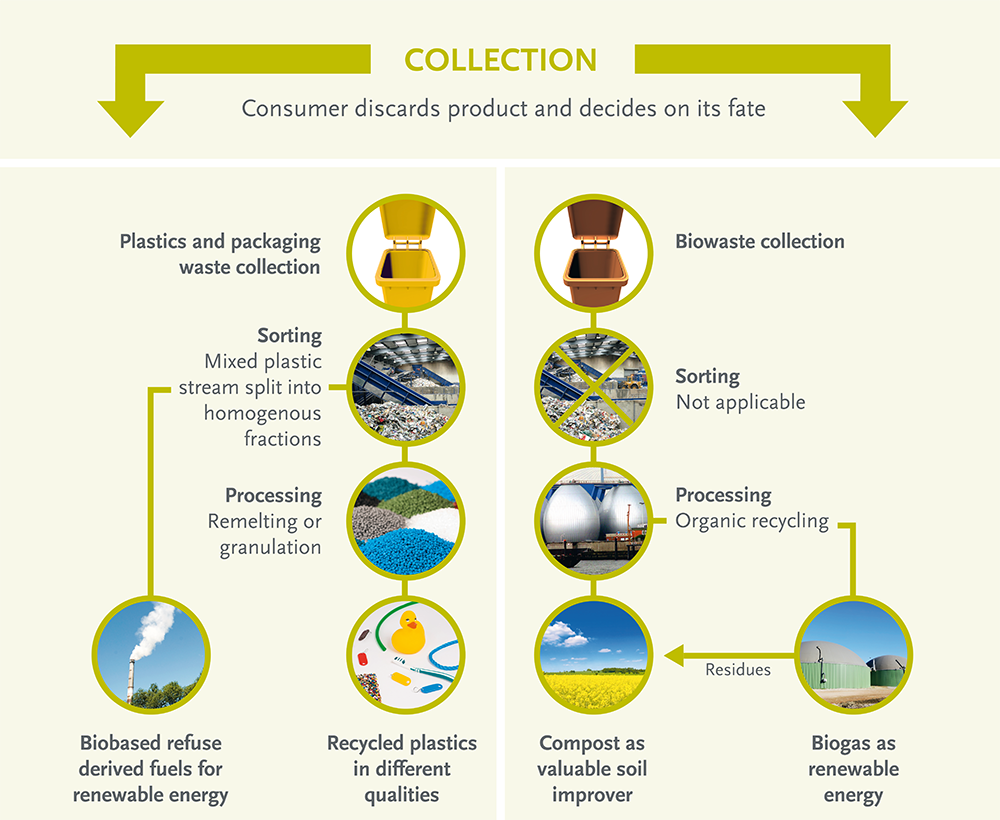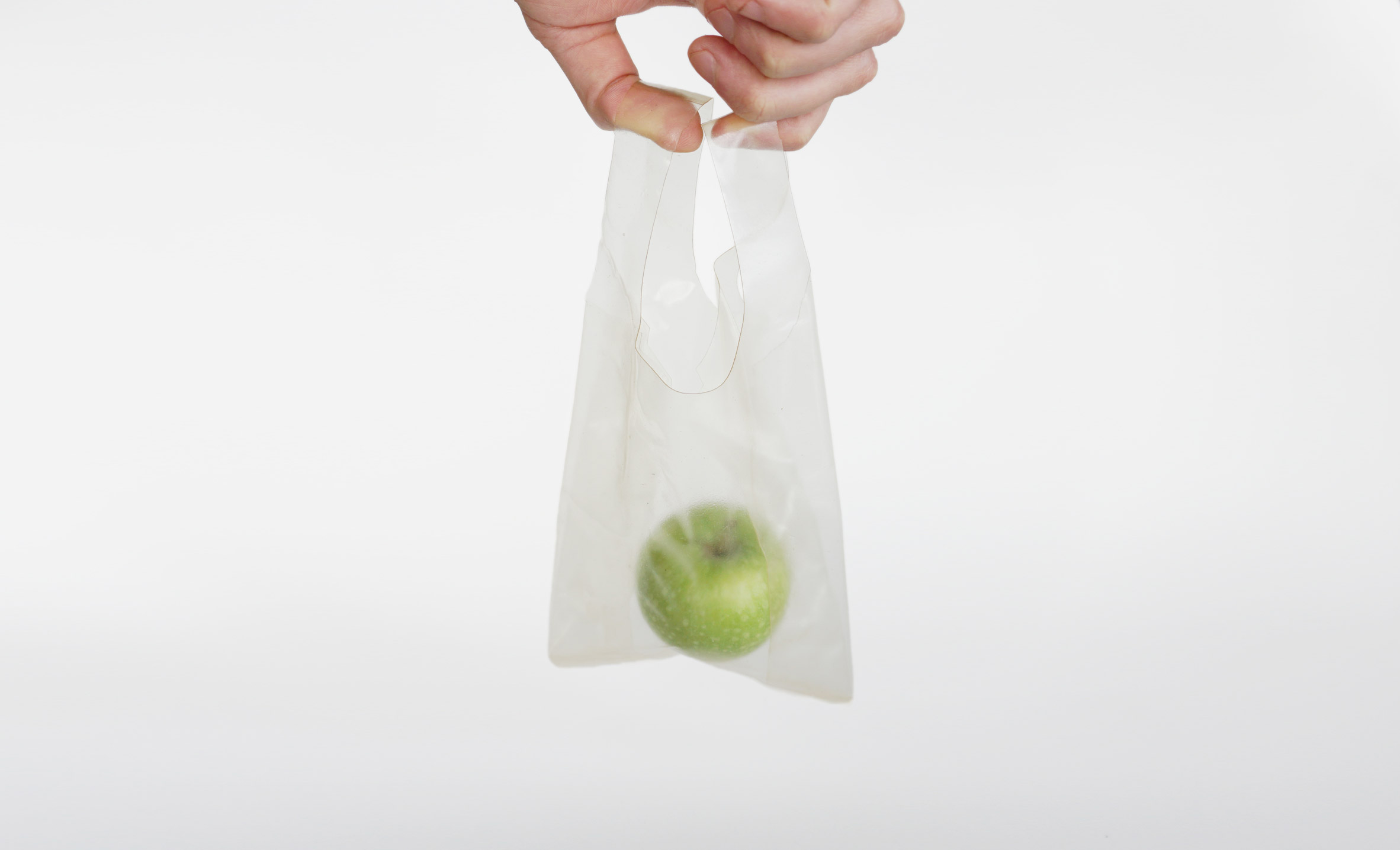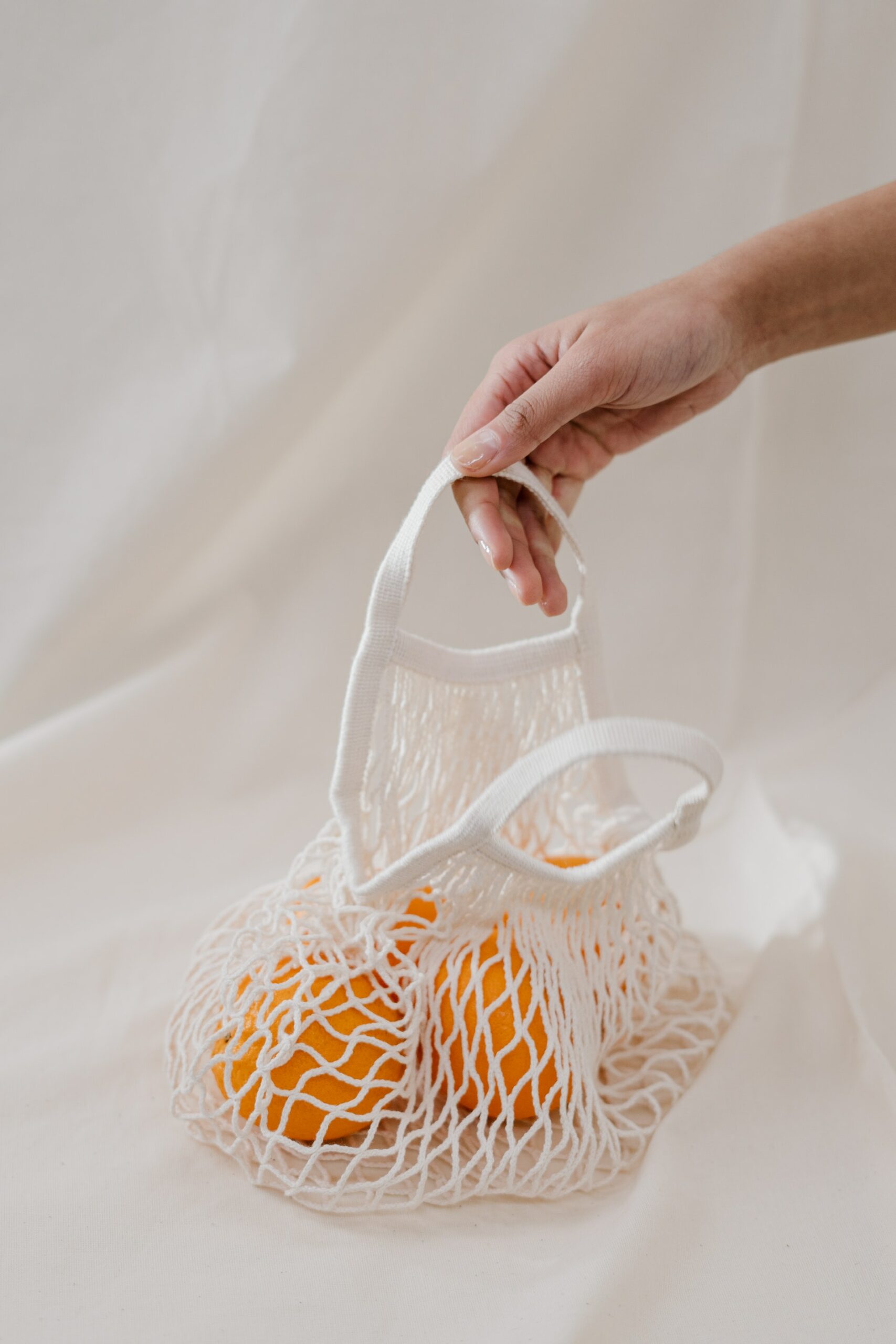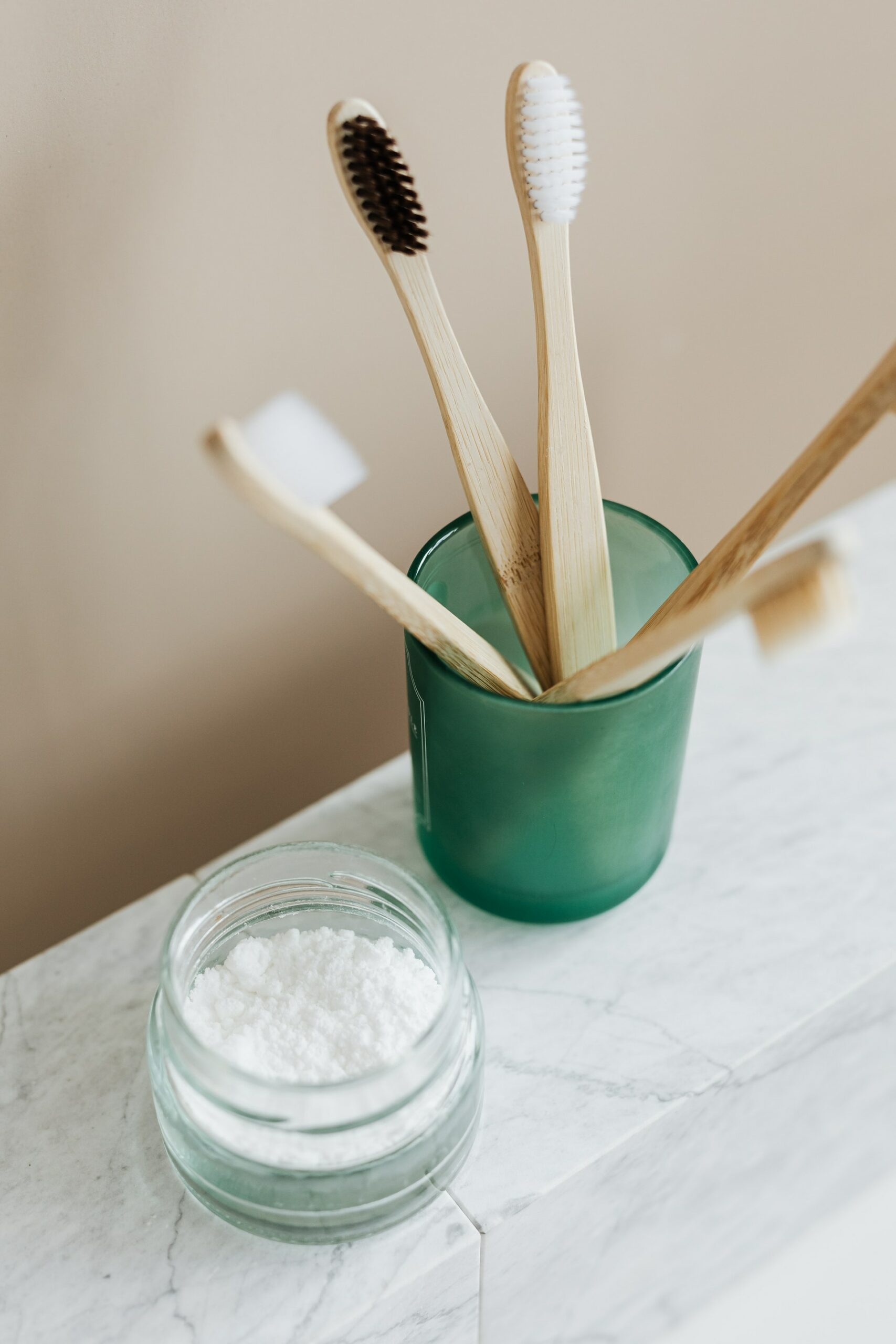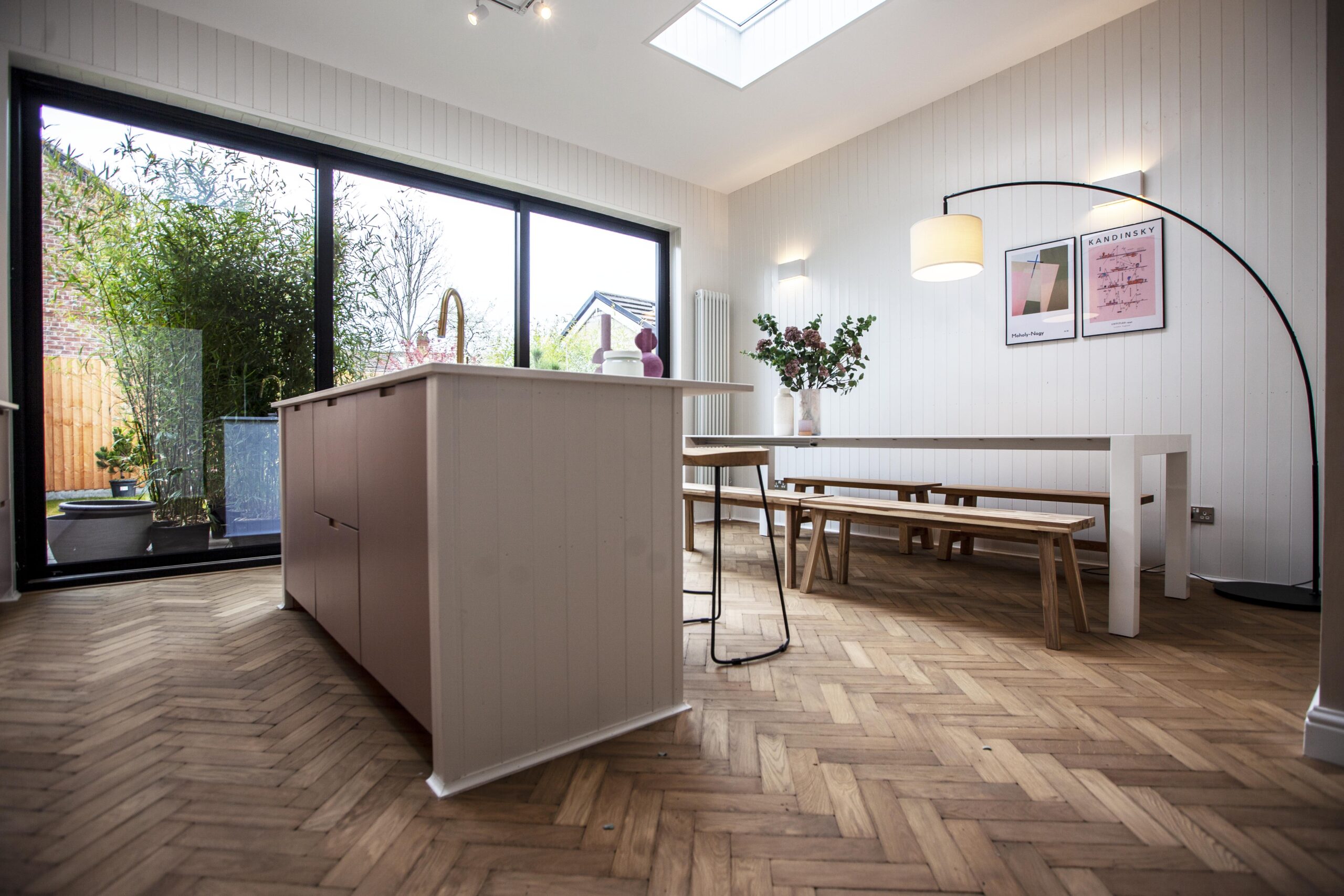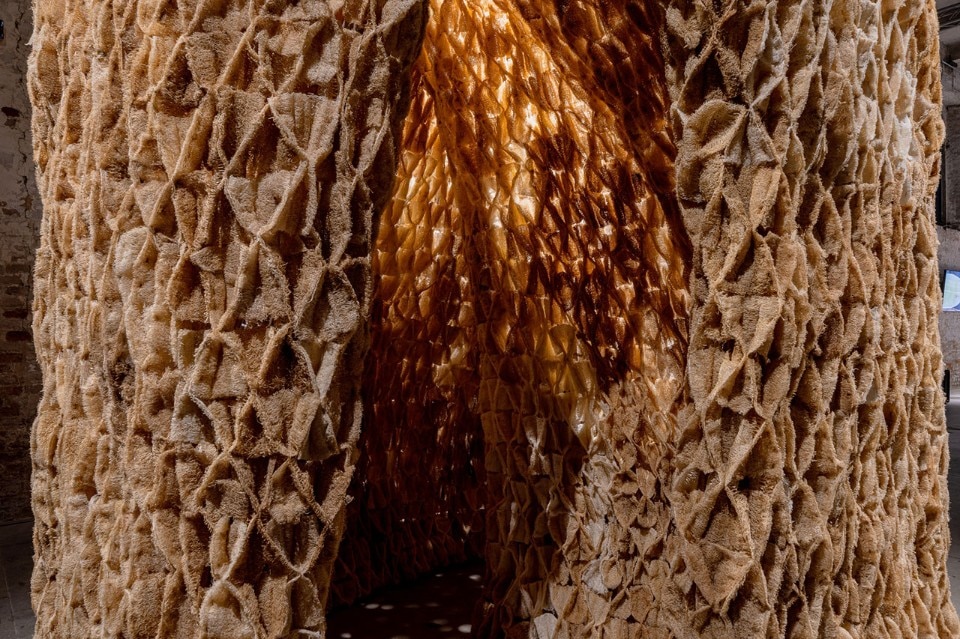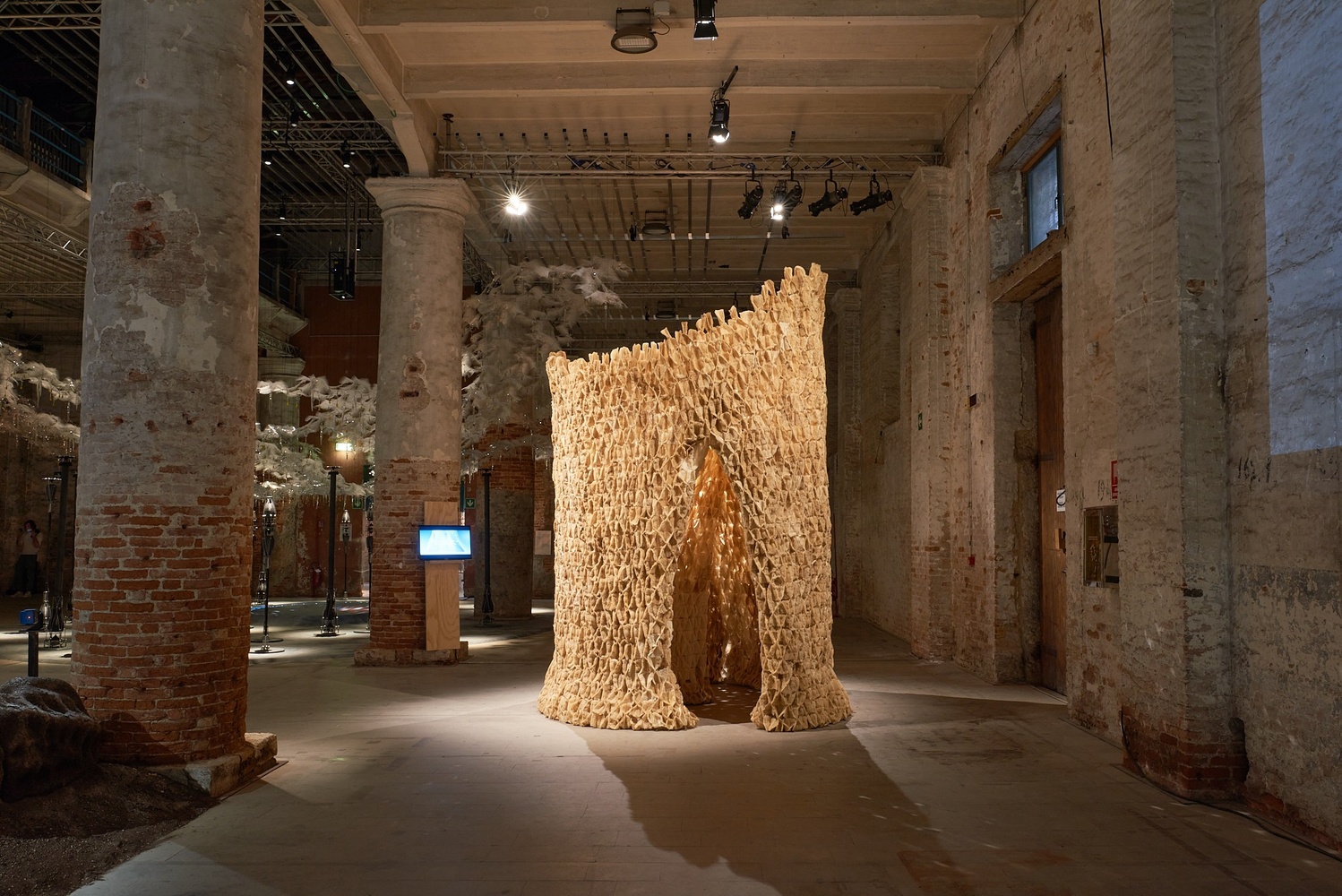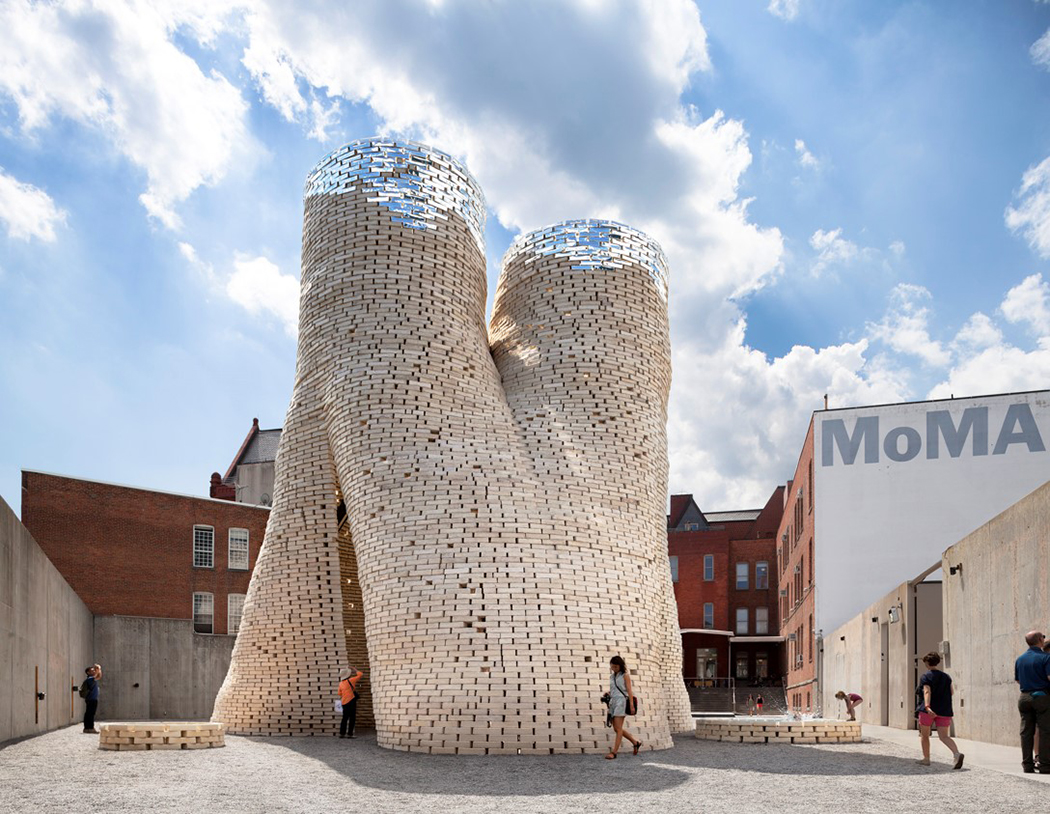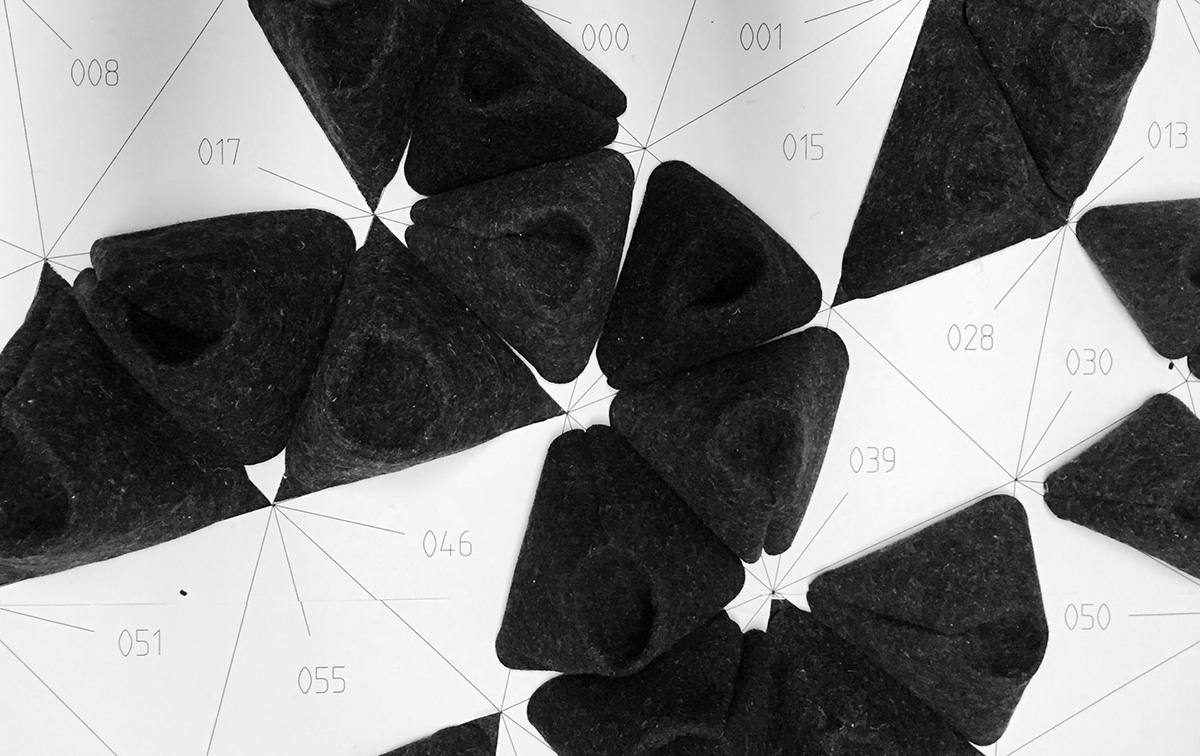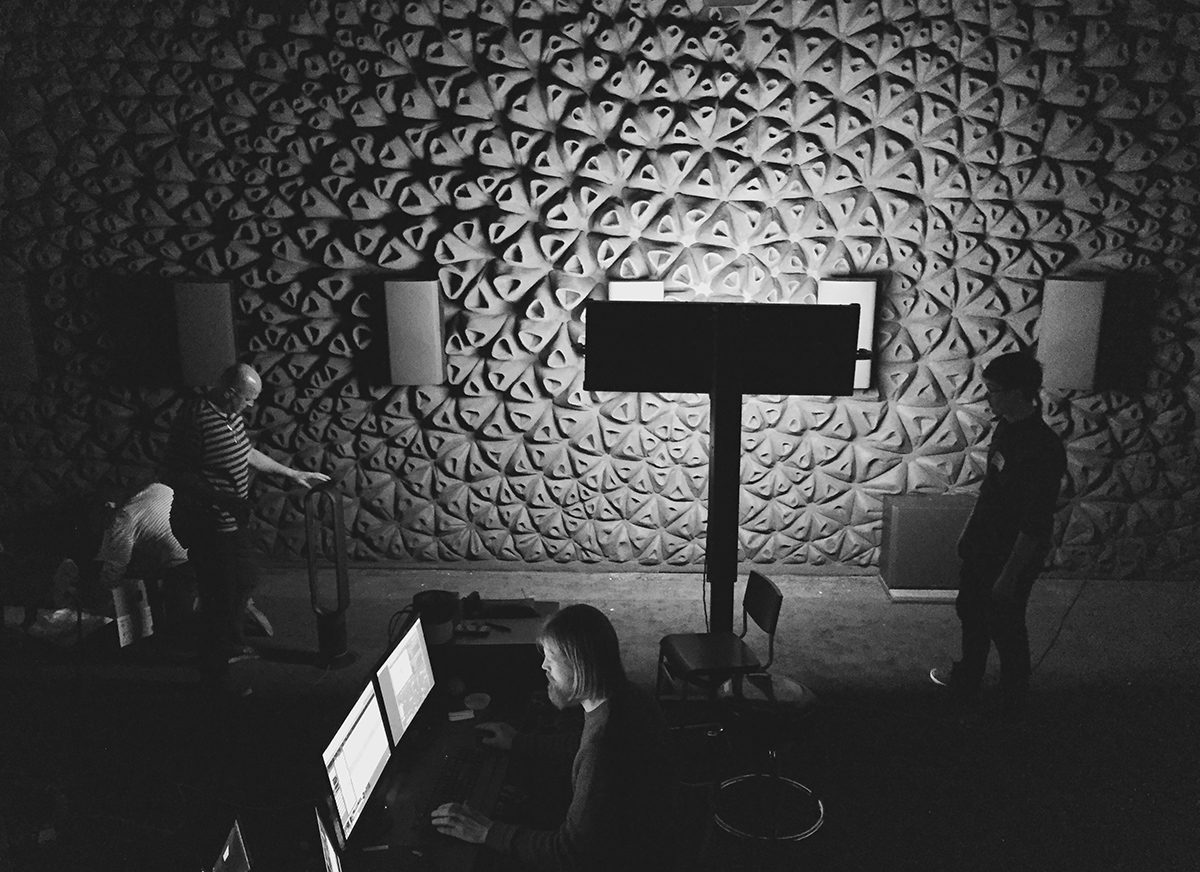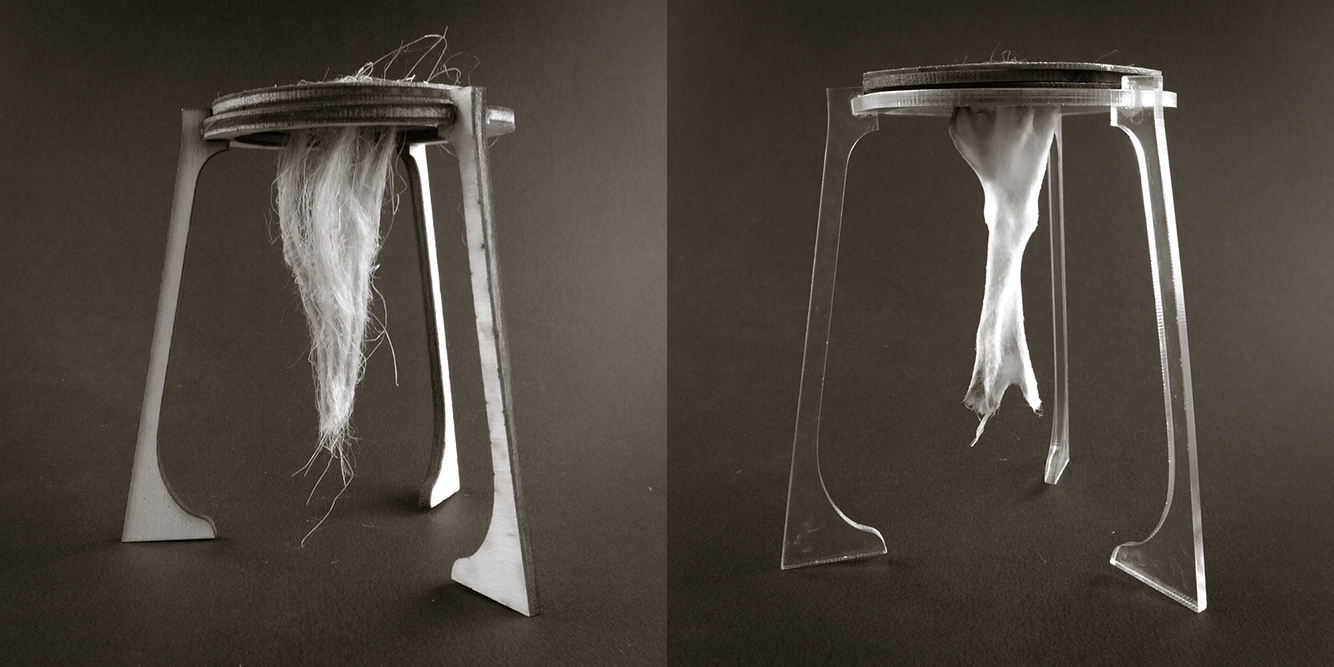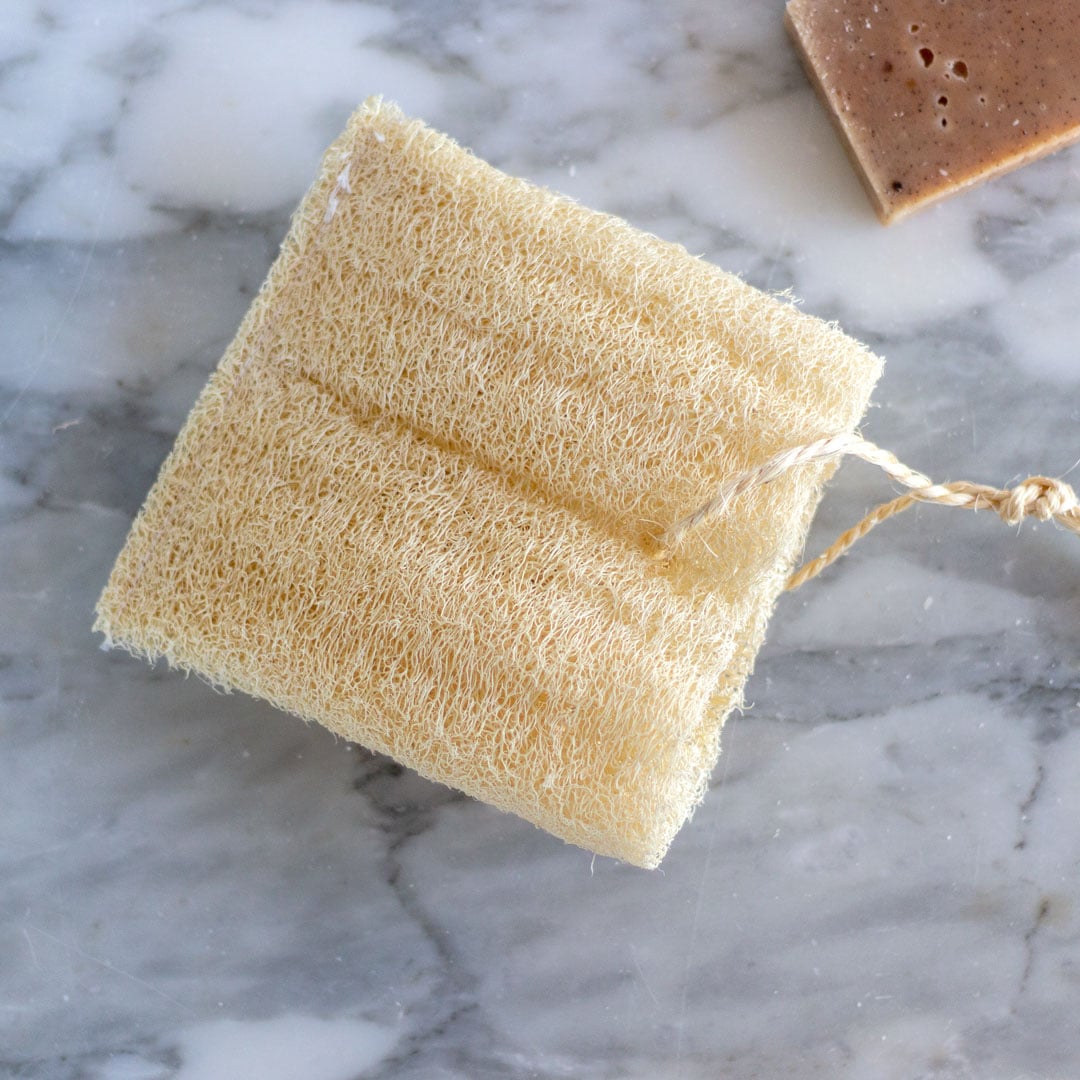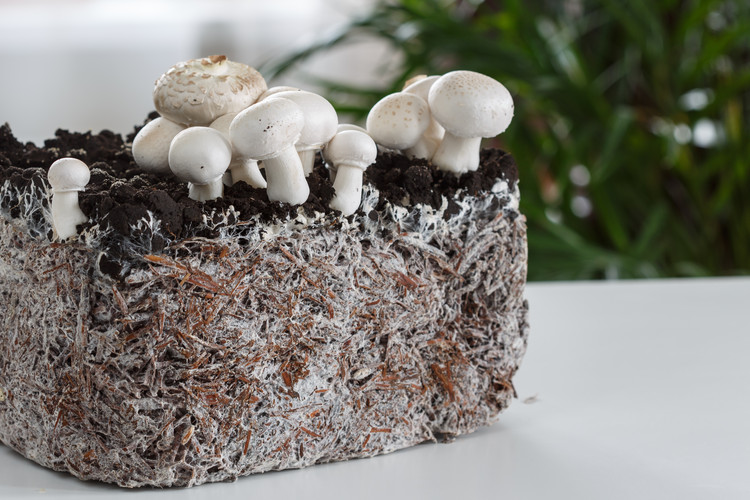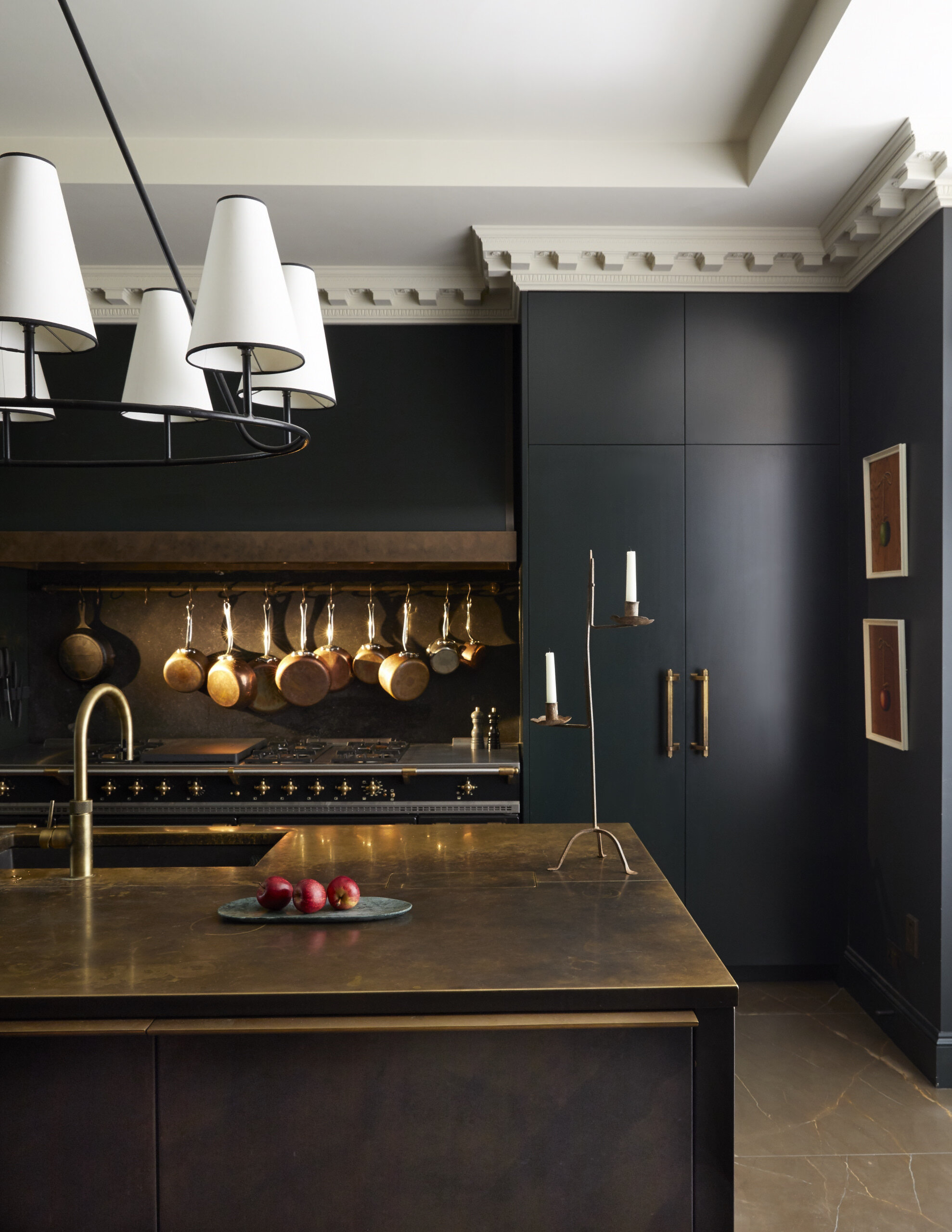
In the world of kitchen design, 2023 ushers in a refreshing wave of natural elegance, transforming these spaces into serene havens that celebrate the beauty of the great outdoors.
The upcoming trends embrace earthy tones, rich metals, and natural materials, blending timeless style with modern functionality.
Imagine Amuneal’s custom oak and bronze kitchen, a masterpiece of warm tones merging with natural elements for a truly exquisite cabinetry ensemble.
1. Organically Elegant Taps:
Kitchen taps are evolving into organic design elements, offering sleek designs that blend seamlessly with nature.
Bronzes and golds dominate, and vintage styles can be discovered in reclamation yards. If precious metals aren’t your preference, opt for warm matte finishes in muted earthy hues or go for touchless taps that combine hygiene with style.
2. Fluted and Reeded Cabinetry:
Textured luxury defines the trends, with fluted and reeded cabinetry exuding a touch of opulence.
These textured surfaces, available in natural wood or earthy matte finishes, bring the natural world into your kitchen.
Consider repurposed and reclaimed wood for added texture, and customize it with various hues to match your home’s narrative.
3. Glass Elements:
Invite the outdoors with glass elements that brighten your kitchen. Glass-front cabinets showcase your finest crockery while creating an airy atmosphere. Glass backsplashes reflect light and complement earthy colour palettes; a must for many designers today.
4. Beauty in Imperfection:
Embrace the Japanese wabi-sabi aesthetic, celebrating the beauty of imperfection and authenticity.
Handmade ceramic dishes, natural wood surfaces with knots and blemishes, and earthy, muted colour schemes bring serenity and harmony to your kitchen.
4. Timeless Warmth with Brass Fittings:
Brass elements make a grand return, from cabinet handles to light fixtures.
Brass fittings infuse timeless warmth and elegance into your kitchen, akin to the gentle glow of sunlight, and they only grow more charming over time with a natural patina.
5. Tiles and Painted Walls:
Tiles and painted walls become canvases for nature-inspired creativity.
Embrace earthy and organic colour palettes, patterns that mimic natural materials, and hand-painted walls reflecting the outdoors’ beauty. Plaster pinks, muted greens, and earth tones are here to stay.
6. Hidden Cabinetry for Practical Elegance:
Efficient storage solutions are paramount in modern kitchens. Hidden storage ensures your kitchen remains both functional and aesthetically pleasing.
Discover the delight of pull-out pantries, appliance garages, and drawer dividers, all beautifully hidden behind elegant cabinetry.
With the addition of reclaimed joinery, utilizing salvaged wood and repurposed furniture, your kitchen becomes a harmonious sanctuary linked to the Earth’s resources.
By weaving these natural colours and materials into your kitchen’s design, you craft a culinary haven that harmonizes with the natural world.
Whether it’s the understated elegance of feature taps or the rustic charm of wabi-sabi, 2023 brings forth a treasure trove of design possibilities for your kitchen.
In your journey to redesign your kitchen, remember that the key is to create a space that not only follows the trends but also resonates with your personal tastes.
Your kitchen is more than just a place to prepare meals; it’s a reflection of your connection to your home and your love for timeless elegance.

In the sprawling realm of interior design, a few names shimmer with an exceptional talent for turning spaces into true works of art. One such luminary is Rose Uniacke, an English decorator, designer, and antiques dealer whose creative prowess has enchanted design enthusiasts worldwide.
The latest addition to her repertoire is the book “Rose Uniacke at Work,” a close-up look into her creative process and design philosophy.
A Warmth in the Pages as in the Spaces
This book echoes the warmth that emanates from the spaces she magically designs. Despite the elegance of her signature style, Uniacke’s rooms effortlessly embrace a sense of ease, painted with neutral tones and drenched in natural light. Her work has rightfully placed her on a revered pedestal within the design industry.
A Voyage of Inspiration
Stepping into the world in September 2023, “Rose Uniacke at Work” is more than just a coffee table adornment—it’s a visual odyssey through the genius mind of a creator. Within its pages, Uniacke candidly shares her experiences, influences, and design principles that have shaped her illustrious career.
Let’s peek into what makes this book essential for design aficionados.
The Artistry Unveiled
“Rose Uniacke at Work” takes a deep dive into Uniacke’s design journey from conception to realization. Readers are invited into her meticulous approach to every project, emphasizing proportion, balance, and functionality. Each space she crafts is intended to harmonize with its users, promoting a sense of utter relaxation.
Ver esta publicación en Instagram
A Philosophy of Elegance
Uniacke’s design ethos is rooted in the belief that space should charm visually, function effortlessly, and stand the test of time. Her book explores the delicate fusion of classic and contemporary elements, painting spaces with harmony and sophistication.
The Dance of Antiques and Art
Uniacke’s passion for historical pieces gracefully waltzes into her designs. The book showcases her expertise in seamlessly integrating antiques and art into modern settings, breathing new life into cherished relics.
Stunning Interiors
Through captivating photographs, “Rose Uniacke at Work” parades an array of Uniacke’s projects, from residential sanctuaries to commercial wonders. Each project mirrors her ability to craft spaces that extend a warm invitation while captivating the eye.
Textures and Tales of Materials
Uniacke’s affinity for natural materials and textures is a recurrent theme in her work. Her book highlights how she uses materials like wood, stone, and textiles to infuse warmth and character into her designs.
Collaborating with Clients
Uniacke’s book ventures into client collaborations, revealing her skill in translating their visions into tangible reality while maintaining her distinct design aesthetic.
A Timeless Muse
“Rose Uniacke at Work” is an eternal fount of inspiration for design enthusiasts, brimming with ideas, tips, and insights to elevate any interior space.
In a world where design trends ebb and flow, Rose Uniacke’s work stands as a beacon of enduring classic design.
“Rose Uniacke at Work” displays her exceptional talent and beckons readers into a journey of creativity and elegance. Whether you’re a seasoned designer, a homeowner seeking inspiration, or simply an admirer of interior design, Rose Uniacke’s book is a captivating tribute to the transformative power of aesthetics and the everlasting legacy of a proper design visionary.
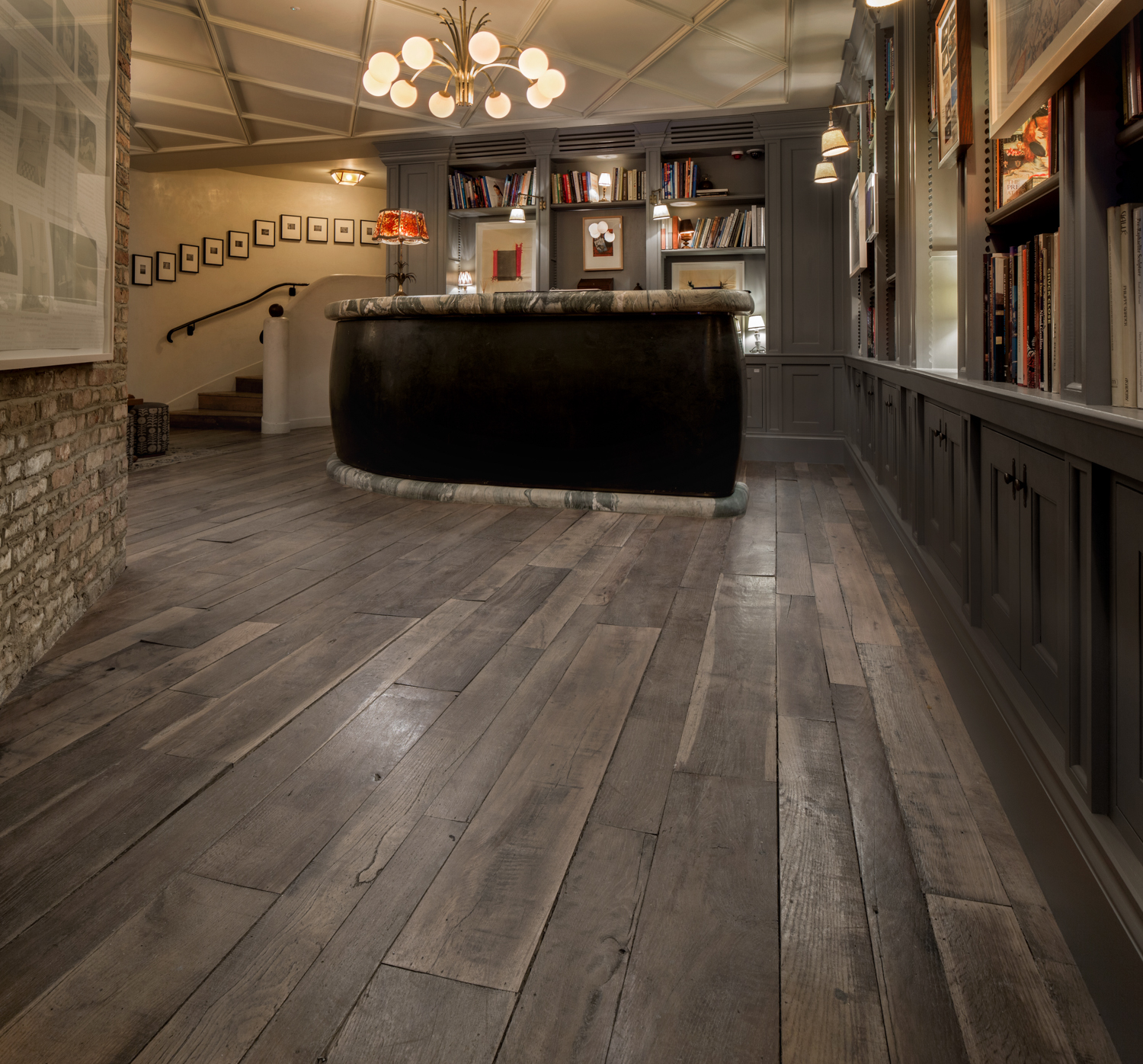
We are phenomenally proud to be the official supplier of the Original flagship Soho House on Greek Street. Not only is the project itself a source of pride, but the flooring we provided to the flagship West London private members’ club, 600m2 of our finest 18th/19th century reclaimed European Oak flooring, is deservedly one of our most highly coveted products.
A Match Made in Design Heaven
The antique wood used to create our Reclaimed European Oak flooring, reclaimed from buildings across France, is an excellent material for domestic and commercial projects and has been used to magnificent effect throughout the extensive property. Made up of 5 Georgian townhouses, Soho House Greek Street is a place designed to inspire intense relaxation, and the biophilic development of our wood’s deep patina and subtle colour tone sits comfortably with the traditional feel of each room, creating a space where the users can completely unwind.
Inspiring Creativity
It makes sense that this sumptuous material is used in a place famed for offering inspirational spaces for creative minds to meet worldwide. It is the canvas on which the rest of the design choices are built, offering a sense of cohesion throughout the various spaces. The reclaimed wood flooring is highlighted through the clever use of lighting, which adds a restful touch to each room and brings out the exquisite patina and grain of the wood.
A Unique Approach
The core look of the Soho House look is inspired by founder Nick Jones, who told Homes and Gardens in 2020: ‘It’s about creating relevant, comfortable places that people feel good in and that make you want to order a second bottle of wine,’ he explains.
When a space calls for extreme comfort over any contemporary trends, using products whose provenance will respect the pace expected in its spaces makes sense. These relaxing spaces have been enriched by 600m2 of our finest 18th/19th century reclaimed European Oak flooring, which lets people feel so comfortable that their creativity can run free (with or without the second bottle of wine).
A Cut Above
Creating a space facilitating creativity was essential to Soho House Greek Street, whose founding ethos was that it should be “a place for like-minded people to come together, relax, share inspiration and ideas – and, ultimately, have fun”.
This is especially important in Greek Street ass; unlike other members clubs, which can focus almost exclusively on “net worth and job titles”, Soho House places a higher value on the morals of its members and values character over financial success. It is these treasured members who Jones wants to make feel welcome.
A Meeting of Minds
The design team have worked hard to achieve Jones’ goal of creating an atmosphere of being welcomed into a generous home with a roaring fire, relaxed dining and comfortable seating. This goal to envelop and welcome has been achieved beautifully, first here and subsequently across the later additions to his Soho House family.
To fit their design brief, Soho House’s in-house design team chose our Antique European Oak flooring for this project, which had begun as countryside barns and old wooden buildings in 18th/19th century France. The Antique French Oak flooring we supplied to this flagship venue was surface sanded by our expert craftspeople in our North of England workshops before being passed to Soho House, who had selected to finish and fit it themselves.
Our Antique European Oak
Unlike most of our salvaged and reclaimed oak flooring, the wood we used for this project is 18th and 19th-century Reclaimed Antique European Oak, made from boards carefully extracted from actual wood flooring installations from city homes or farmhouses across Europe. This provenance and the intricate process involved mean these floor planks epitomise the more luxurious side of our Antique wood flooring stories and design concepts.
Planning for Perfection
Because they are reclaimed from existing constructions, sourcing just the right boards, beams and products for each project is essential. This selection process is only possible when detailed project planning with floor plans and layout drawings are used. Where thoughtful design, stunning materials and expert craftsmanship intercept, we see the kinds of successful installations achieved throughout our Soho House, Greek Street project.
Enduring Appeal
The main difference between Antique French Oak and our other flooring is the scarcity and provenance of the materials; there is a limited supply of this flooring available, and we are always proud of the area that our experts take in preserving its unique character.
Each piece of antique wood undergoes rigorous inspection, grading, re-machining, and kiln drying to ensure stability and ease of installation. Whether a project needs refined parquet floors or larger format country-style boards, the unhurried processes are the same to make sure the resulting flooring is always beguilingly beautiful.
In Conclusion
Soho House Greek Street is a sanctuary for creative souls, nurtured by the elegance of our Reclaimed European Oak flooring. Its harmonious blend of historic charm and contemporary comfort is a testament to the power of design, craftsmanship, and a shared vision. As we reflect on this exceptional collaboration, we’re reminded that true luxury lies not just in aesthetics but in the stories that the materials carry – stories of time, resilience, and the boundless potential of human creativity.
Sources

In the world of interior design, where creativity runs free, Rachel Chudley has emerged as a rising star, captivating the design industry with her bold and unapologetically unique approach.
With a portfolio that is a testament to her innovative spirit, Rachel Chudley has quickly become a designer to watch, infusing spaces with an eclectic blend of styles, colours, and textures that defy convention.
One material that holds a special place in her design repertoire is wood, harnessing this natural resource to create stunning design features that infuse warmth, texture, and character into her projects.
A Unique Perspective
Rachel Chudley’s journey into the design world has been fascinating, marked by a distinctive style that disrupts the norms of vast white spaces and sleek finishes.
Explosions of rich colour, contrasting textures and tactile finishes embody the essence of opulent maximalism in her recent projects, making her stand out from many of her peers.
Contrasting Elements
One such captivating chapter can be found in her collaboration with a London Victorian house, as featured in House & Garden.
Chudley’s prowess lies in her ability to seamlessly blend historical elements with contemporary sensibilities, breathing new life into spaces while respecting their heritage.
Among her recent projects, Rachel Chudley has three London townhouses, where she transformed the interiors into harmonious convergences of textures and hues, drawing inspiration from both the past and the present.
Her bold use of colour and unexpected combinations created a genuinely captivating visual tapestry.
She uses wood to build a bridge between the historical context of the houses and the contemporary design narrative.
Chudley seamlessly integrates wooden elements, infusing these spaces with timelessness.
From exposed wooden beams that hark back to the past across wooden flooring, which provides warmth and luxury, to bespoke wooden furniture that brings modern functionality, her touch enhances the interiors with a touch of organic elegance.
Connection to Spaces
As highlighted in a feature by The Times, Rachel Chudley’s designs are not just about aesthetics; they’re about evoking emotions and sparking conversations.
Her approach challenges the notion of what is considered “safe” in interior design, encourages her clients to embrace the unexpected and celebrates the individuality of each space.
Unrivalled Innovation
A testament to her versatility and design ingenuity can be found in her work with Victorian stables, as discussed in an article by Inigo.
This project exemplifies Chudley’s ability to reimagine spaces in unconventional ways.
Converting stables into functional and aesthetic homes requires a special touch, and Rachel’s design philosophy seamlessly intertwines history and modernity.
In these spaces, wood transforms from utilitarian building material to a canvas for her creative expression.
She leverages wood to create bespoke cabinetry, intricately carved room dividers, and statement furniture pieces.
Her innovative repurposing of spaces demonstrates her commitment to sustainability and her knack for turning limitations into opportunities.
Design Innovation
Rachel Chudley’s impact on the design world isn’t limited to physical spaces alone.
Her ability to push boundaries caught the attention of Frederic Magazine, where she was featured in a challenge that made her creative boundaries even further.
It’s a glimpse into the mind of a designer who thrives on breaking conventions and challenging the norm.
Antique wooden furniture crowns rooms whose walls are covered with richly coloured opulent fabrics, and typical colourways are eschewed.
The breathtaking results testify to her deep connections to the spaces she creates.
Bold and Brave
In addition to her ability to transform conventional spaces, Rachel Chudley’s distinctive vision finds expression in her use of colour, as evidenced in her work featured by House & Garden.
For Rachel Chudley, colour is not just a visual element but a narrative tool that shapes the atmosphere and character of a room.
Her fearless approach to blending unexpected shades creates dynamic and captivating interiors that stimulate the senses and provoke thought.
Express Yourself
Her unwavering dedication to authenticity and innovation sets Rachel Chudley apart from her peers.
Her ability to convert the ordinary into the extraordinary, as highlighted by The Times, has earned her a reputation as an interior design maverick.
Her work speaks volumes about her commitment to pushing boundaries, sparking conversations, and inspiring others to embrace design as self-expression.
Summary
In conclusion, Rachel Chudley’s journey as an interior designer is an inspiring tale of unbound creativity. Her ability to weave together unexpected elements, reimagine spaces, and challenge design conventions has catapulted her into the spotlight. From her groundbreaking work on historical homes to her feature in design challenges, she continues to push the envelope, encouraging her clients to embrace the beauty in the unconventional. As we follow her career, it’s evident that Rachel Chudley is a design force to be reckoned with, and her influence on the design world is only beginning.
Sources
- achelchudley.com
- houseandgarden.co.uk
- thetimes.co.uk
- inigo.com
- redericmagazine.com
- architecturaldigest.com

Dedicated to our values
In a world where environmental concerns have reached critical levels, combating deforestation and restoring our planet’s natural balance has never been more crucial.
An initiative that holds immense power and aligns seamlessly with our core values is the act of planting trees.
This practice goes beyond its surface impact, contributing to countering deforestation and fostering a healthier ecosystem, cleaner air, and a brighter future.
The ethos of The ReclaimedFlooring Company has always been rooted in a commitment to crafting a legacy that transcends generations.
This dedication has been evident in every endeavour since our inception.
The 5000 trees we have thoughtfully planted over the past decade are a prime testament to this enduring commitment.
Today, we are thrilled to unveil our partnership with an organisation at the forefront of the reforestation movement: One Tree Planted.
United by a shared vision, The Reclaimed Flooring Company and One Tree Planted embark on a collaborative journey to further evolve and amplify our planting philosophy.
Our joint pledge to plant 200 trees monthly embodies our unwavering commitment to positively impacting our planet.
The Roots of One Tree Planted’s Mission
One Tree Planted’s mission to reforest the Earth is at the heart of the movement.
As outlined on their website, OneTreePlanted.org, the organisation recognises that a single tree can make a difference.
From providing habitats for wildlife to improving air and water quality, trees are a cornerstone of a thriving ecosystem.
This aligns beautifully with our belief in environmental stewardship, where we embrace the spirit of giving back to nature.
Only through the continual nurturing of woodlands can we ensure the longevity of the harmonious collaboration we have built here.
Planting trees in Denmark
RFC and One Tree Planted are currently focused on rewilding Denmark.
We recognise the importance of planting a diverse range of native tree species. We are proud to be planting 100 trees here every month, which will help to replenish the country’s forests, provide homes for local wildlife, improve soil quality, and mitigate climate change.
The organisation’s project in Denmark, as detailed on their website’s Denmark collection, is a testament to the transformative power of reforestation.
Denmark is known for its stunning landscapes but faces environmental challenges due to deforestation and habitat loss.
One Tree Planted’s project in Denmark is a beacon of hope, demonstrating how planting trees can have a cascading positive effect on the environment.
By planting a diverse range of native tree species, the organisation is replenishing the country’s forests and providing a home for local wildlife, improving soil quality, and mitigating climate change.
Planting trees in the USA
In addition to the 100 trees we plant monthly in Denmark, we are also committed to planting 100 trees in the USA.
We are proud that our trees will help to increase biodiversity, reforest public land and preserve historically and culturally valuable land.
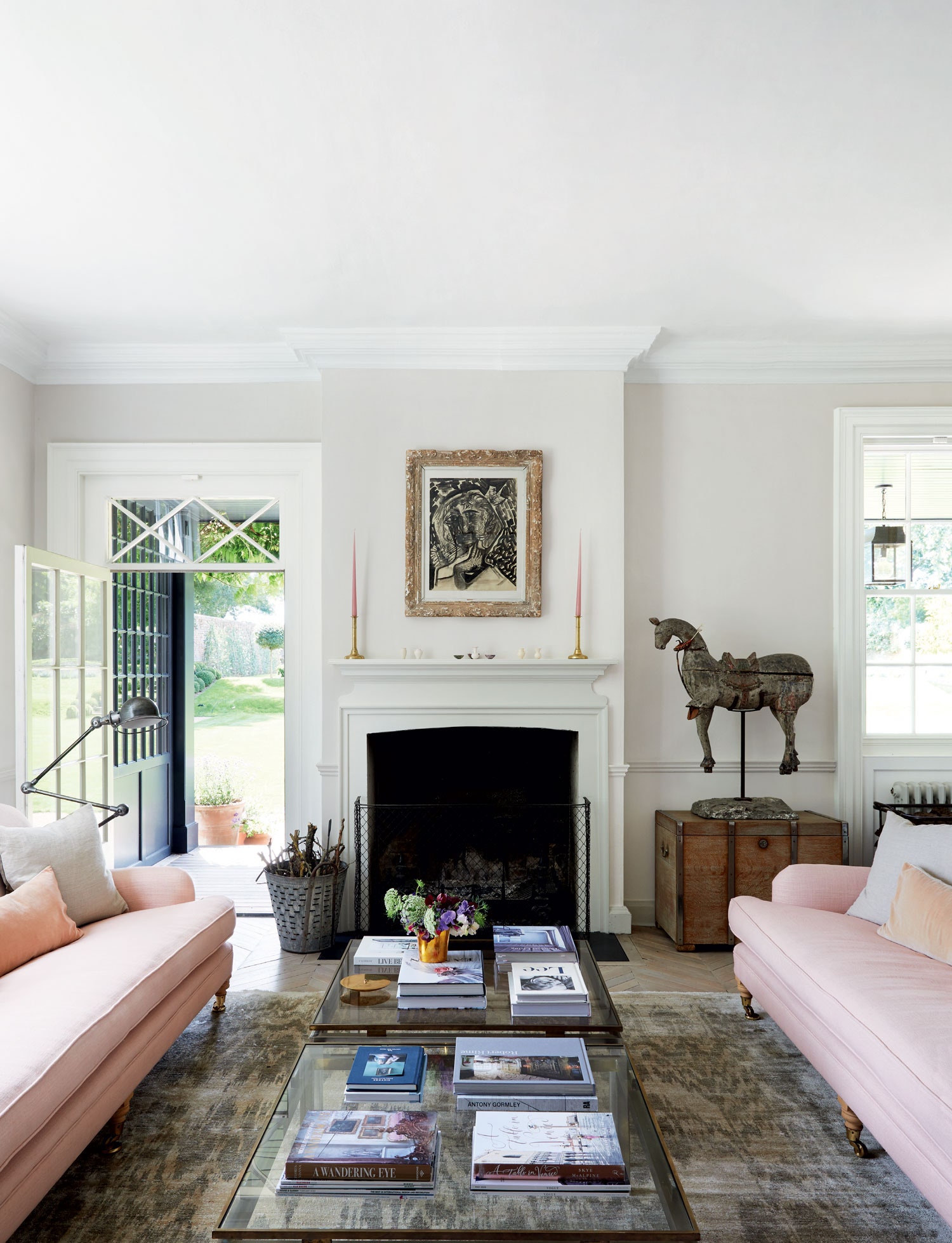
Quiet luxury has been an enduring trend in the design world and is gaining prominence again for a good reason.
In the midst of a global cost of living crisis, high-end design is embracing a mindful shift away from the loud and brash branding of the 2010s towards quieter and softer expressions of sophistication.
This subtle approach to luxury appeals to our senses and reflects a more conscious and refined lifestyle.
Harmonious Habitats
These spaces are carefully curated with perfectly judged neutral tones, expertly handled natural materials, and stunning bespoke pieces that coexist harmoniously.
Instead of clamouring for attention, they exude an understated elegance that invites us to appreciate their craftsmanship and encourages us to interact with them. Rather than shouting, “Look at me,” these magnificent examples of design craftsmanship seem to whisper, “Touch me.“
More Than a Look
Quiet luxury is not merely about a particular look or aesthetic; it is more of a feeling—a sense of luxury achieved through omission as much as inclusion.
Spaces embodying quiet luxury do not rely on fashionable furniture or trendy artwork. Instead, they feature timeless and classic pieces, whose layering and balancing with finishes made available by modern processes can lend them a contemporary feel.
Exquisite Materials
Creating this subtle luxury requires a keen eye and exceptional materials.
Rich wood, cool stone, delicate silks, and deep-pile wools are carefully chosen to invite us into a space and make us feel at ease when we are there.
These materials’ inherent beauty and texture contribute to the overall tranquillity and refinement atmosphere.
Key elements
While it can be recognized when seen, recreating quiet luxury is a fine balancing act which calls for a delicate touch.
Rather than being minimal, spaces are carefully considered and curated, with furniture often bespoke and designed for a long lifespan.
Instead of following a particular look or style, quiet luxury is built upon the highest quality, trend-defying materials.
Subtlety is paramount in curating an elegant finish, and the selected pieces for such a space must be made from superior materials, expertly crafted, and timelessly elegant.
Reclaimed wood and Quiet Luxury
One material that perfectly complements the concept of quiet luxury is reclaimed wood.
Reclaimed wood flooring and panelling are ideal for this understated elegance and serenity.
Deeply sustainable and antique products, such as reclaimed wood, align perfectly with the ethos of quiet luxury.
Wood panelling envelops a space and embraces its inhabitants, creating a warm and inviting atmosphere.
Moreover, wood can evoke calm by helping purify the air and satisfying our innate biophilic tendencies.
An expert touch
The refined finishes that can be achieved through the expertise of wood restoration specialists further enhance the allure of quiet luxury.
These experts can match any existing colour palette, refining the look of the curated space without appearing contrived.
The result is a seamless integration of reclaimed wood into the overall aesthetic, adding depth and character to the environment.
In conclusion, quiet luxury represents a shift towards a more mindful and refined approach to high-end design.
By embracing subtle elegance, harmonious materials, and timeless craftsmanship, quiet luxury creates spaces that exude sophistication without being ostentatious.
Reclaimed wood, with its sustainable nature and decadent aesthetic, is an excellent choice for incorporating into these spaces, further enhancing the overall sense of tranquillity and understated luxury.
As the world seeks solace and respite in these tumultuous times, quiet luxury remains something to whisper about, offering a sanctuary of beauty and serenity amidst the chaos.
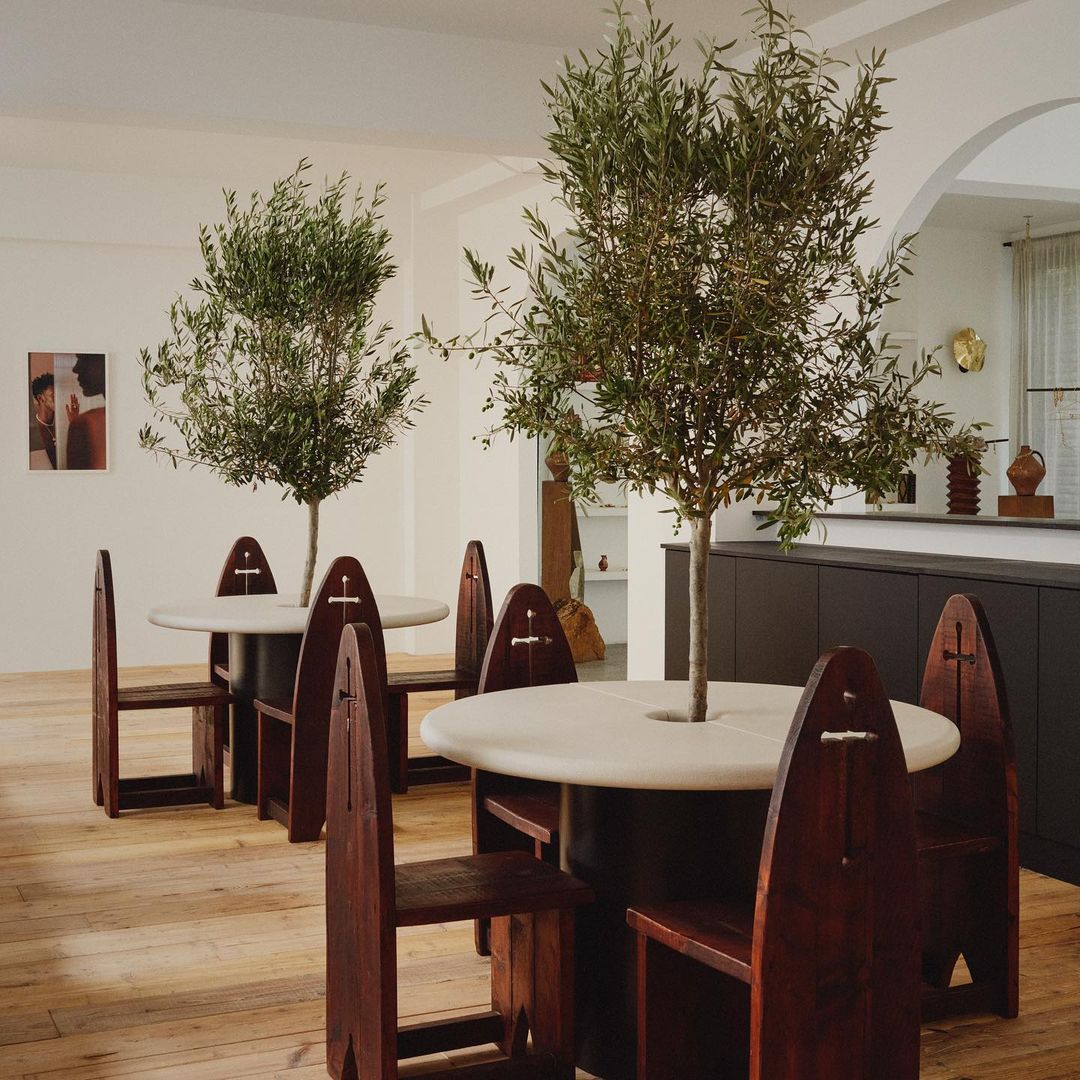
In our fast-paced modern world, where sustainability and eco-consciousness are gaining remarkable prominence, the utilisation of reclaimed wood has emerged as a resoundingly popular choice for interior design and construction endeavours.
With its unparalleled character and environmental advantages, reclaimed wood presents a captivating alternative to conventional timber.
However, as with any material, it is vital to carefully consider both the benefits and potential drawbacks before incorporating reclaimed wood into your living or working space.
Let us embark on a mesmerising exploration of reclaimed wood’s captivating allure while shedding light on some of its inherent limitations.
An Enchanting Tale of History and Character
One of the most enthralling aspects of reclaimed wood lies in its rich and storied past. Each piece carries a unique narrative, having been salvaged from antiquated structures such as old homes, barns, or warehouses.
This history has an undeniable romanticism, evident in the wood’s natural patina, weathered texture, and distinct markings. These marks, borne from years of existence, tell a tale that fresh timber cannot replicate.
The character and charm exuded by reclaimed wood breathe warmth and authenticity into spaces, inviting us into their embrace.
Sustainability and Environmental Advantages
Reclaimed wood is a testament to our commitment to the environment, as it represents an eco-friendly choice that helps reduce the demand for newly harvested timber.
By repurposing wood from aged structures, we decrease the need for deforestation, preserving precious natural resources and mitigating our carbon footprint.
Additionally, employing reclaimed wood reduces waste and champions the principles of reuse and recycling, harmonising harmoniously with the circular economy’s vital tenets.
Strength and Endurance
Another remarkable advantage of reclaimed wood lies in its inherent durability. It is often sourced from old-growth trees and possesses a denser heartwood than the younger trees commonly used in modern construction. As a result, structures utilising reclaimed wood exhibit greater resilience and sturdiness when compared to those constructed with freshly harvested timber.
This inherent strength renders reclaimed wood suitable for a myriad of applications in our homes and workspaces, be it flooring, furniture, or structural elements. Its ability to withstand the test of time is a testament to its unmatched quality and longevity.
An Aesthetic Splendor Beyond Compare
Reclaimed wood showcases an aesthetic appeal that is utterly distinct and unparalleled. Its natural imperfections, such as knots, nail holes, and saw marks, create a visually captivating tapestry that adds character and depth to any given space.
Whether one desires a rustic, industrial, or vintage ambience, reclaimed wood provides a versatile canvas to bring forth one’s unique design vision.
With the expertise of skilled artisans, carefully selected reclaimed wood breathes life into individual projects, ensuring an outcome that resonates harmoniously with one’s artistic vision.
Potential Drawbacks to Consider
While reclaimed wood possesses numerous benefits, it is also essential to acknowledge and consider some potential drawbacks.
One significant aspect is the inherent variability in quality and condition. As reclaimed wood is salvaged from diverse sources, its rate can significantly vary. Additional preparation may be required, such as cleaning, drying, and refinishing. However, these challenges can be transformed into opportunities in the hands of skilled craftsmen well-versed in traditional restoration methods. They can restore reclaimed wood to its former glory, breathing new life into it and allowing for its reuse time and again.
Health and Indoor Air Quality
One of the most remarkable benefits of reclaimed wood is its ability to enhance our well-being. Natural ageing eliminates volatile organic compounds (VOCs) commonly found in freshly milled timber. This, in turn, contributes to improved indoor air quality, rendering reclaimed wood a healthier choice for residential and commercial spaces alike.
The Worth of Investment
While the cost of reclaimed wood can vary, dependent upon factors such as rarity, quality, and sourcing, it often carries a higher price tag than new lumber.
The meticulous sourcing, salvaging, and preparation of reclaimed wood contributes to its increased cost.
Nevertheless, when one considers the long-term benefits and the unique aesthetic value it bestows upon a space, many perceive the investment in reclaimed wood as profoundly worthwhile.
Maintenance and Care
Reclaimed wood necessitates proper maintenance and cares to safeguard its innate beauty and integrity.
Regular cleaning, sealing, and occasional refinishing may be required to protect the wood from moisture, pests, and wear.
Due to its age and exposure to various environments, reclaimed wood may be more susceptible to warping, splitting, or other structural concerns.
However, being aware of and adhering to proper maintenance practices while seeking professional guidance when needed ensures the enduring longevity of your meticulously crafted designs.
Sourcing Challenges and Limited Availability
Discovering a reliable source of high-quality reclaimed wood can pose particular challenges. The availability of reclaimed wood, especially for specific species or large quantities required for extensive projects, can be limited. This scarcity may result in longer lead times and increased costs. However, with dedicated research and the assistance of reputable suppliers or specialists in reclaimed wood, it is possible to procure the perfect pieces that align seamlessly with the requirements of your unique project.
In Summary
Reclaimed wood is a testament to the beauty inherent in sustainable and conscious design. Its rich history, unique character, and environmental benefits make it an attractive choice for those seeking authenticity and charm within their spaces. Despite the potential challenges surrounding quality and availability, the allure of reclaimed wood remains undeniably strong.”
Sources

Step into the ever-evolving design world, where the allure of raw beauty found in natural materials and the extraordinary reclamation concept has captivated the imagination.
This harmonious fusion of authenticity, sustainability, and innovation has taken centre stage at the prestigious London Clerkenwell Design Week 2023.
Reviving the Raw:
The revival of natural materials in their unadulterated state has enraptured designers, revealing a captivating charm in the raw and untamed allure of reclaimed materials, weathered metals, and exposed brickwork.
This movement celebrates a space’s genuine essence, allowing these materials’ inherent beauty to shine.
Sustainable Sensibilities:
In an era where sustainability takes precedence, the art of reclamation has emerged as a driving force in design.
Designers now embrace the philosophy of whole-life thinking, treating materials respectfully and allowing them to be endlessly reused.
Clerkenwell Design Week 2023 showcased innovative ways to harness natural materials, enhancing a space’s functionality and its occupants’ well-being.
Organic Forms and Natural Materials:
Designers at Clerkenwell were increasingly drawn to the inherent beauty of organic forms and natural materials.
They seamlessly incorporated raw, untreated elements such as live-edge wood, stone, and woven fibres, infusing spaces with authenticity and a profound connection to the natural world.
Reclaimed wood stands as the embodiment of this trend, blending harmoniously with other natural elements.
Artistic Imperfections:
London Clerkenwell Design Week 2023 celebrated imperfections and artisanal craftsmanship.
Materials like cork, linen, wool, cotton, stone, and wood breathed new life into spaces, improving air quality and encapsulating the essence of wellness in biophilic design.
Biophilic Design and Human Well-being:
The incorporation of biophilic qualities was a central theme at Clerkenwell.
Biophilic design, rooted in our innate connection to nature, brings elements of the natural world into our built environments.
Extensive research shows that exposure to nature and natural materials positively impacts human well-being.
By integrating reclaimed natural materials and organic forms, designers crafted environments that reduce stress, enhance cognitive function, and promote overall happiness and productivity.
A Sanctuary of Raw Beauty:
Embracing biophilic elements, designers fashioned spaces that evoke tranquillity and foster a deep connection to nature.
The five prominent trends observed—Natural Beauty, Sustainable Sensibilities, Organic Forms and Natural Materials, Artistic Imperfections, and the incorporation of biophilic qualities—unveiled the remarkable power of design in transforming spaces into authentic, sustainable, and emotionally resonant environments.

In a world driven by consumerism and rapid technological advancements, the role of design in shaping our environment for the better has become increasingly crucial.
Throughout history, the linear nature of design has generated a concerning amount of waste. However, a wave of projects is now seeking more sustainable ways of creating materials, transforming previously non-recyclable products unimaginably.
This article explores the belief that the future of design is deeply rooted in circular economic principles, paving a more sustainable path forward where waste becomes just the beginning.
The Age of Disposable Design
The rise of disposable design, characterized by products and materials designed for short lifespans, has been witnessed in recent years.
From fast fashion to single-use plastics, the market is flooded with items intended for quick discard, contributing to a mounting waste crisis.
Throughout the 1990s and 2000s, the deliberate practice of planned obsolescence further exacerbated the issue, fostering a throwaway culture that perpetuated waste.
The Environmental Toll
The consequences of this wasteful design paradigm have been far-reaching.
Landfills overflow with discarded products, non-biodegradable materials release harmful substances into soil and waterways, and the production and disposal of goods contribute to climate change.
As the demand for new products continued to grow, the environmental toll of this approach became increasingly unsustainable. However, forward-thinking designers began to explore new strategies to address the issue.
The Foundations of Sustainable Design
There has been a growing recognition within the design community, and beyond that, change is necessary.
Companies at the forefront of sustainable design principles have been working to minimize waste, prioritize longevity, and promote the circular economy.
Through the use of eco-friendly materials and a focus on repairability, reclamation, and reuse, designers have created products that reduce the environmental impact of design and prioritize reusability.
Circular Economy Innovators
Some designers have gone beyond traditional approaches, pushing the boundaries of creativity and sustainability.
These innovators are not satisfied with finding new uses for existing materials; they transform used and discarded products into brand-new materials.
The concept of the circular economy, long recognized as promising for combating waste in design, is propelled forward by these visionaries. Through their ingenuity, entirely new materials are emerging from what was once considered waste, extending the usefulness of products far beyond their initial lifecycle.
Technology Makes Sustainability Easier Than Ever
As the flaws of the traditional linear design model become increasingly apparent, the circular economy is responding with innovative and exciting solutions that prioritize sustainability and well-being.
Emerging technologies are playing a pivotal role, enabling the discovery of new ways to extract maximum value from resources while minimizing waste.
Beyond the traditional strategies of recycling, remanufacturing, and sharing platforms, waste is minimized, and materials are continually repurposed, ushering in a new era of sustainable design.
Consumers Want Sustainable Design
In the landscape of conscious consumption, consumers have shown a preference for quality over quantity, shining a light on the detrimental aspects of fast fashion and mass manufacturing.
A shift towards emotional connections with products, a desire for natural materials, and a rejection of disposable culture are becoming increasingly evident.
The need to preserve our planet has been ingrained in the public consciousness for decades. As time and technology progress, we are witnessing the emergence of technologies that allow new materials to be created from the old with minimal environmental impact.
Companies leading this revolution empower consumers to make ecologically sound choices without compromising design and functionality.
Conclusion
As we look ahead to the future of design, we must confront the issue of waste head-on.
By recognising the environmental toll of disposable design, embracing sustainable principles, and transitioning to a circular economy, we can pave the way for a more sustainable and responsible approach.
By embracing new technologies and watching these incredible innovators, we can ensure that the future of beautiful design minimises waste, conserves resources, and prioritises the well-being of our planet.
It is in our hands to shape a future where cutting-edge design and sustainability go hand in hand.
Sources
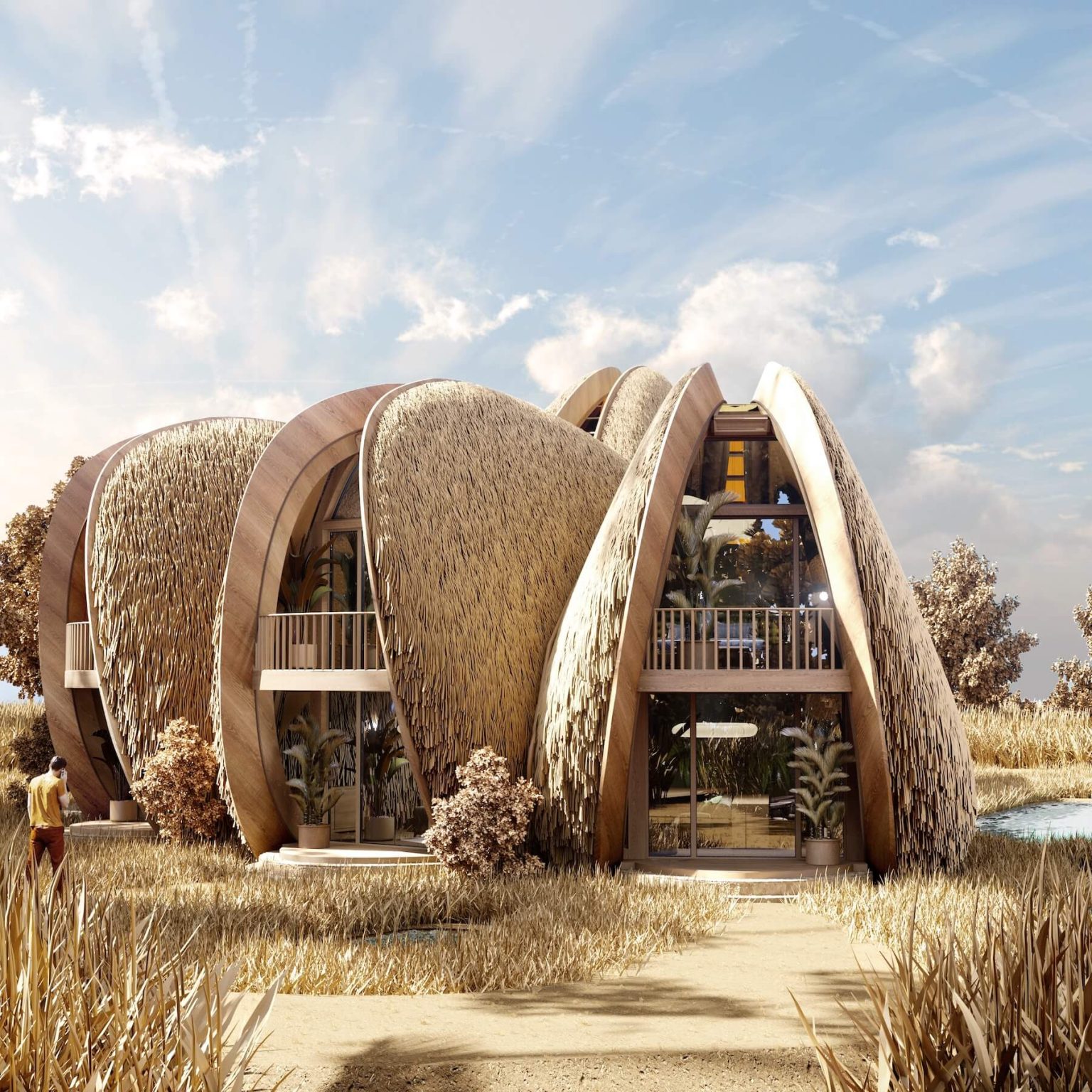
A thrilling transformation is taking place in the realm of architecture as a profound shift towards biophilic design sweeps across the industry. Yet, amidst this movement, some visionary companies are venturing even further, breathing life into the very essence of architecture itself.
One such trailblazer is The Living, a passionate advocate for both nature and modern architecture.
This visionary collective has embarked on an inspiring journey, bridging the realms of research and practice to forge innovative paths towards integrating the two.
Their recent masterpiece, “The Pavilion,” emerged from collaborating with biologists and academics. This remarkable work delved into the fascinating realm of harnessing the microbial wonders that envelop us, envisioning a future where multi-species architecture becomes a captivating reality.
Ever in pursuit of the harmonious convergence of nature and architecture, The Living aspires to create symbiotic environments where humans can coexist with nature while promoting health and well-being. As a testament to this vision, they are exploring ways to incorporate microbial properties into our living and working spaces, revolutionizing the biophilic qualities of our built environments by embracing the principles of symbiotic architecture.
Intriguingly, scientists and designers are now exploring how microbial properties can be integrated into our structures alongside the revered benefits of natural materials. Organic elements, including wood, can host these microscopic lifeforms. The Living, based in New York, pioneers incorporating microbial properties into our habitats, augmenting our built environments’ health-giving, biophilic attributes through the marvels of symbiotic architecture.
To create genuinely symbiotic havens, the species we bring together must mutually benefit each other. This presents a challenge, for while certain microbes offer health advantages to humans, others can pose risks. Thus, careful research is underway to determine how to utilize microbes without causing harm. Simultaneously, the well-being of these symbiotic organisms must also be considered, ensuring they thrive within their designated environments.
Reclaimed wood emerges as a prime candidate among several materials that successfully host beneficial microbes, facilitating the creation of these harmonious spaces.
To provide equal benefits to microbes and human inhabitants, the microbial materials must be nurtured within a living environment that fosters flourishing. Reclaimed wood, luffa, and mycelium stand as ideal candidates currently being explored.
Why now, you may ask? As our world grapples with pressing environmental challenges, the architectural community has advanced beyond merely adopting sustainable practices to reduce ecological footprints. Instead, it seeks to infuse architecture with vitality.
The advantages of employing natural materials in architecture are widely celebrated. It is a source of great excitement that these benefits can be exponentially amplified by incorporating other natural and living elements into shared spaces, including the newfound marvels of microbiotic lifeforms.
With forward-thinking visionaries, the sky appears limitless regarding the transformative potential of biophilic design and the profound benefits it can bestow upon us and our precious planet.
In conclusion, symbiotic architecture, with its unwavering focus on seamlessly integrating natural elements into the built environment, offers an enticing solution to our sustainability challenges.
By embracing reclaimed wood, architects can create harmonious spaces that blend history, environmental consciousness, and aesthetic appeal.

